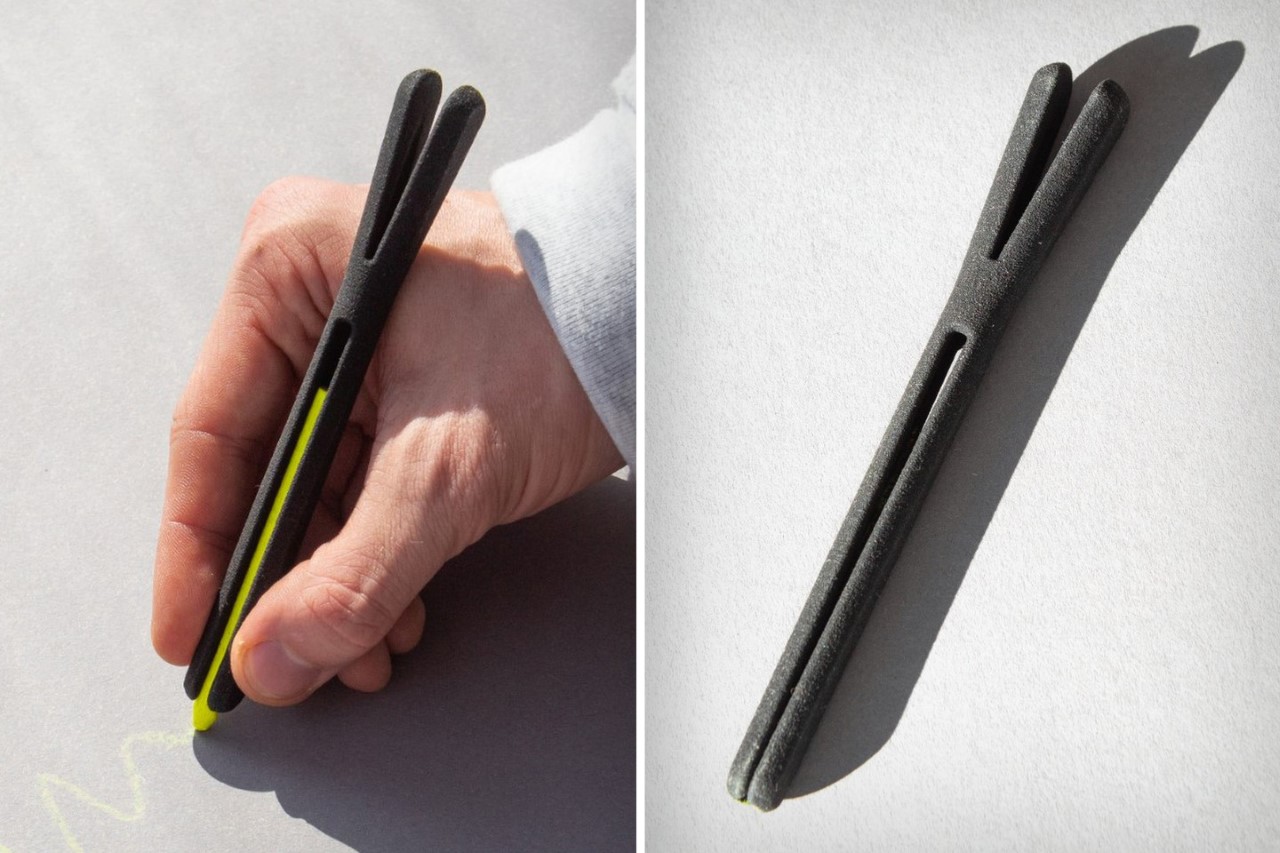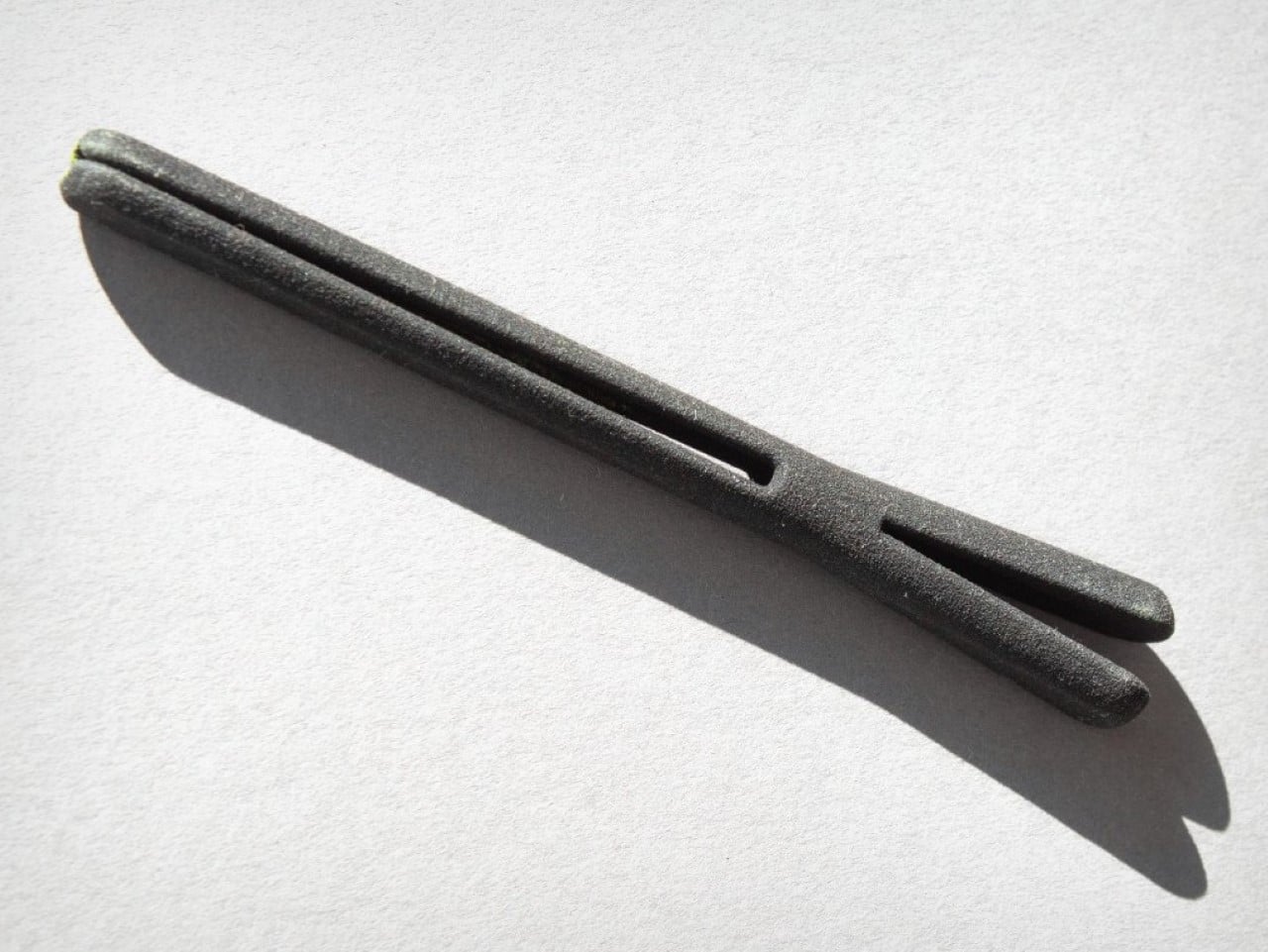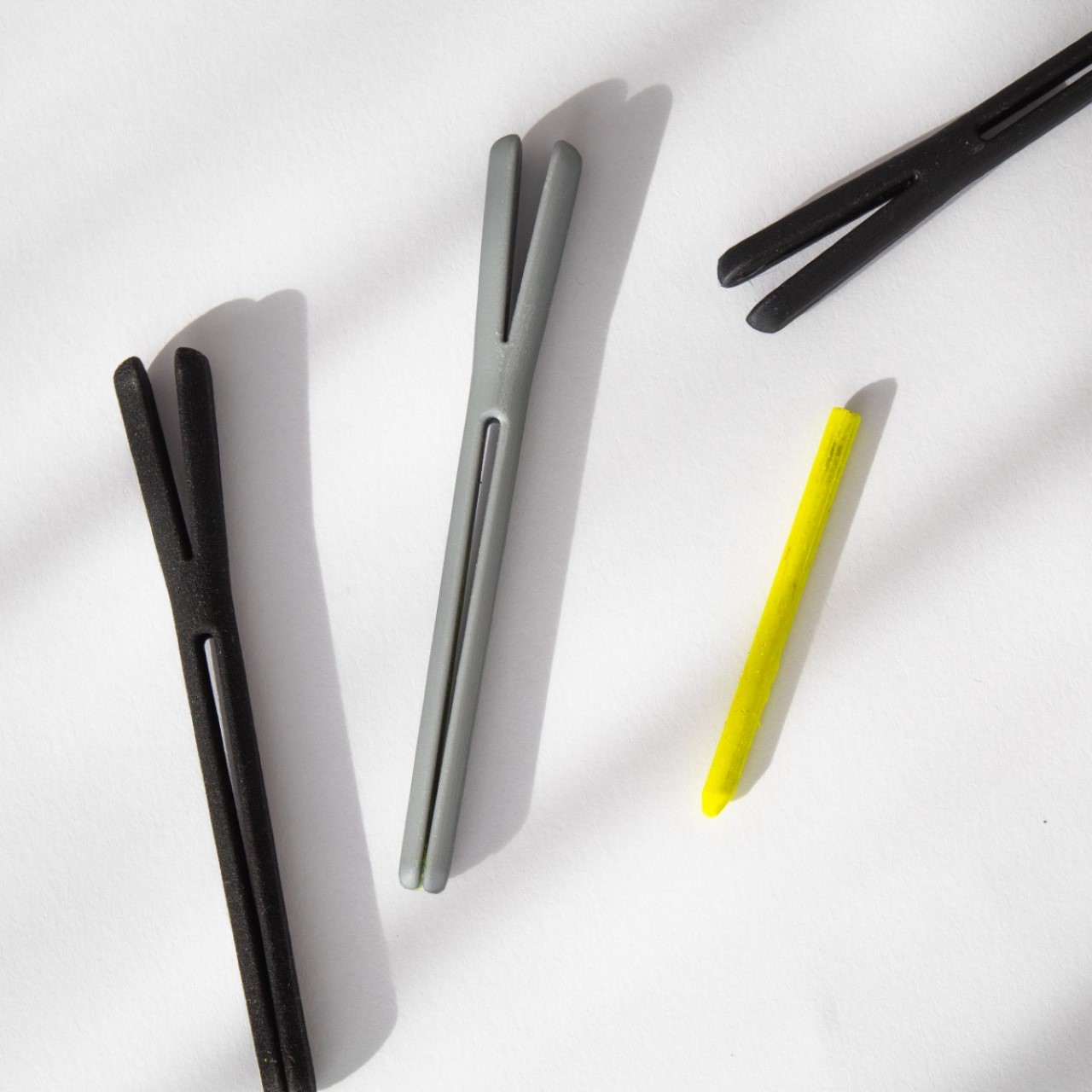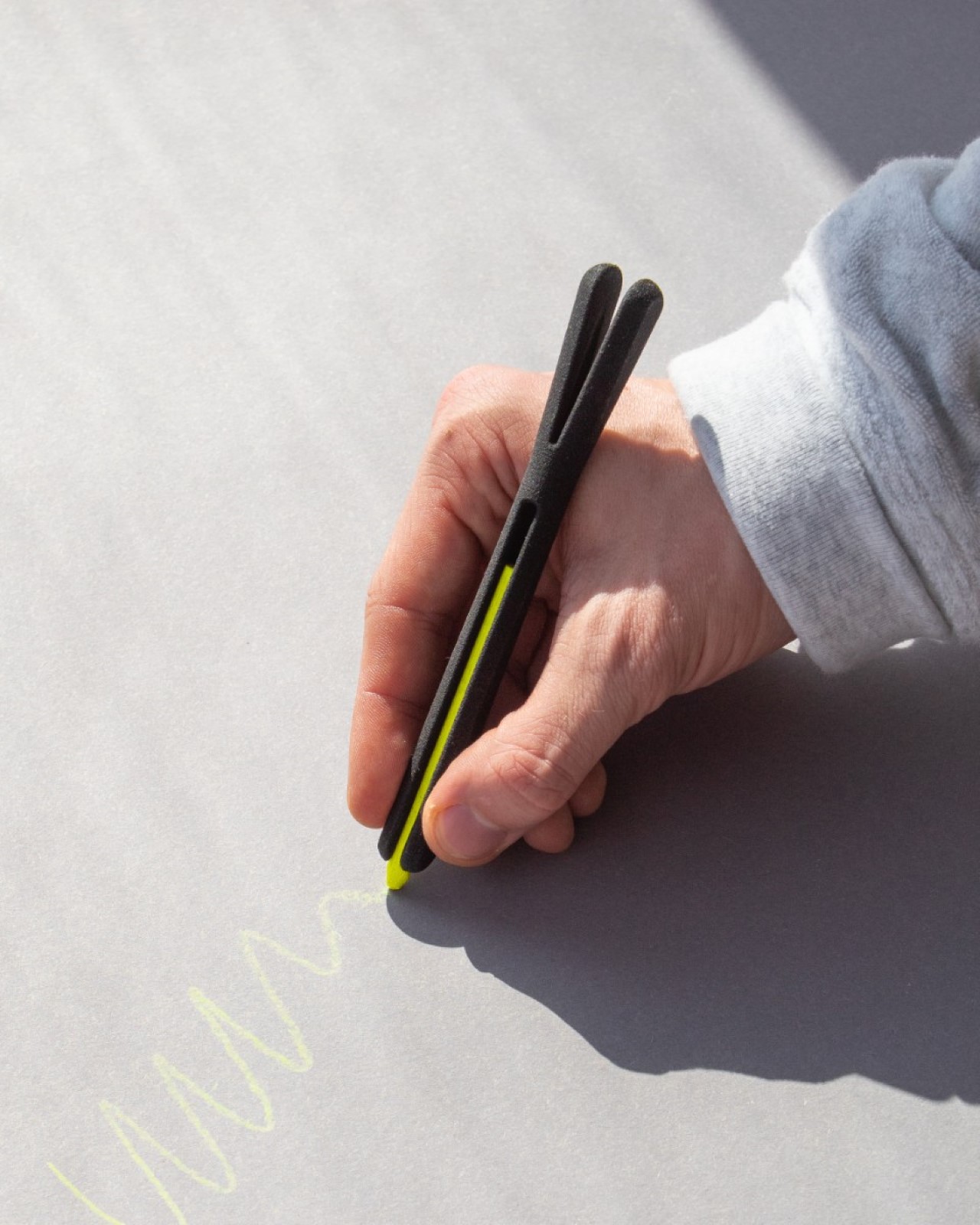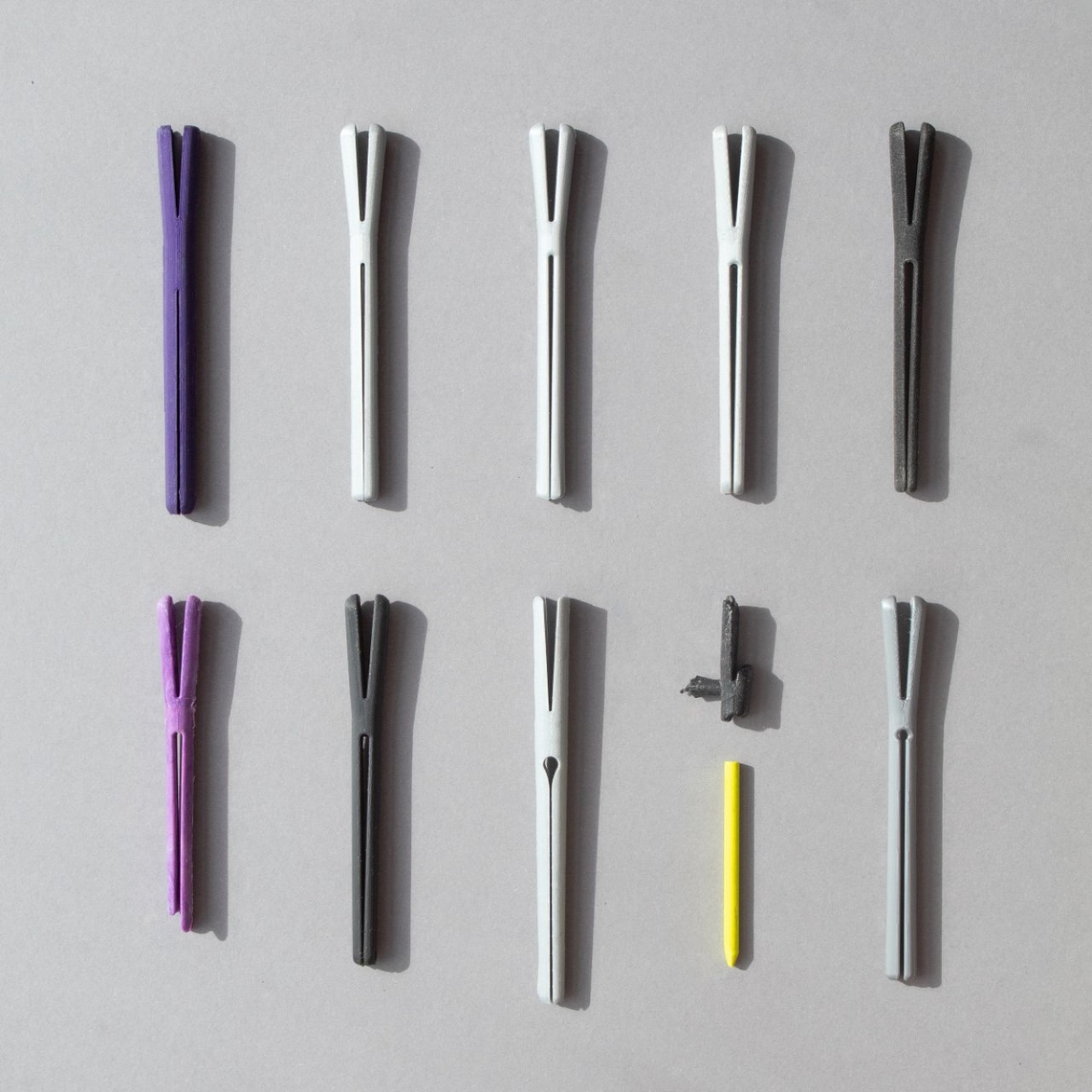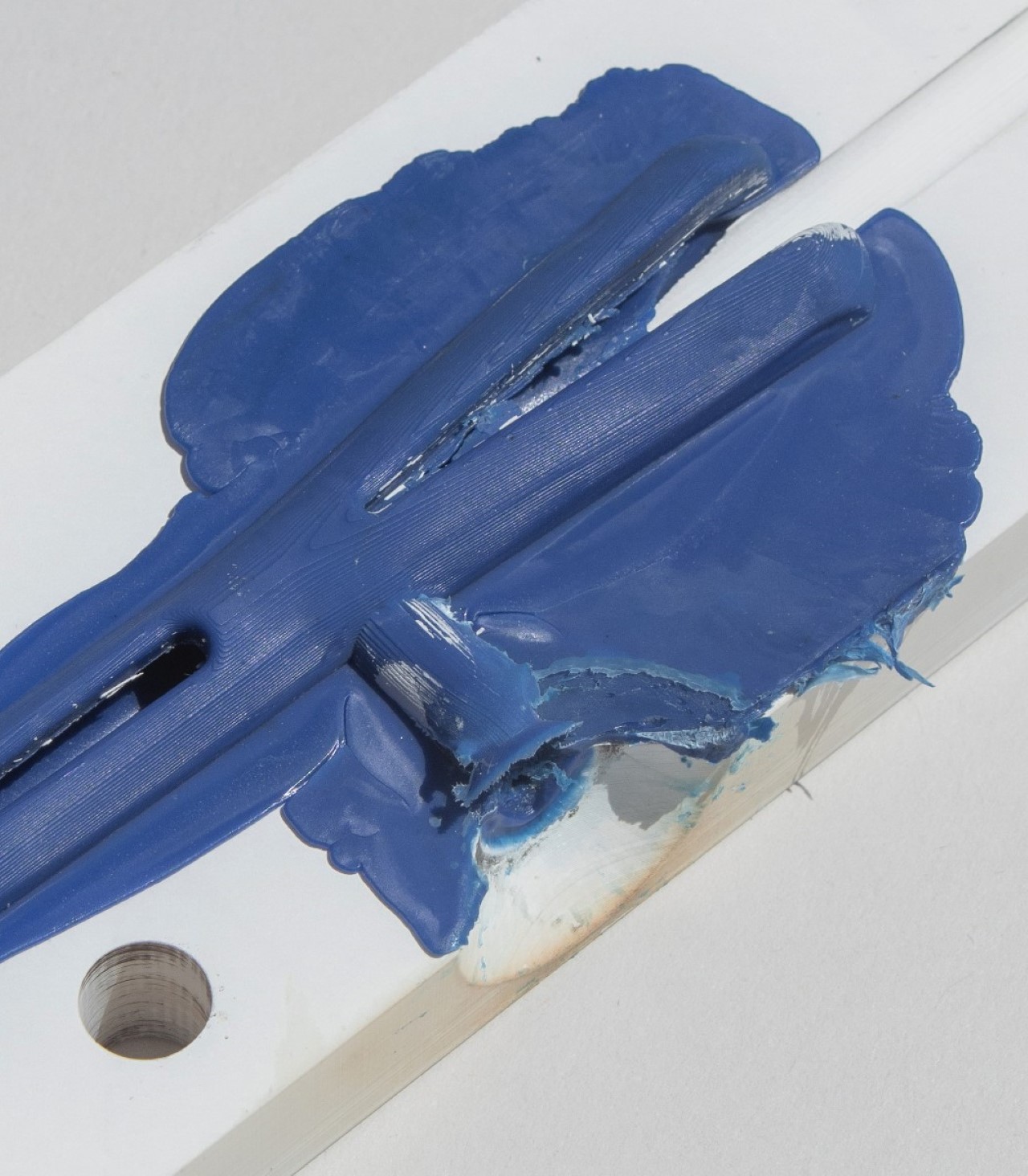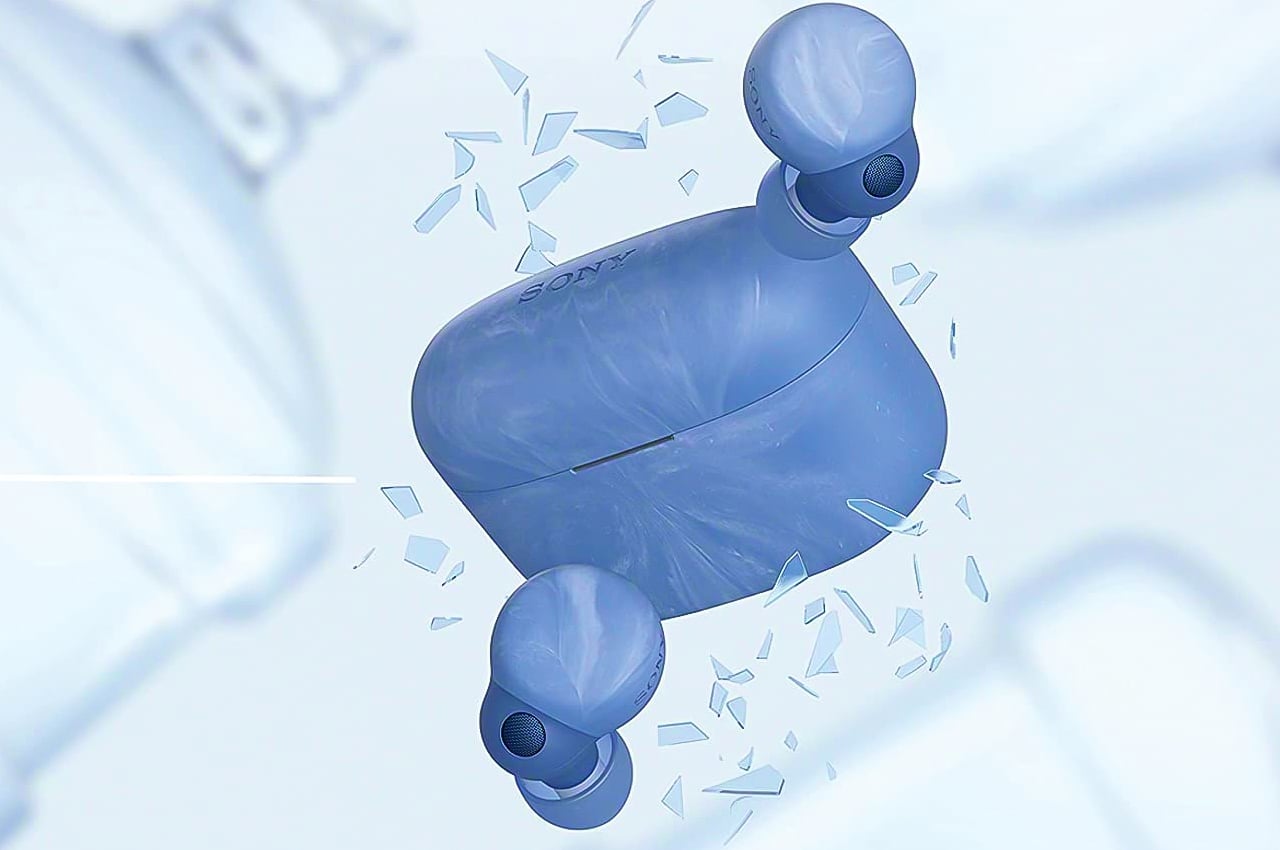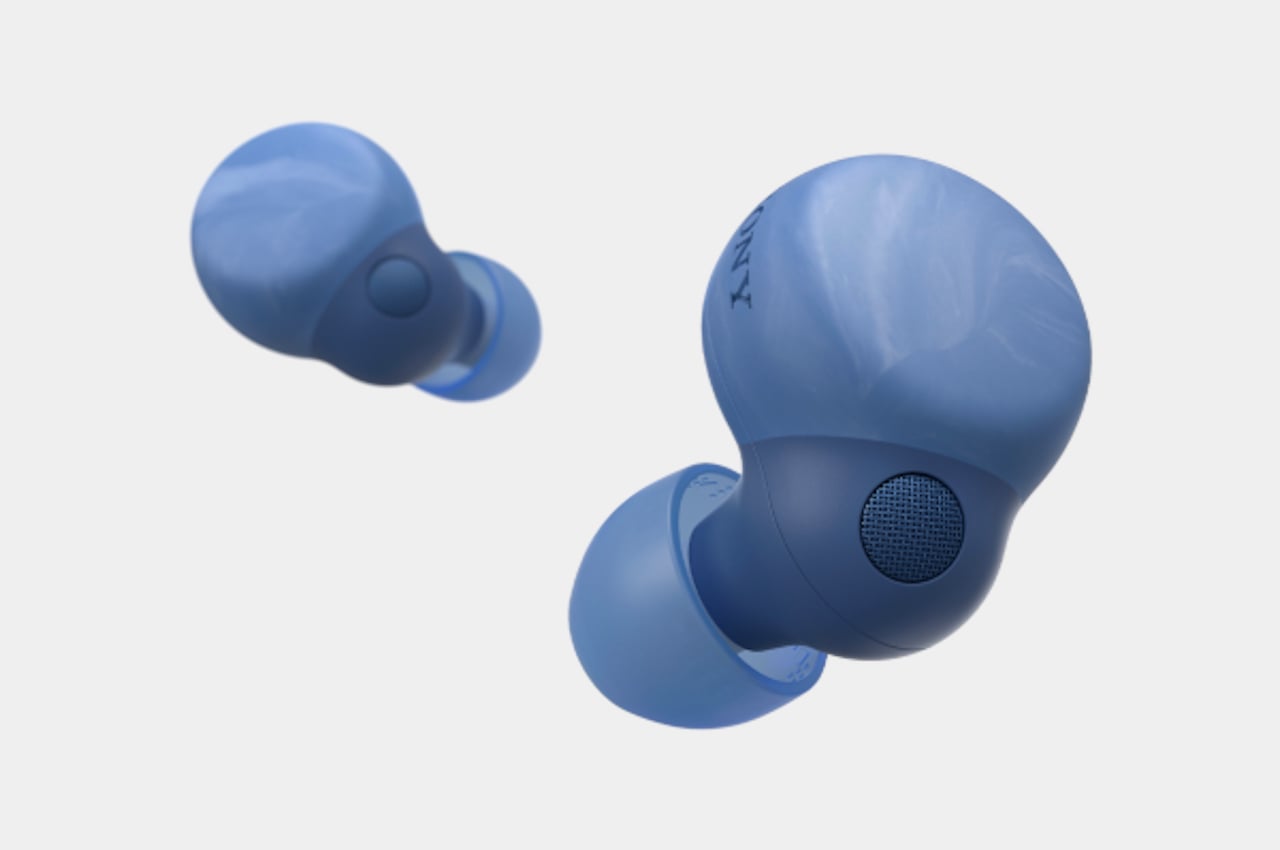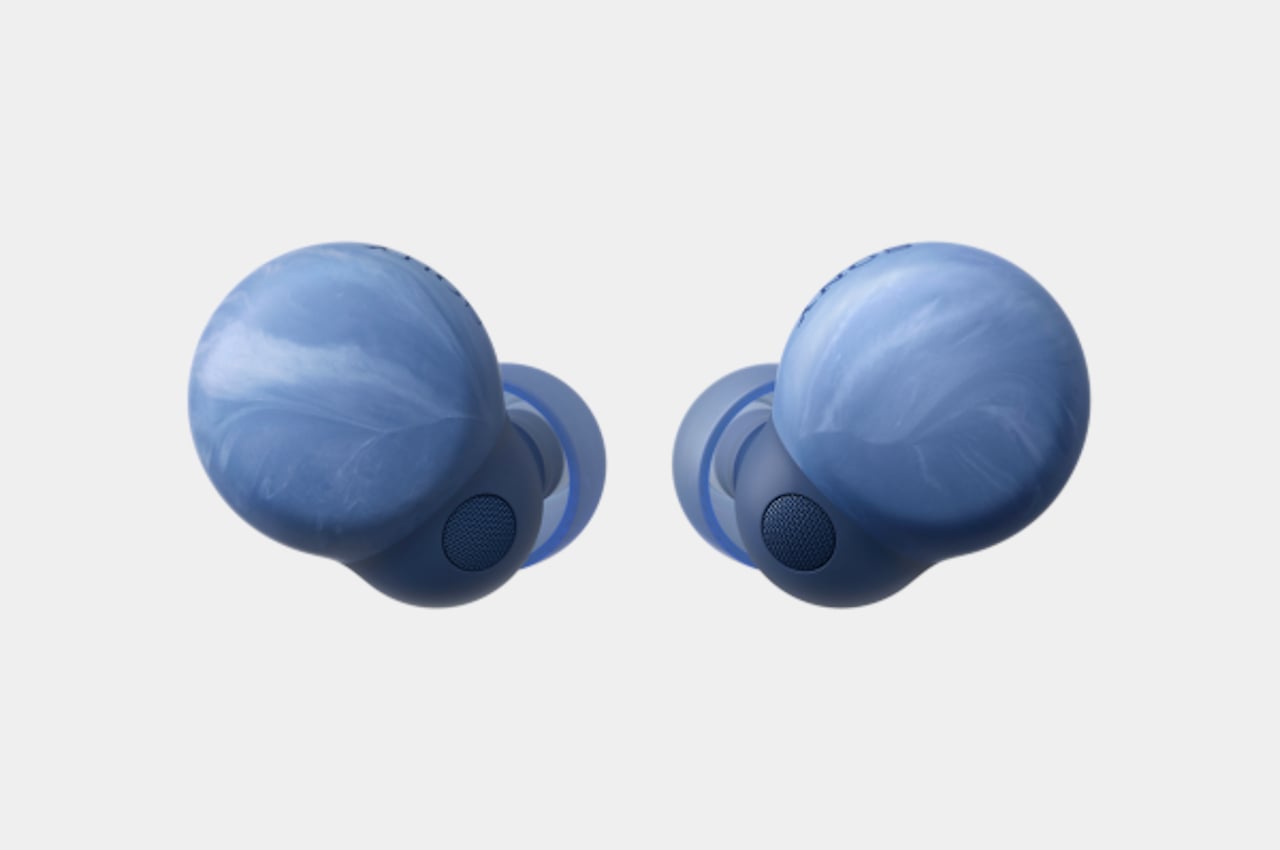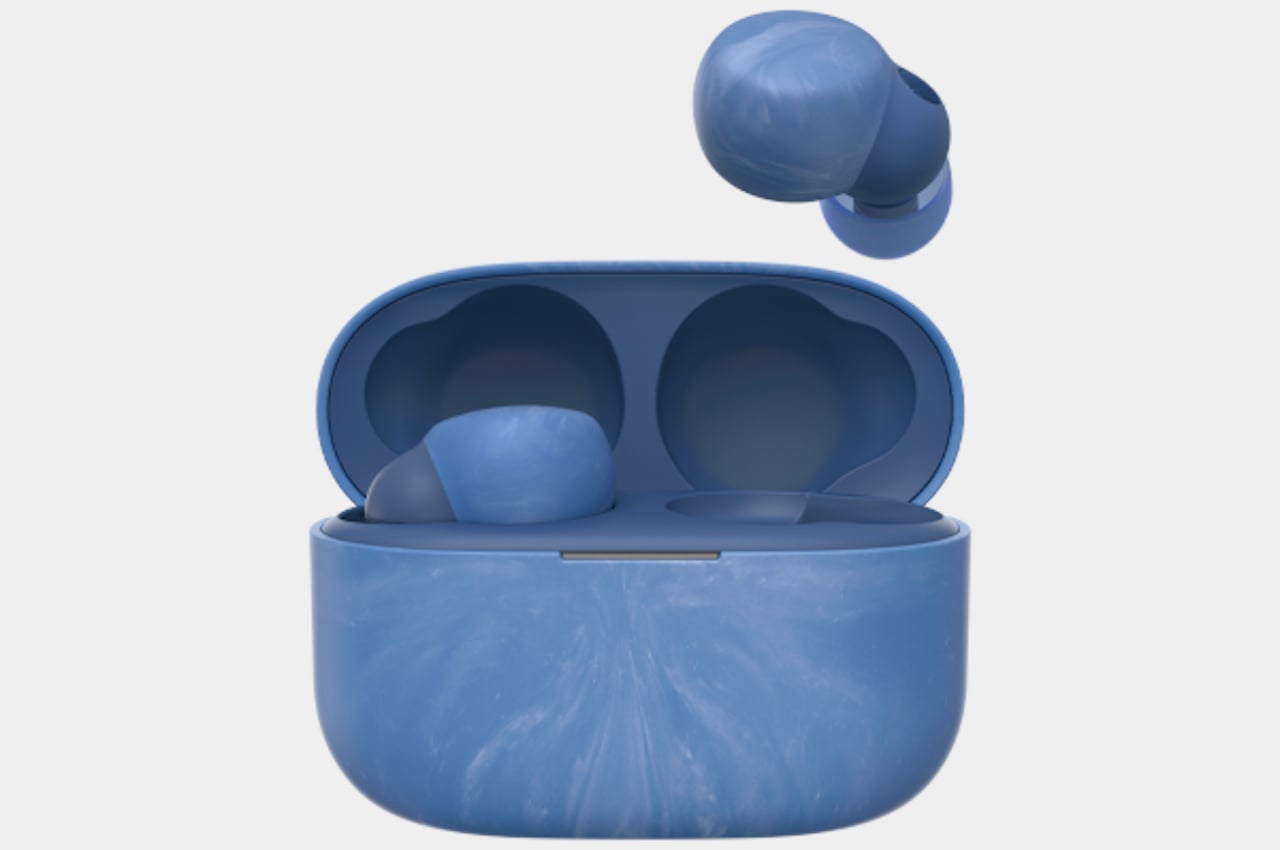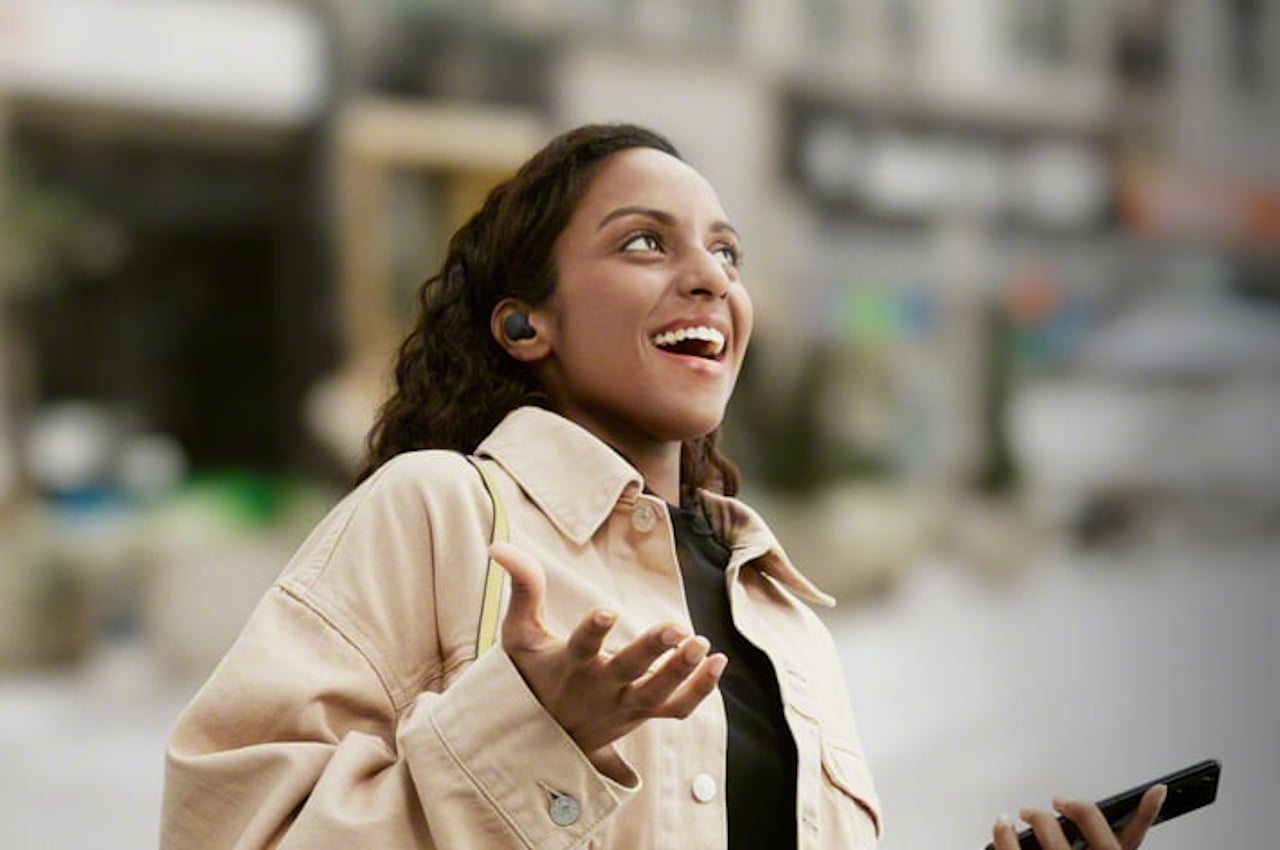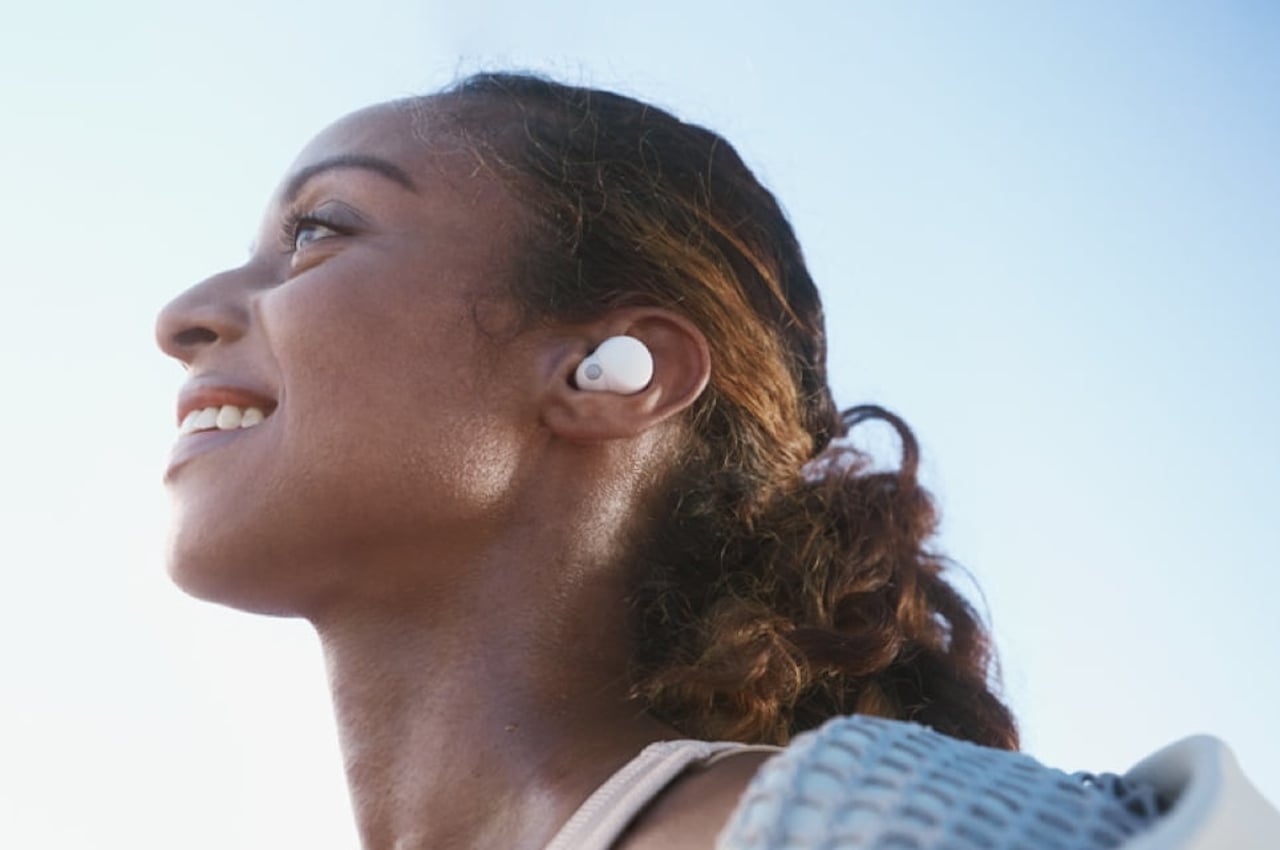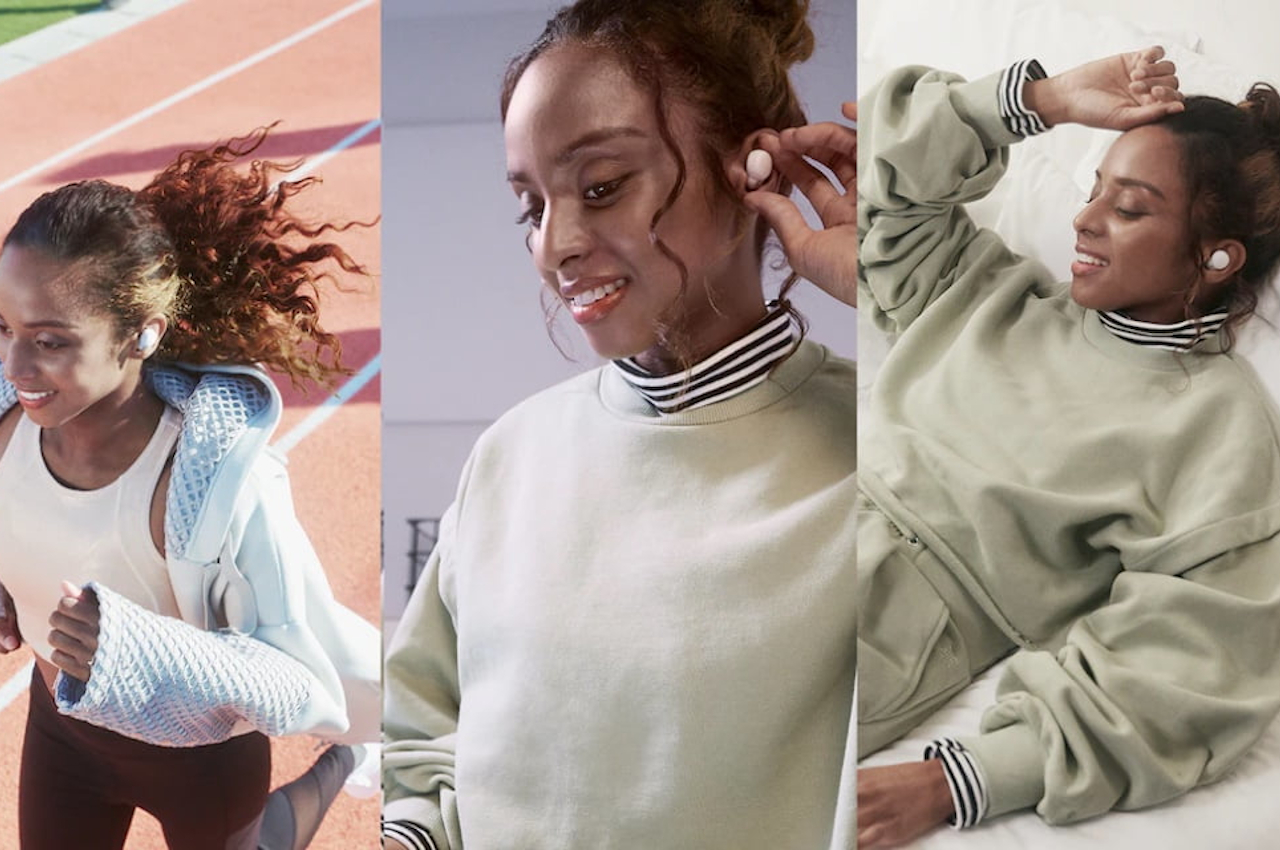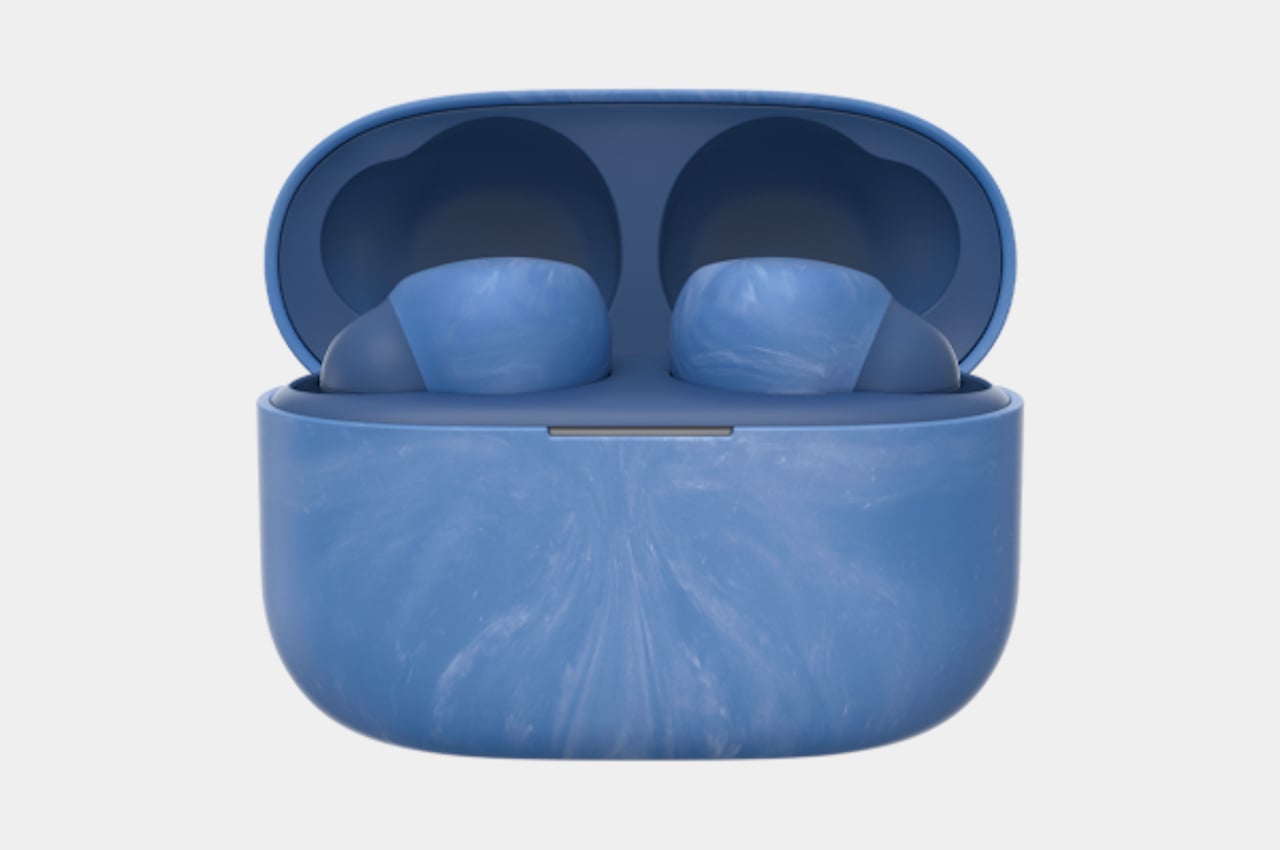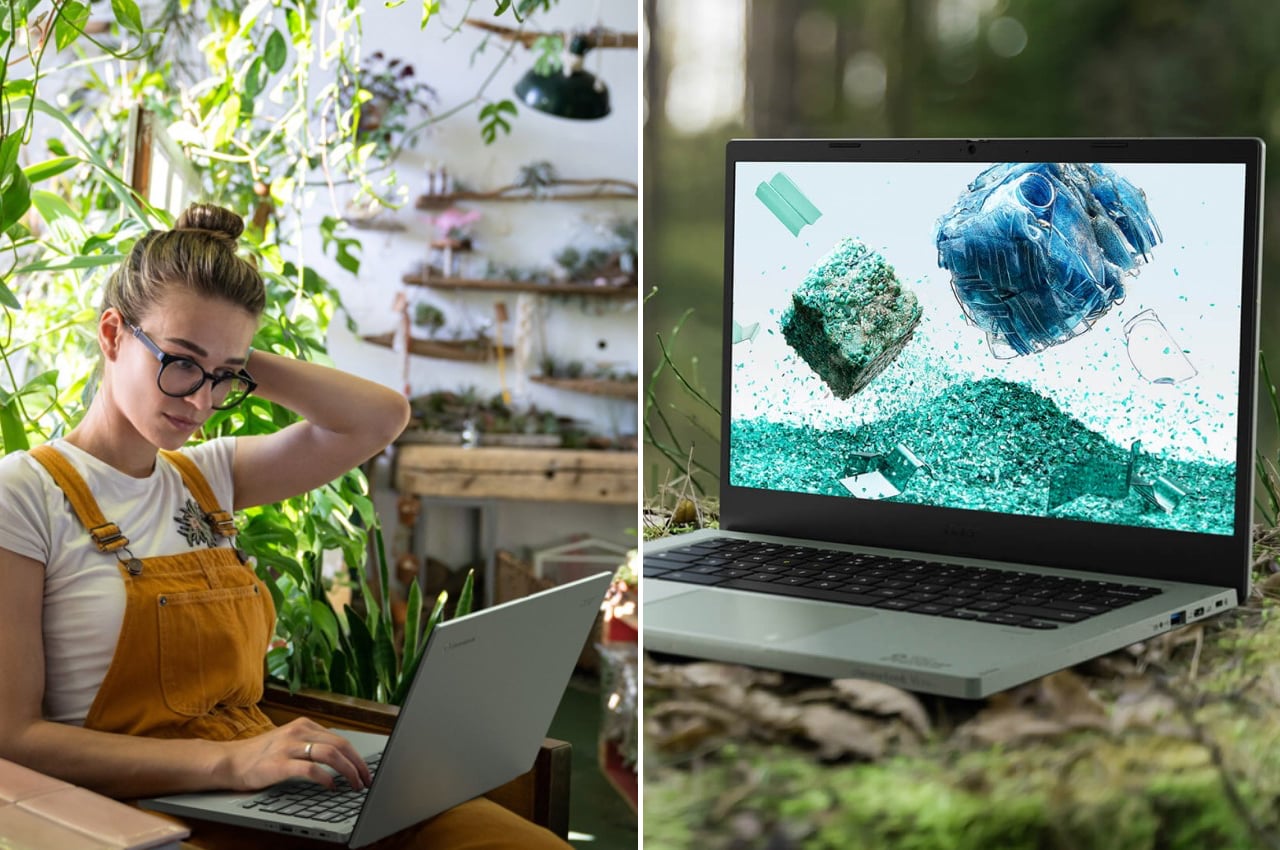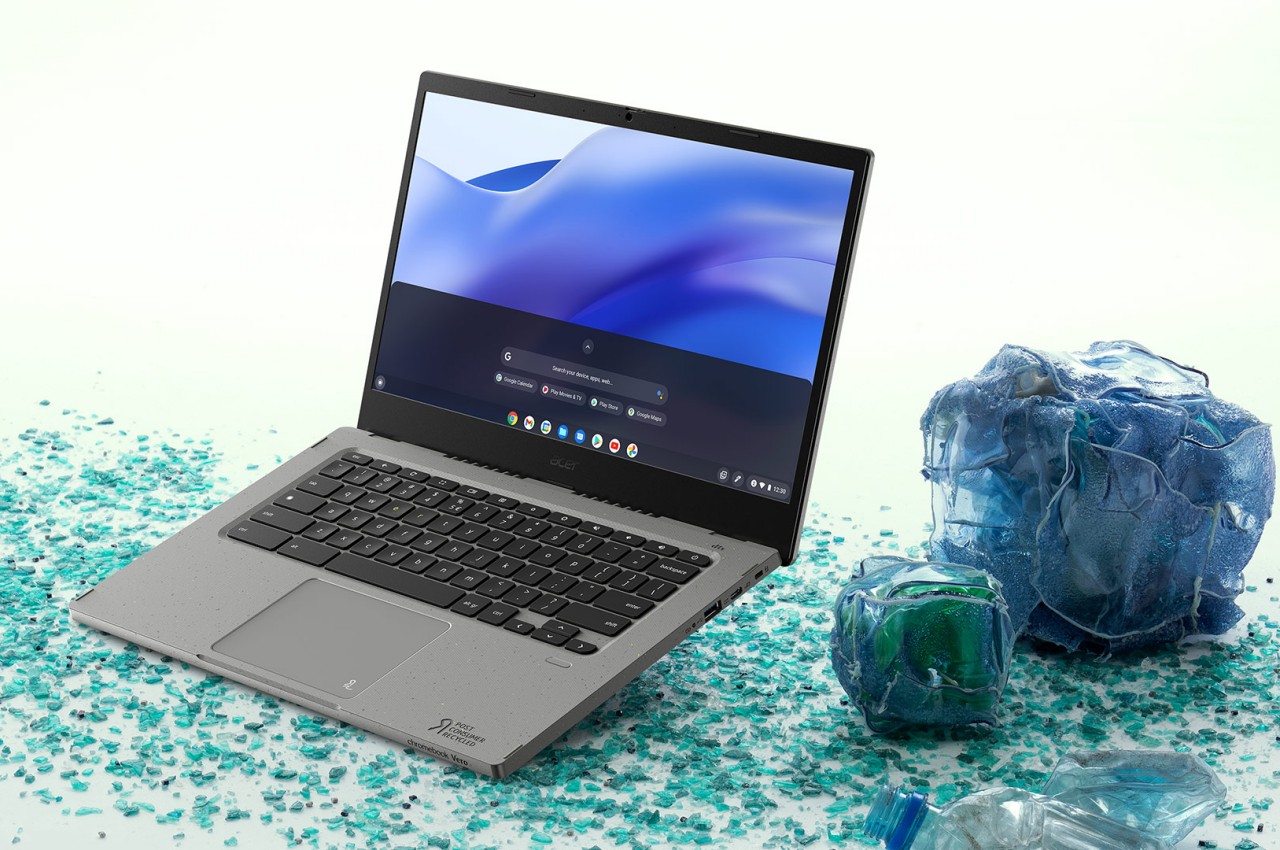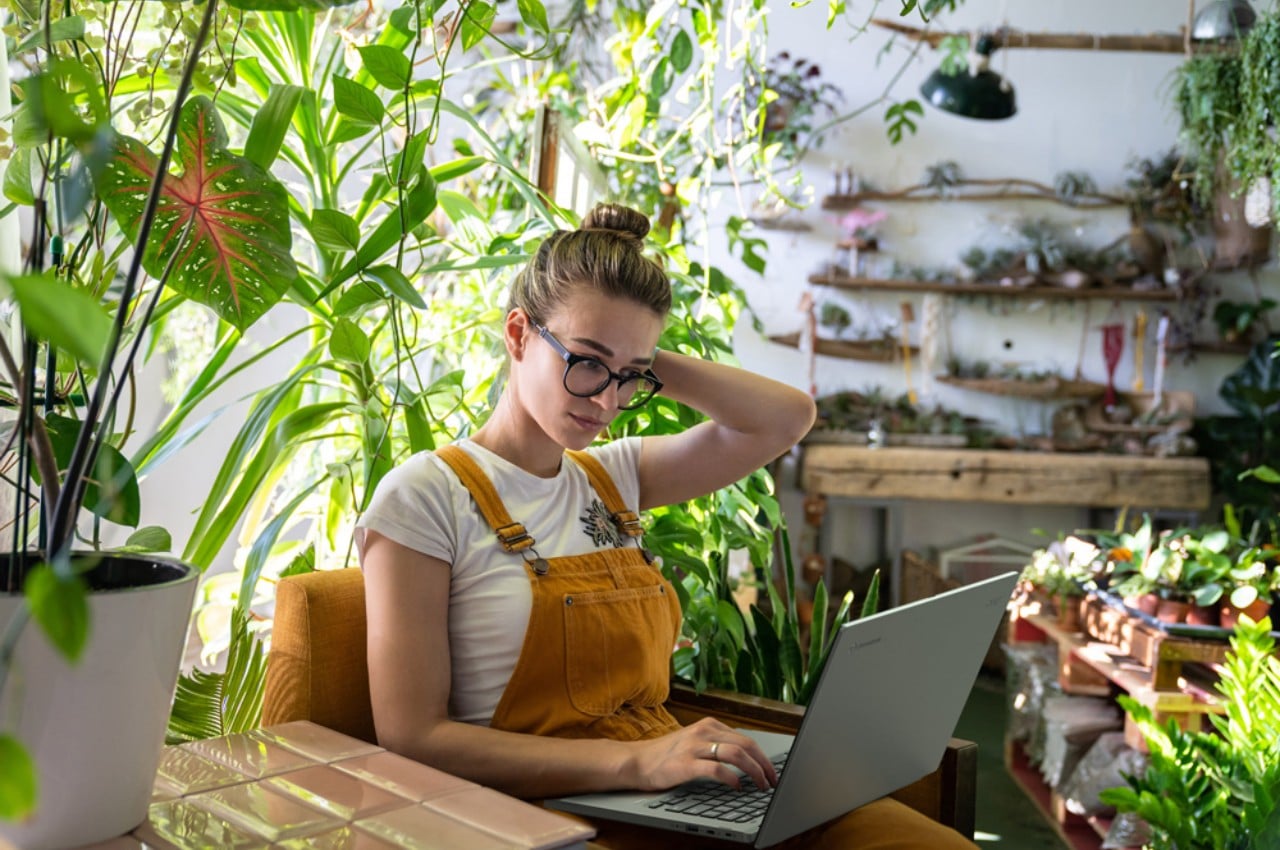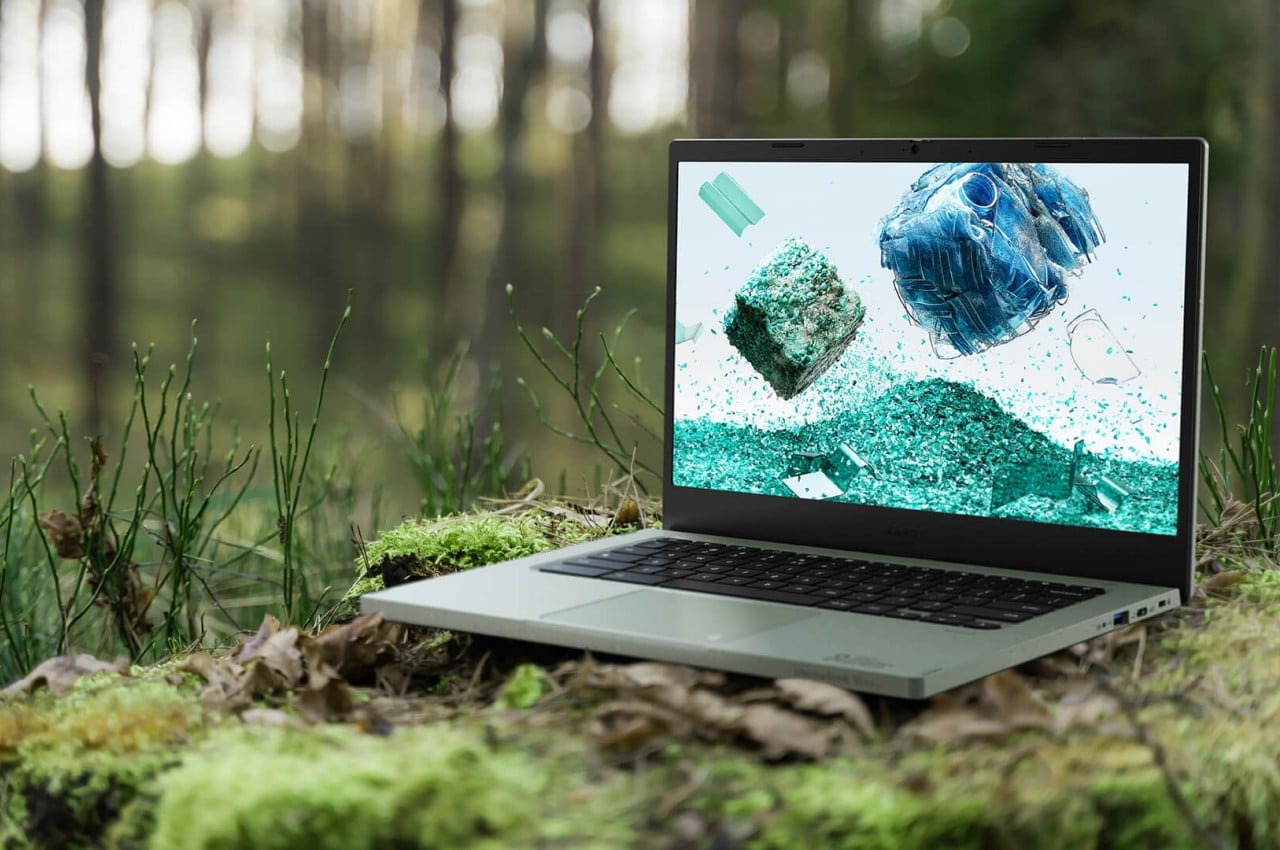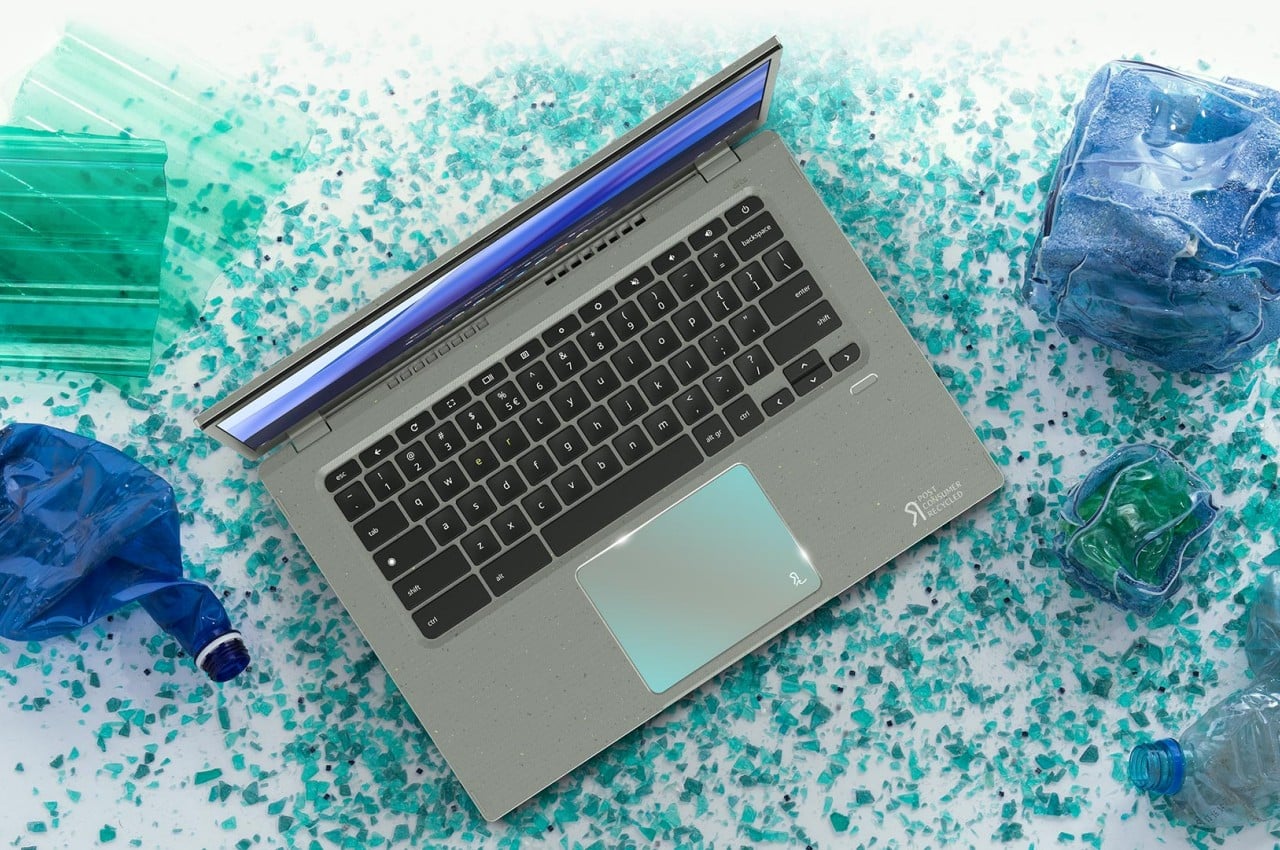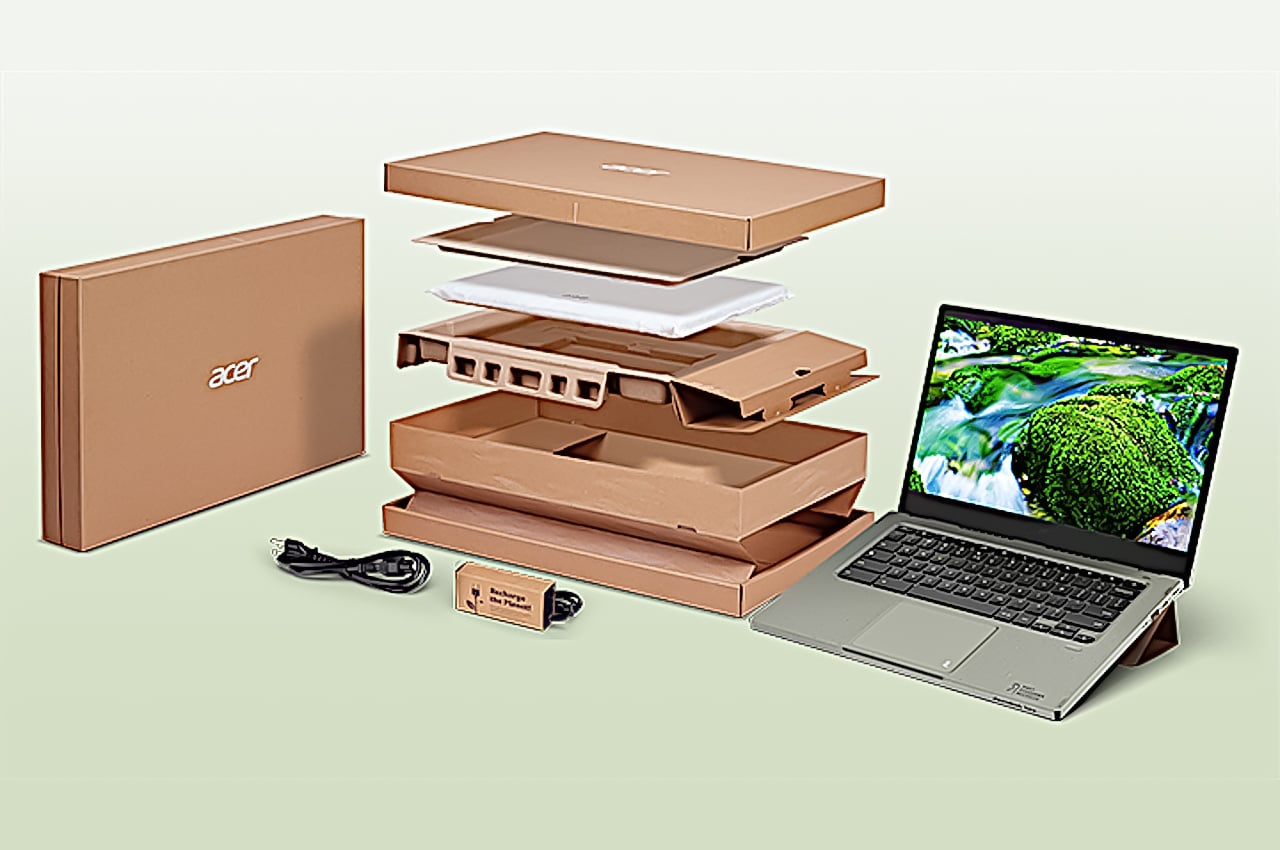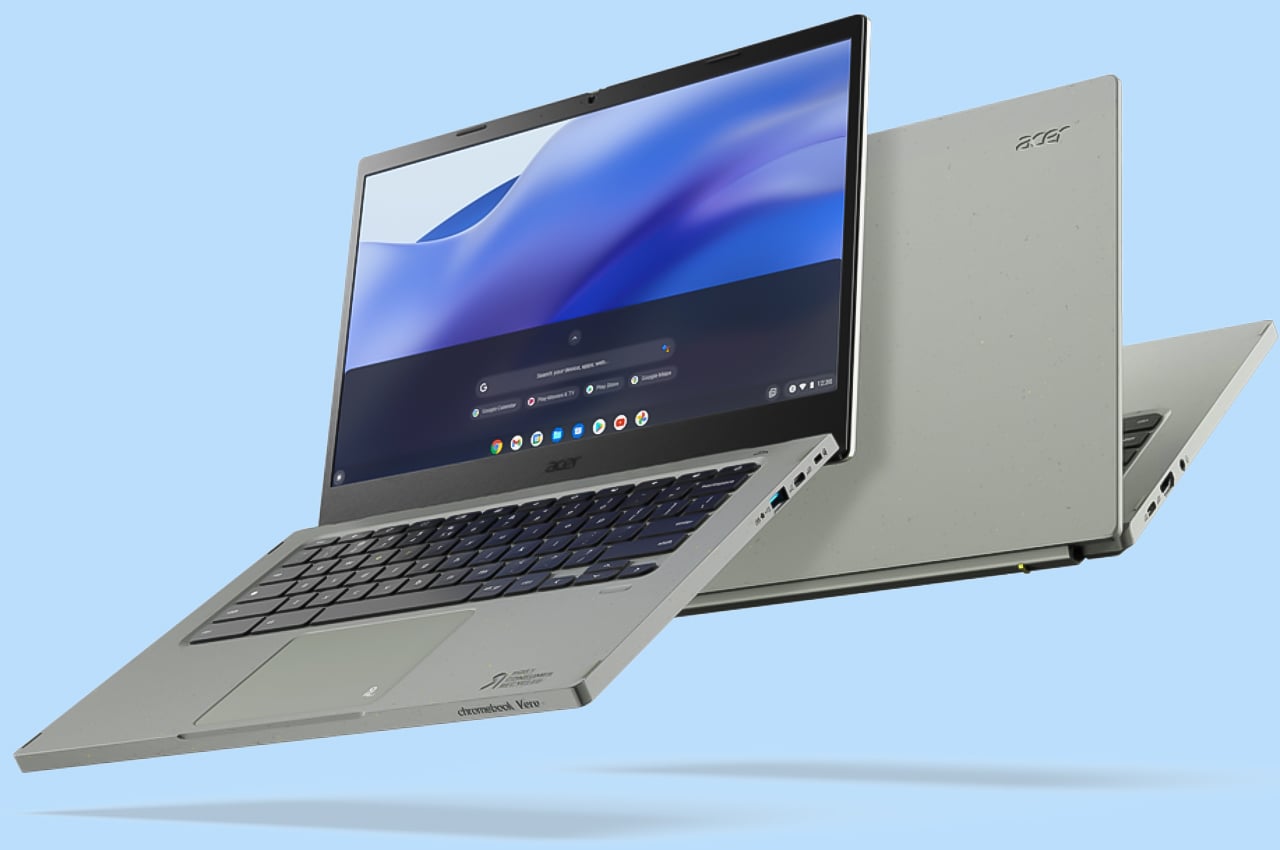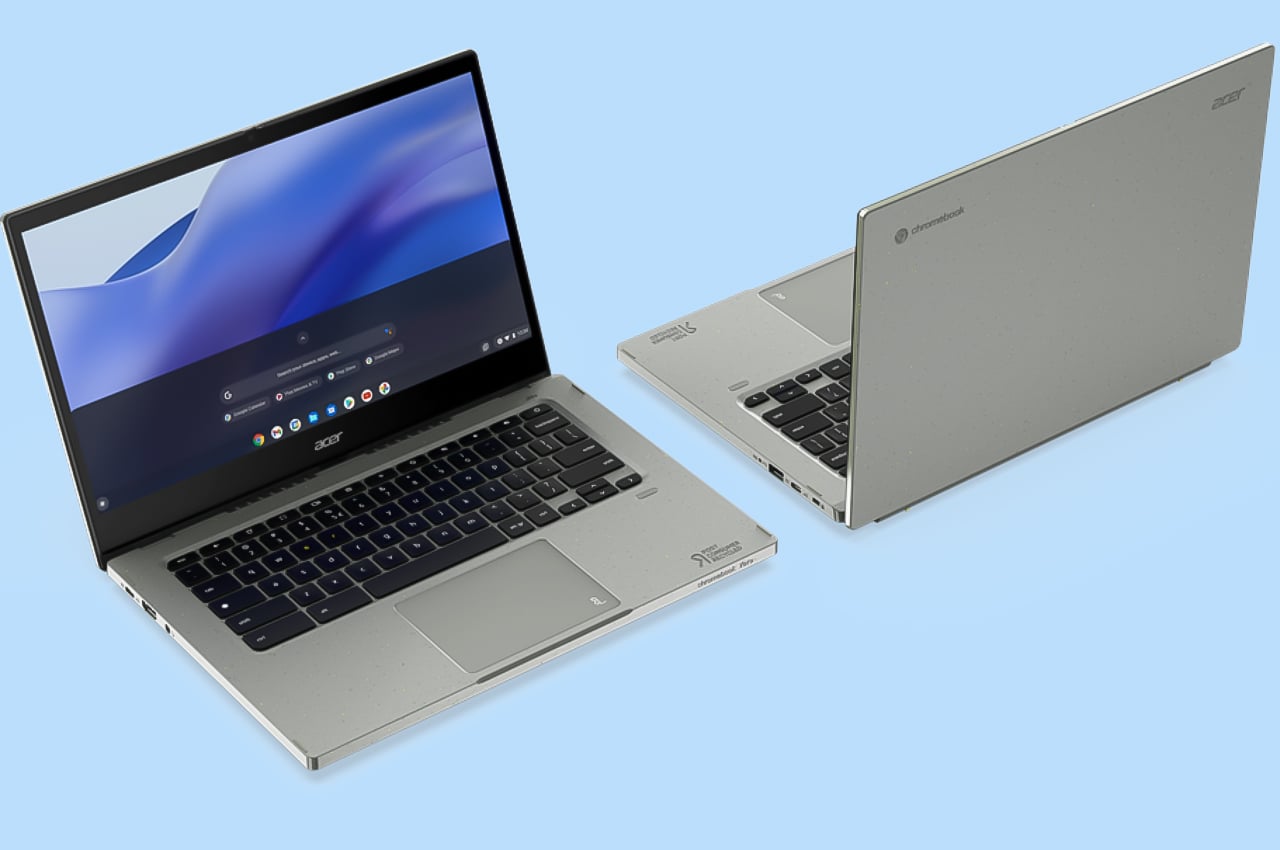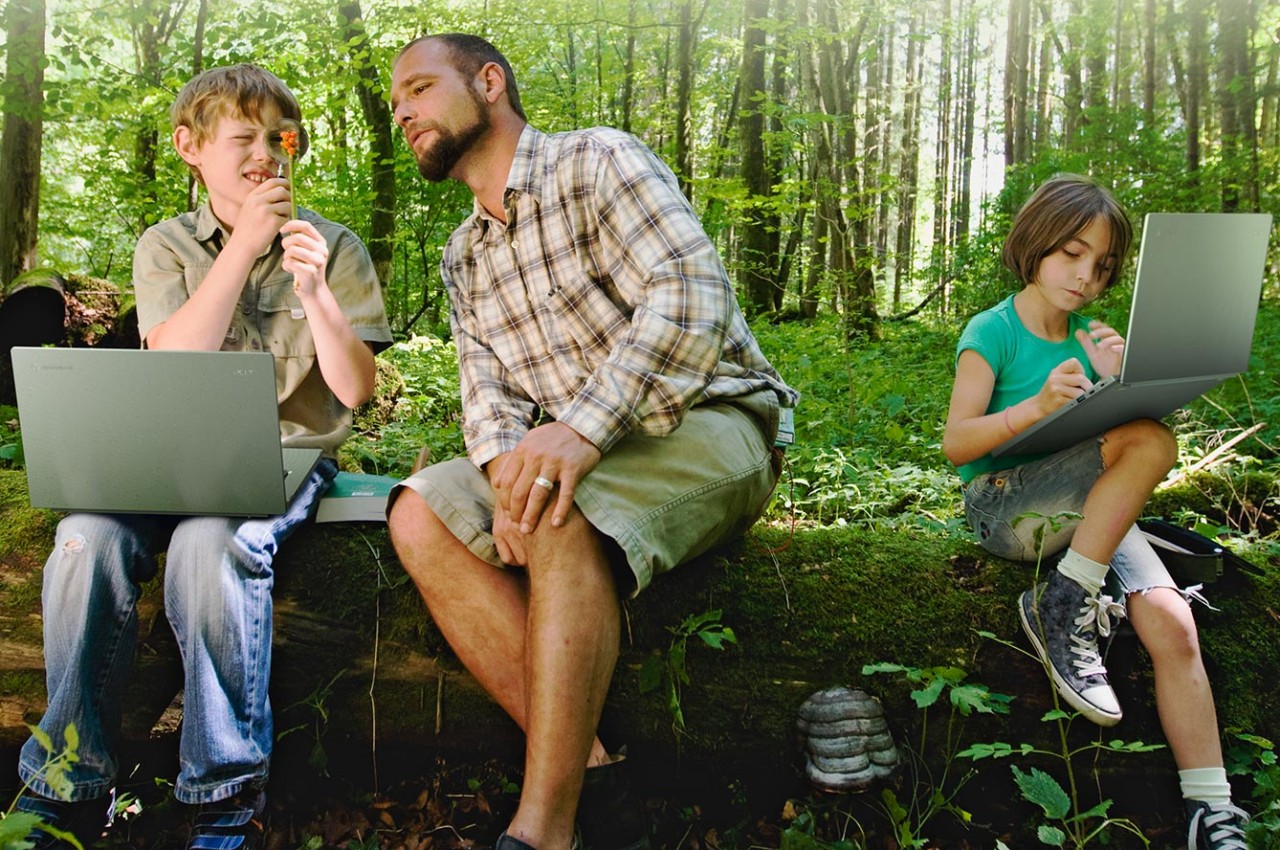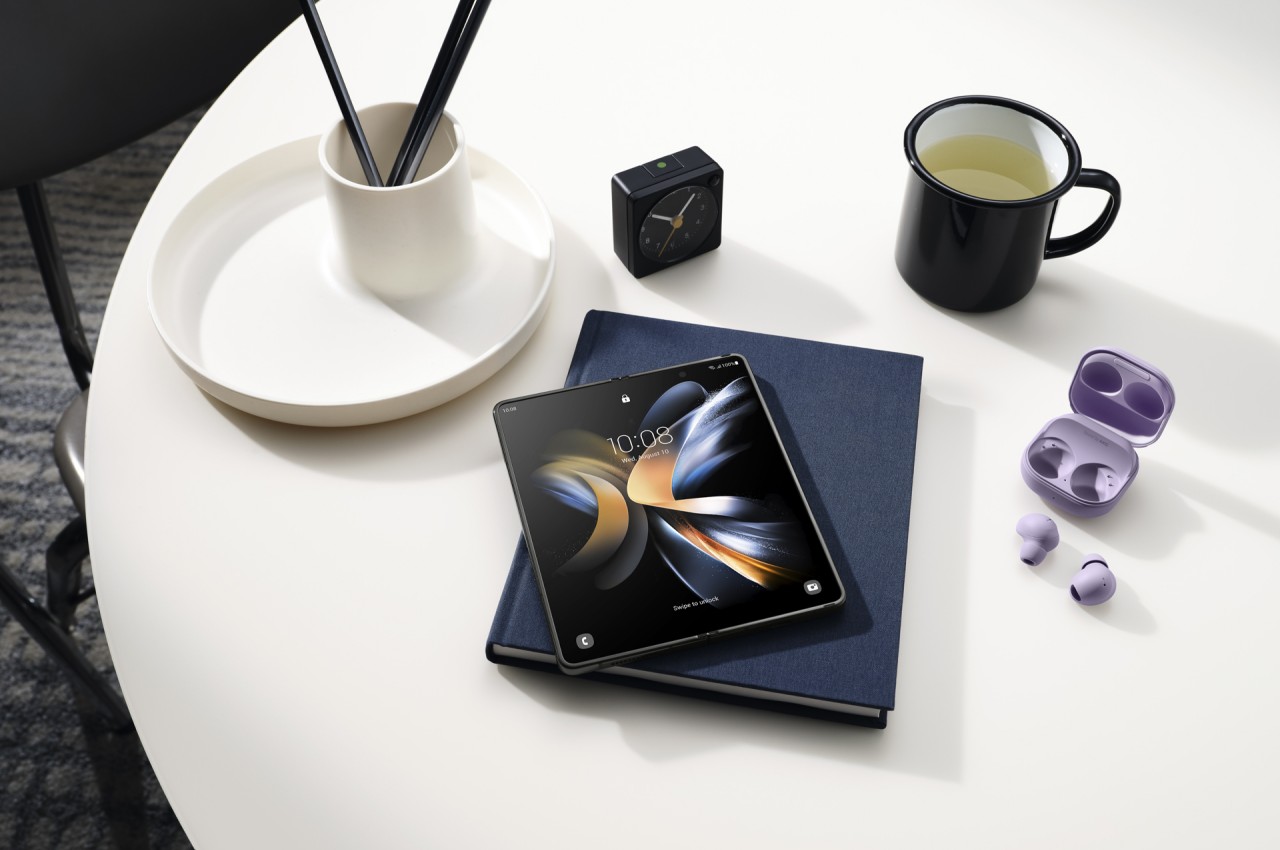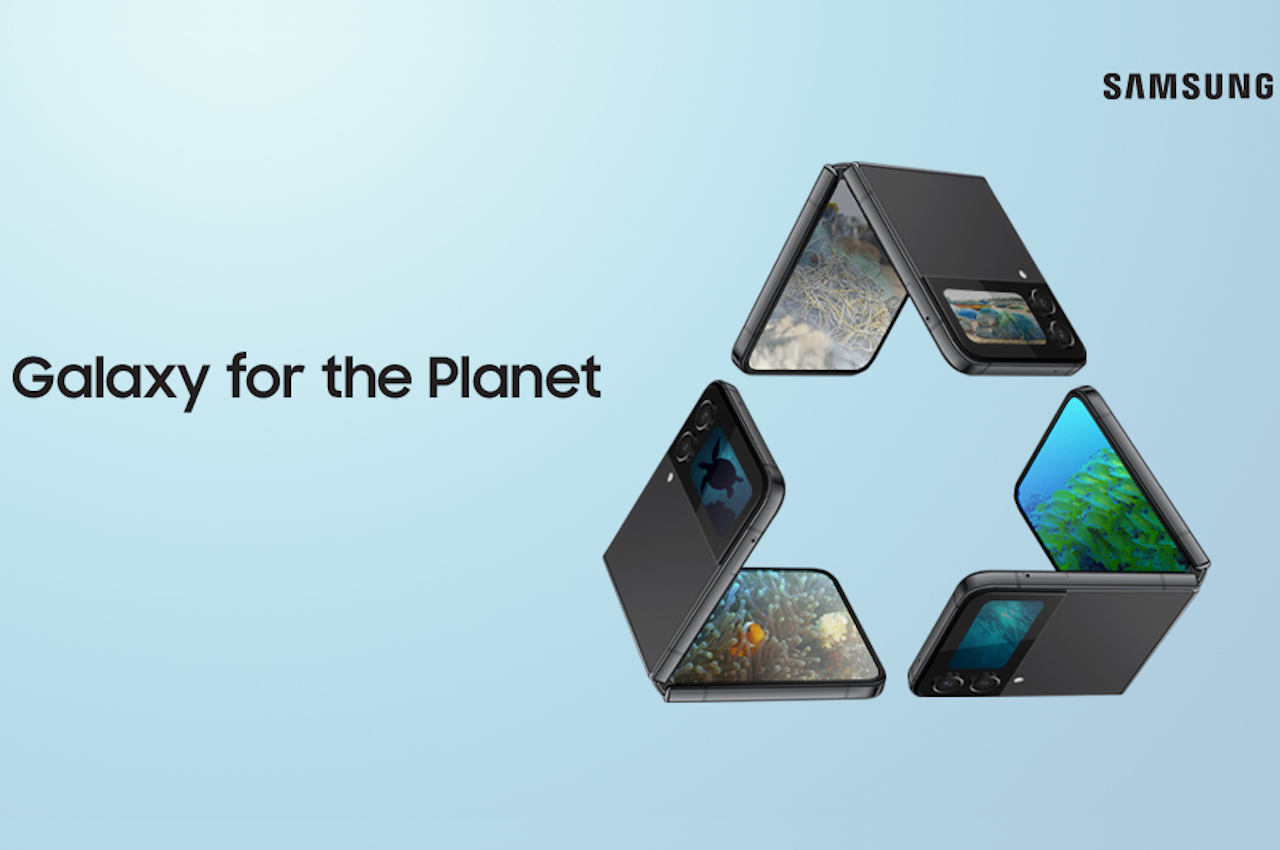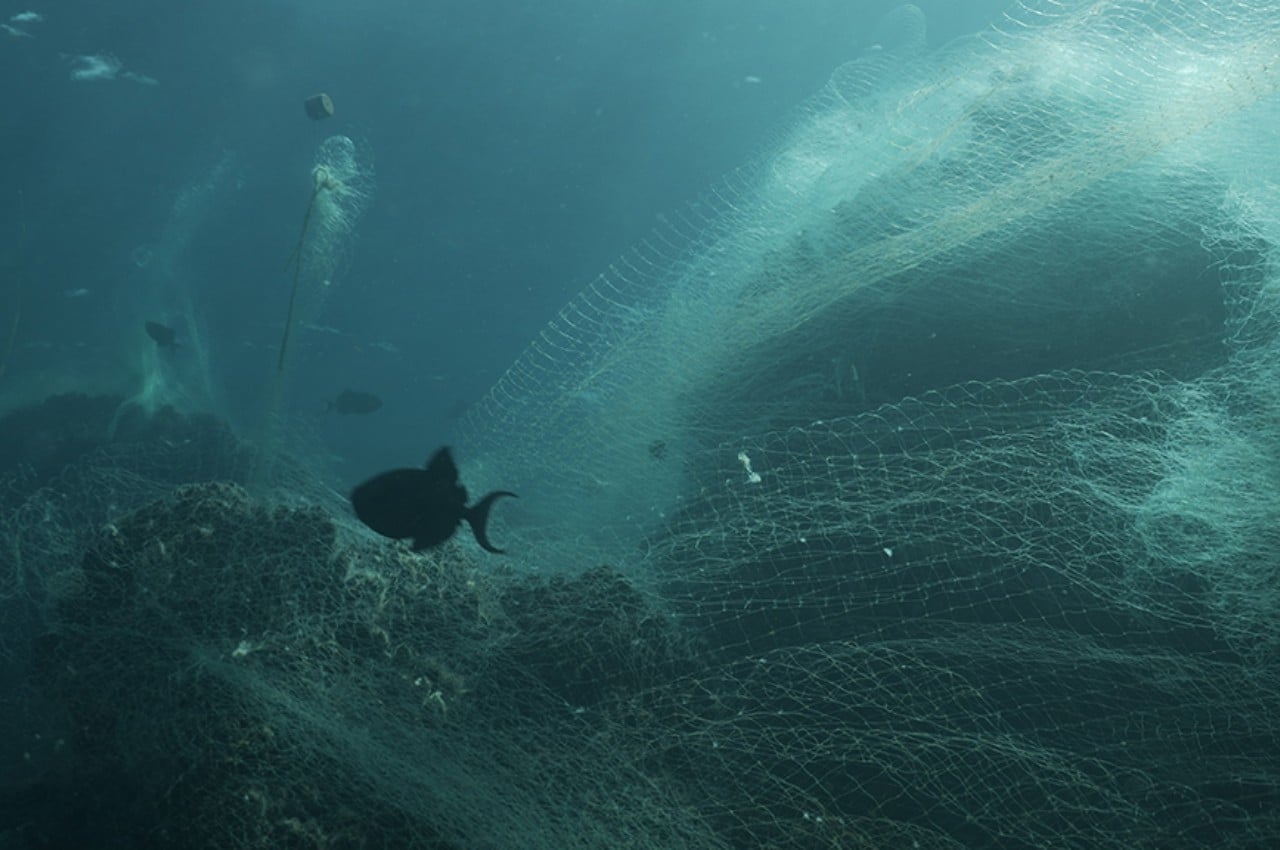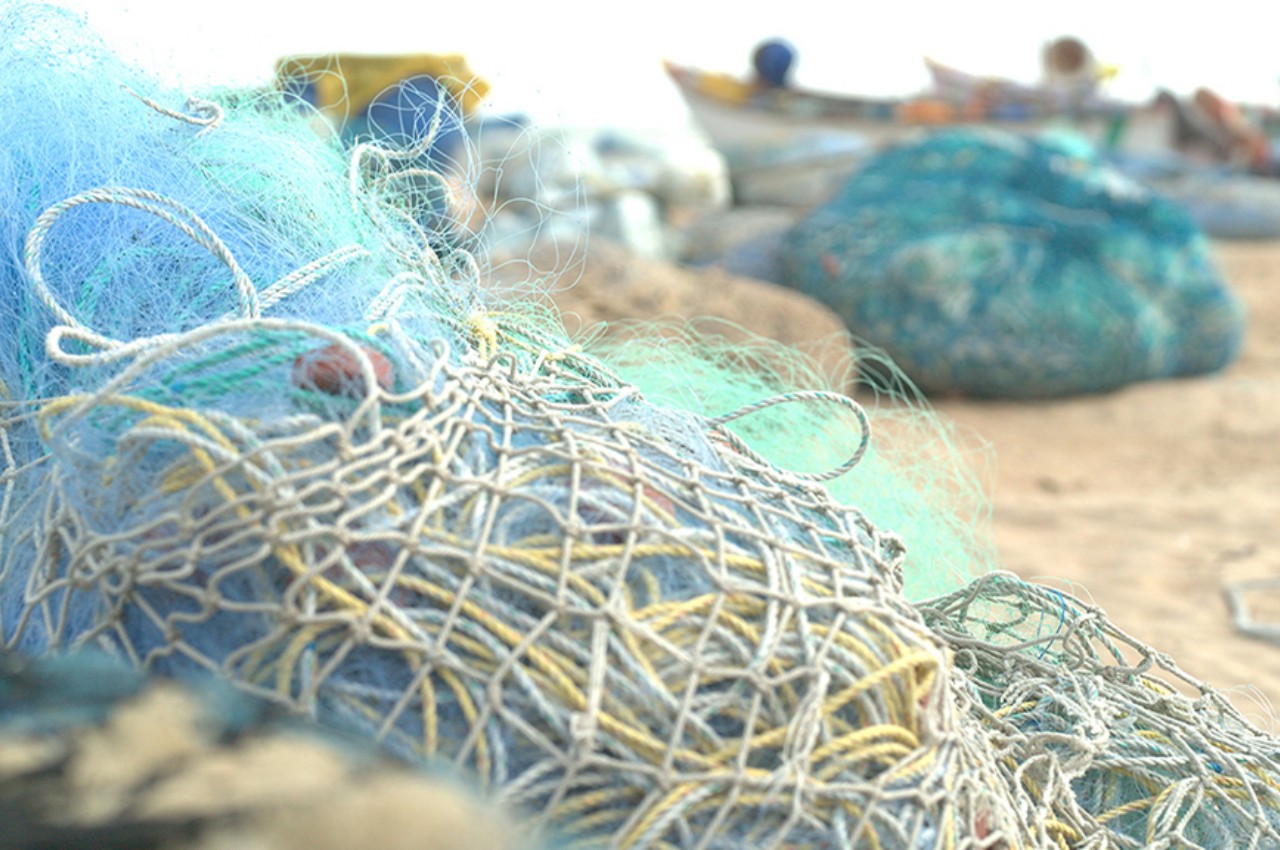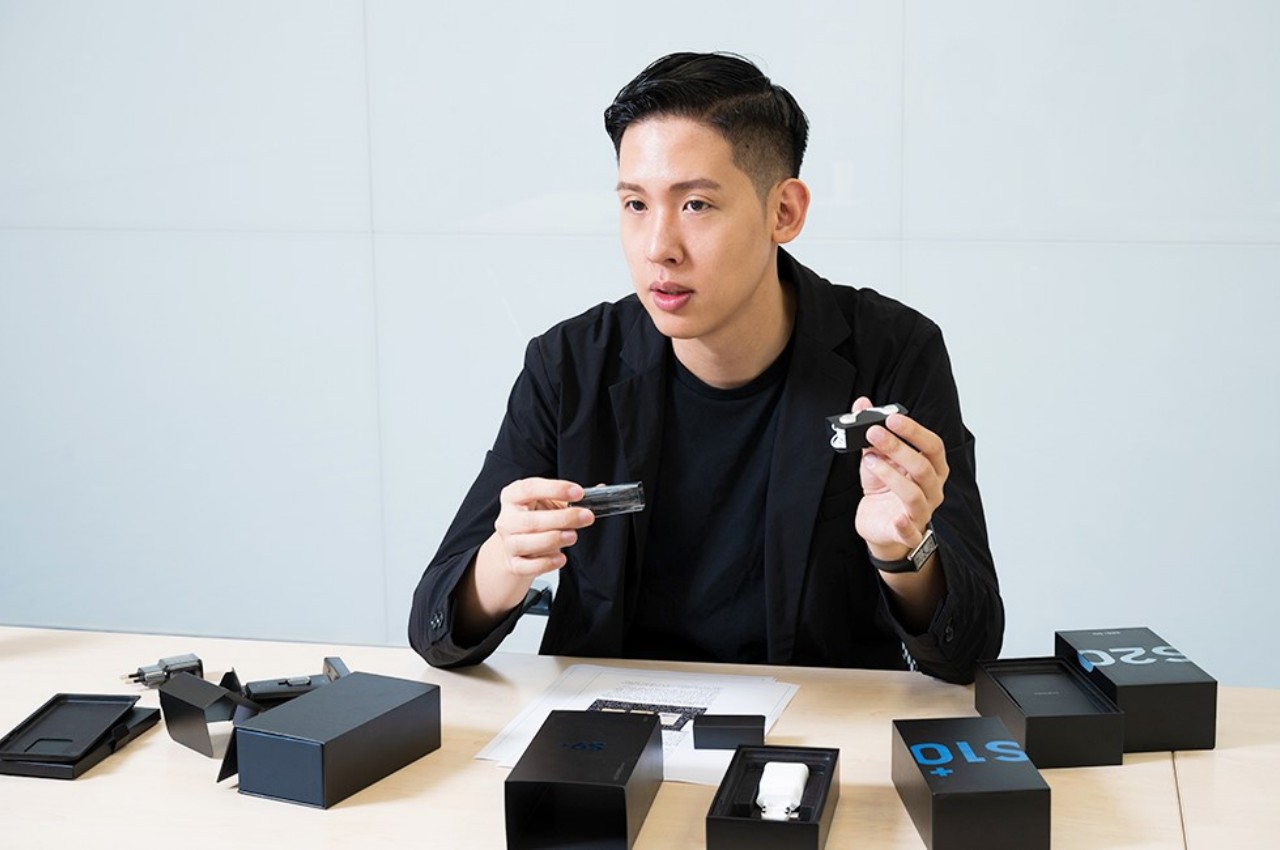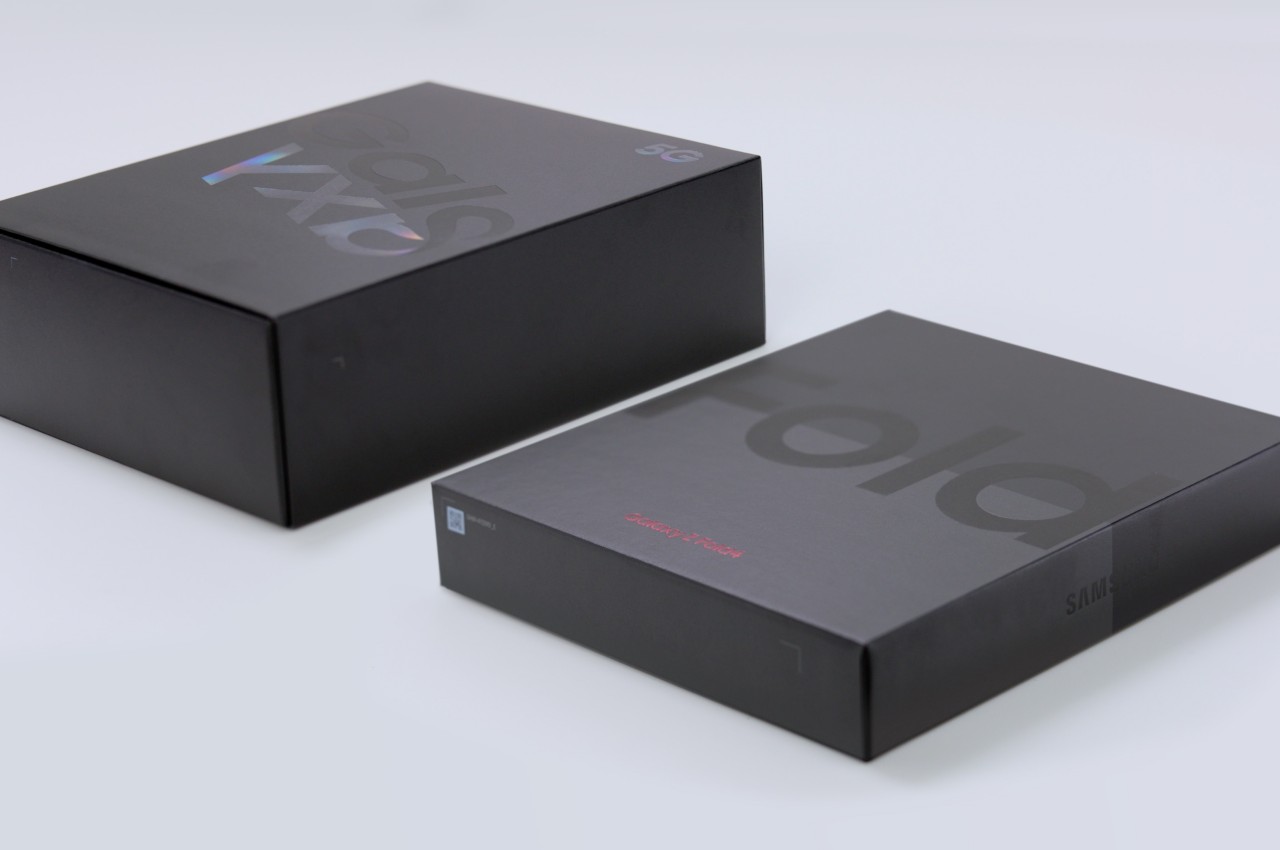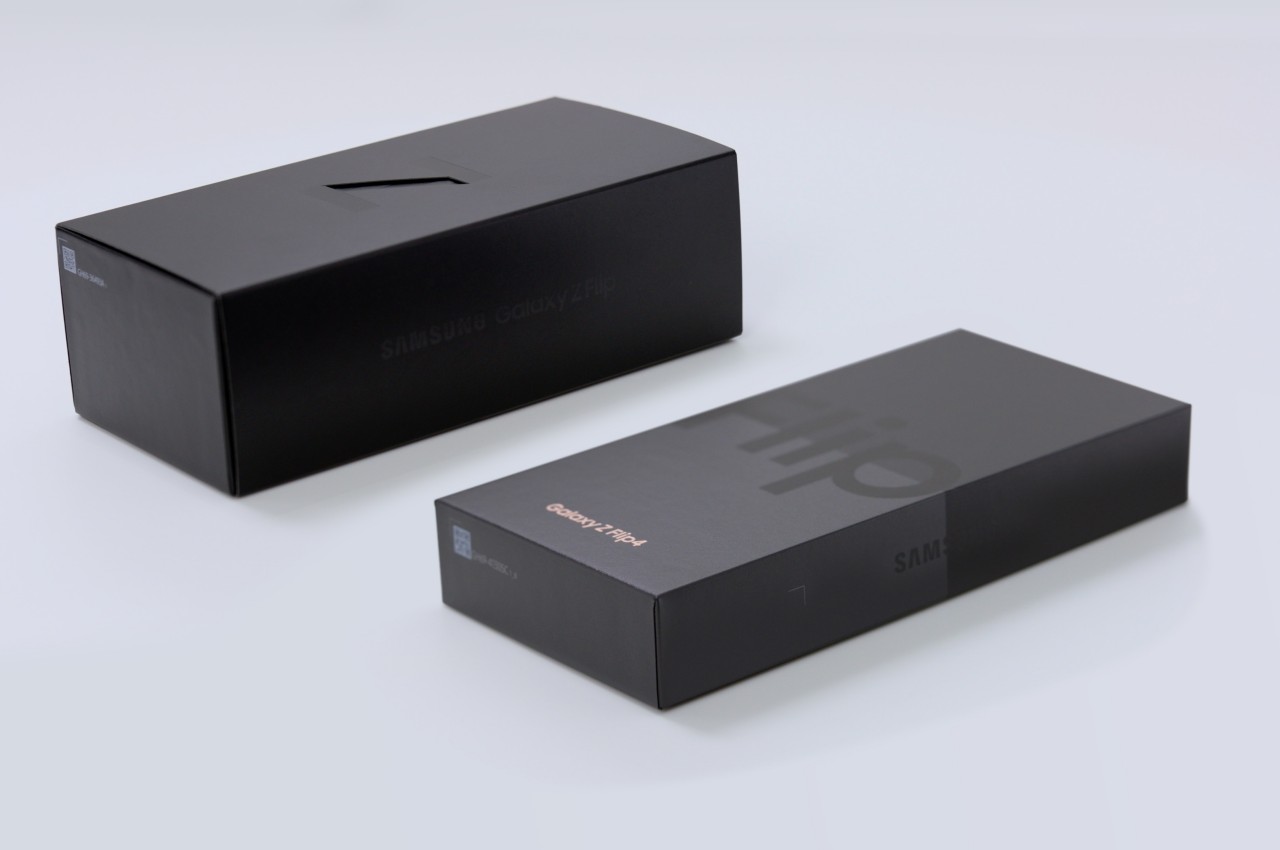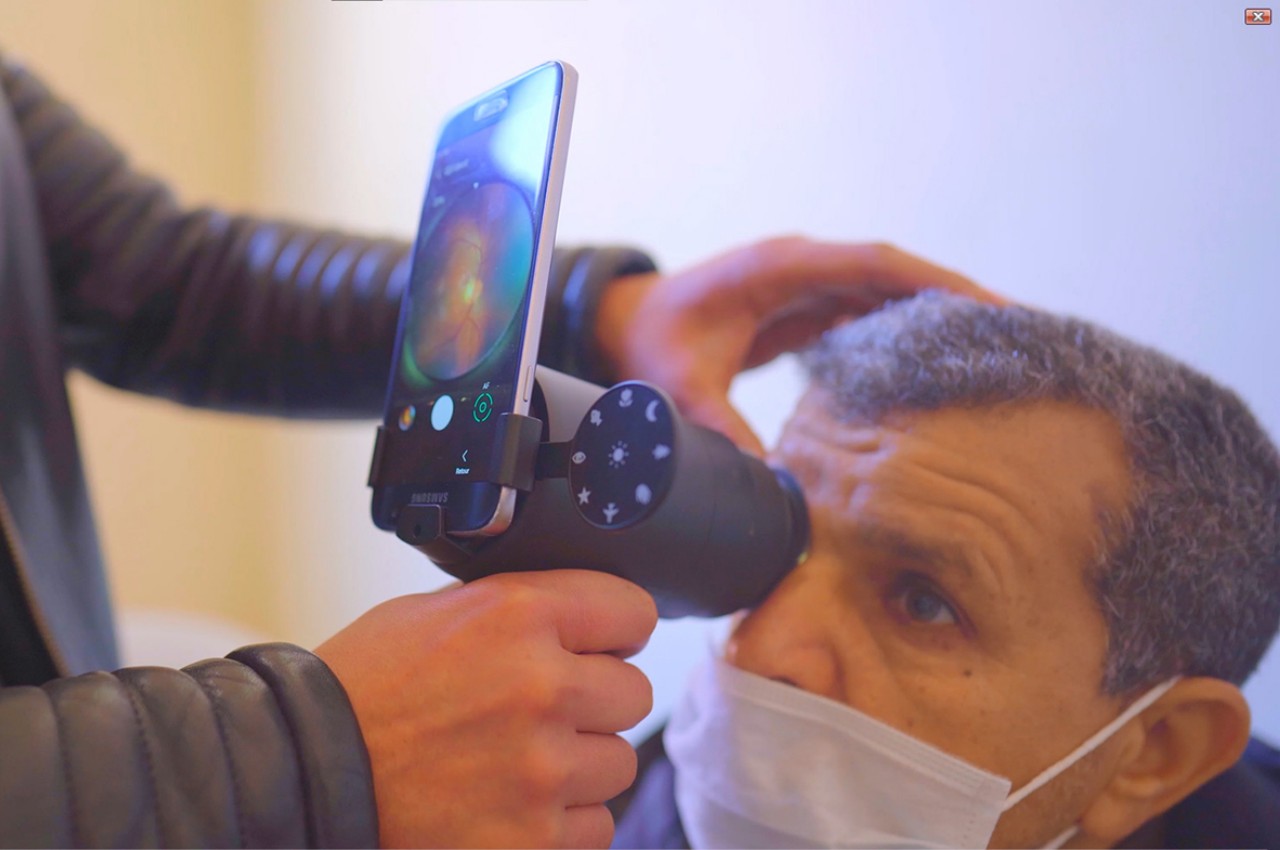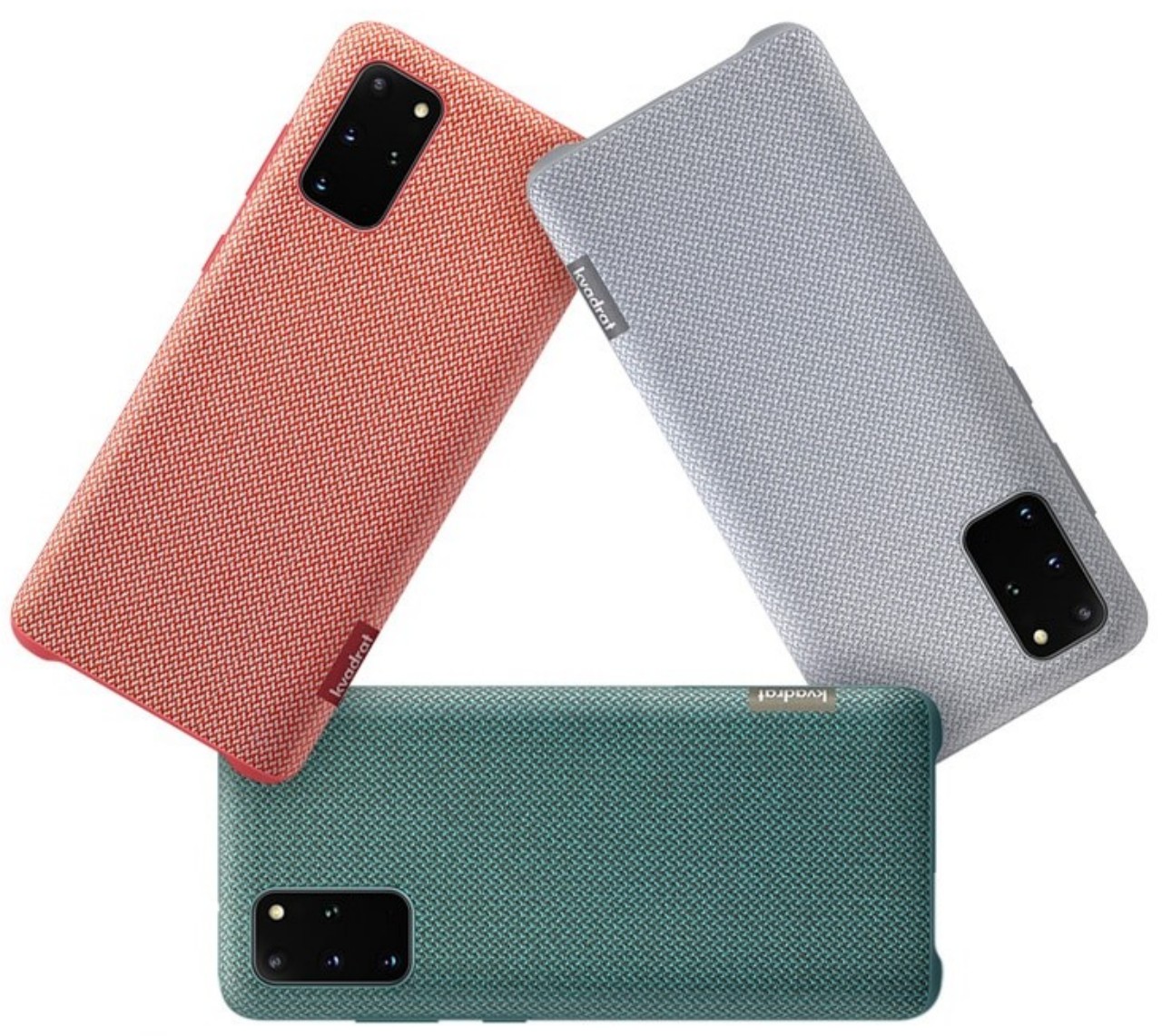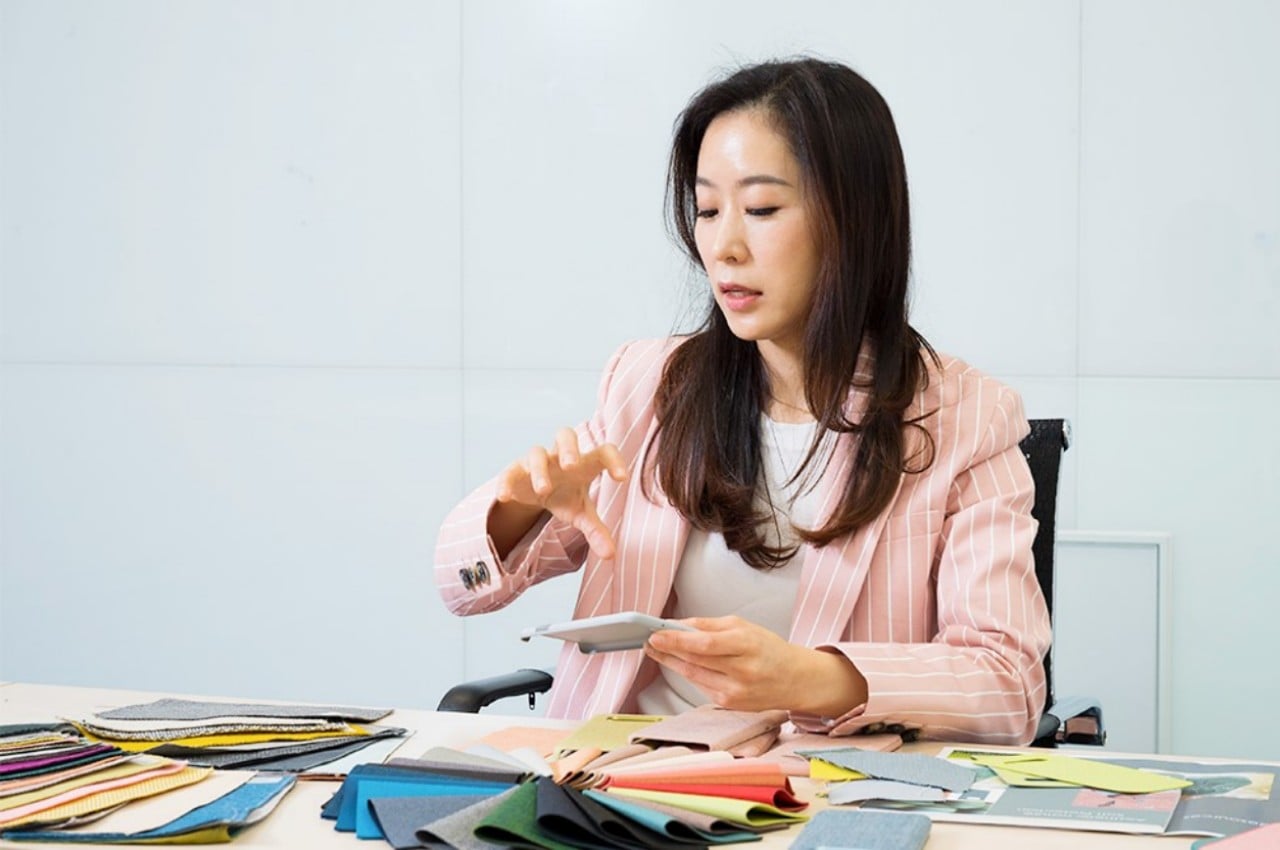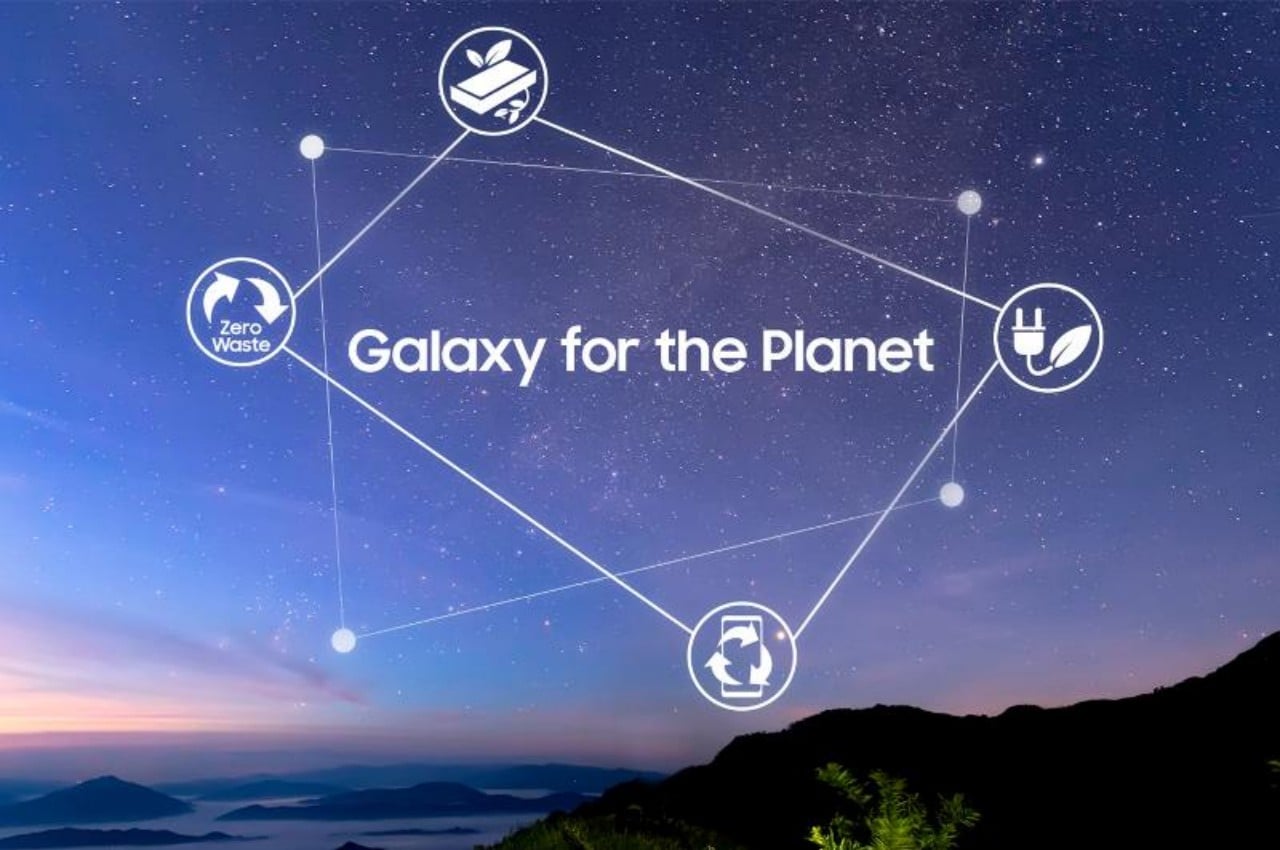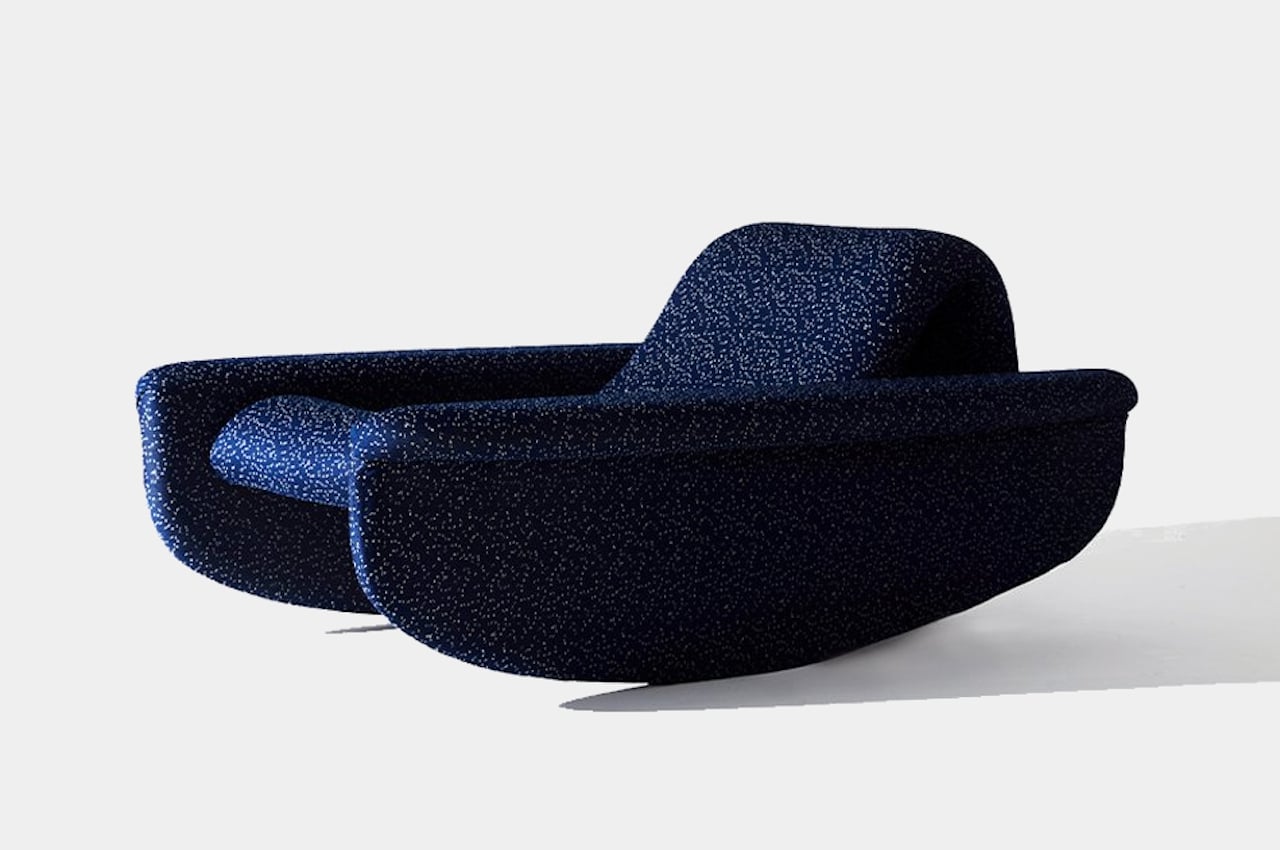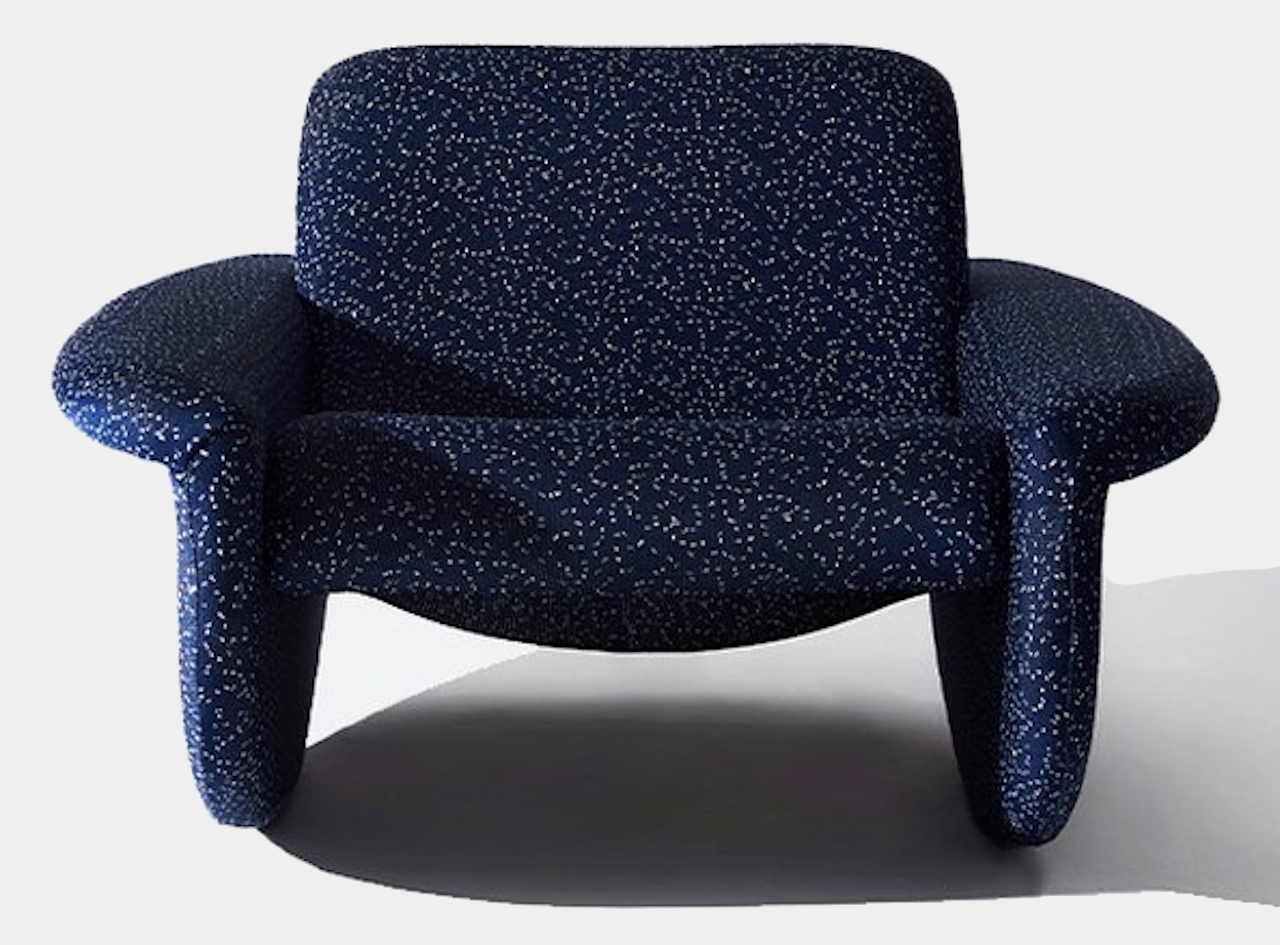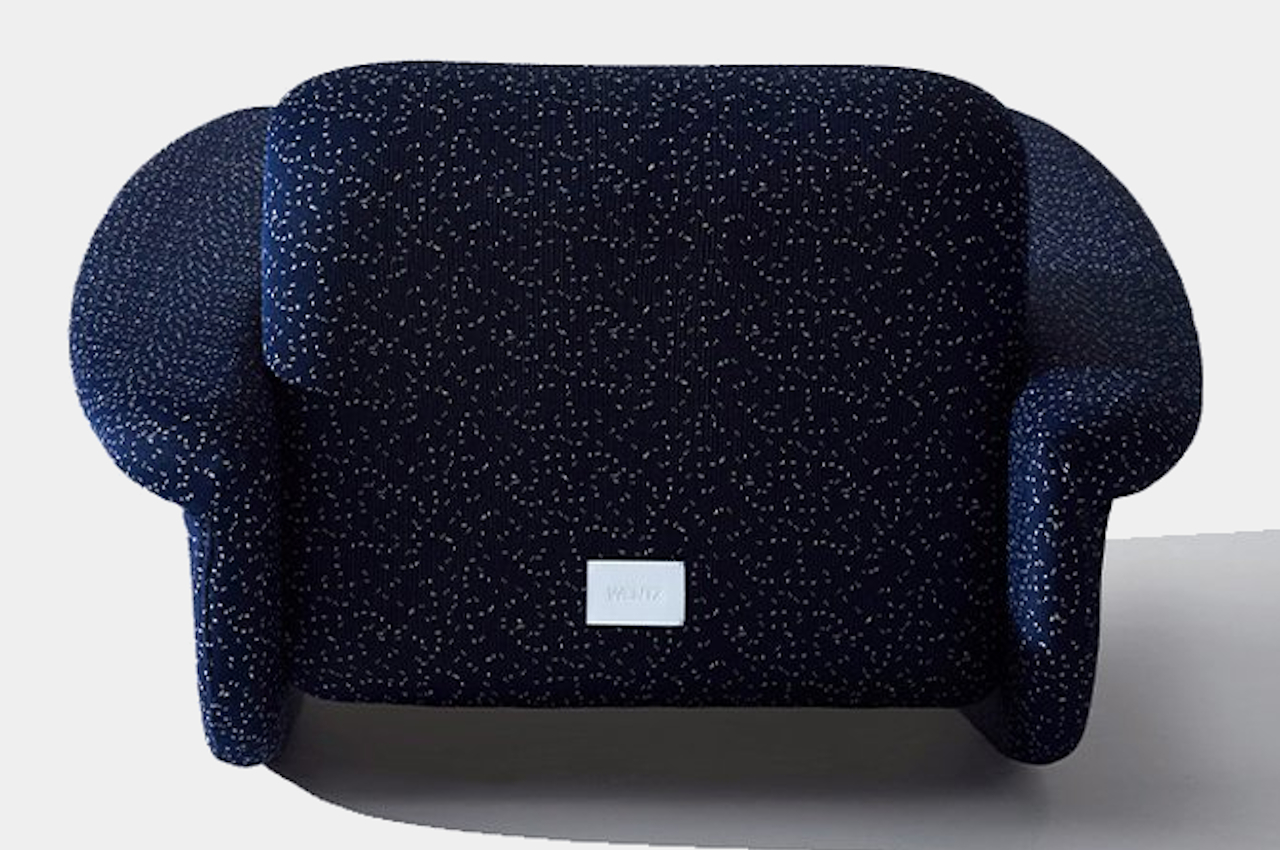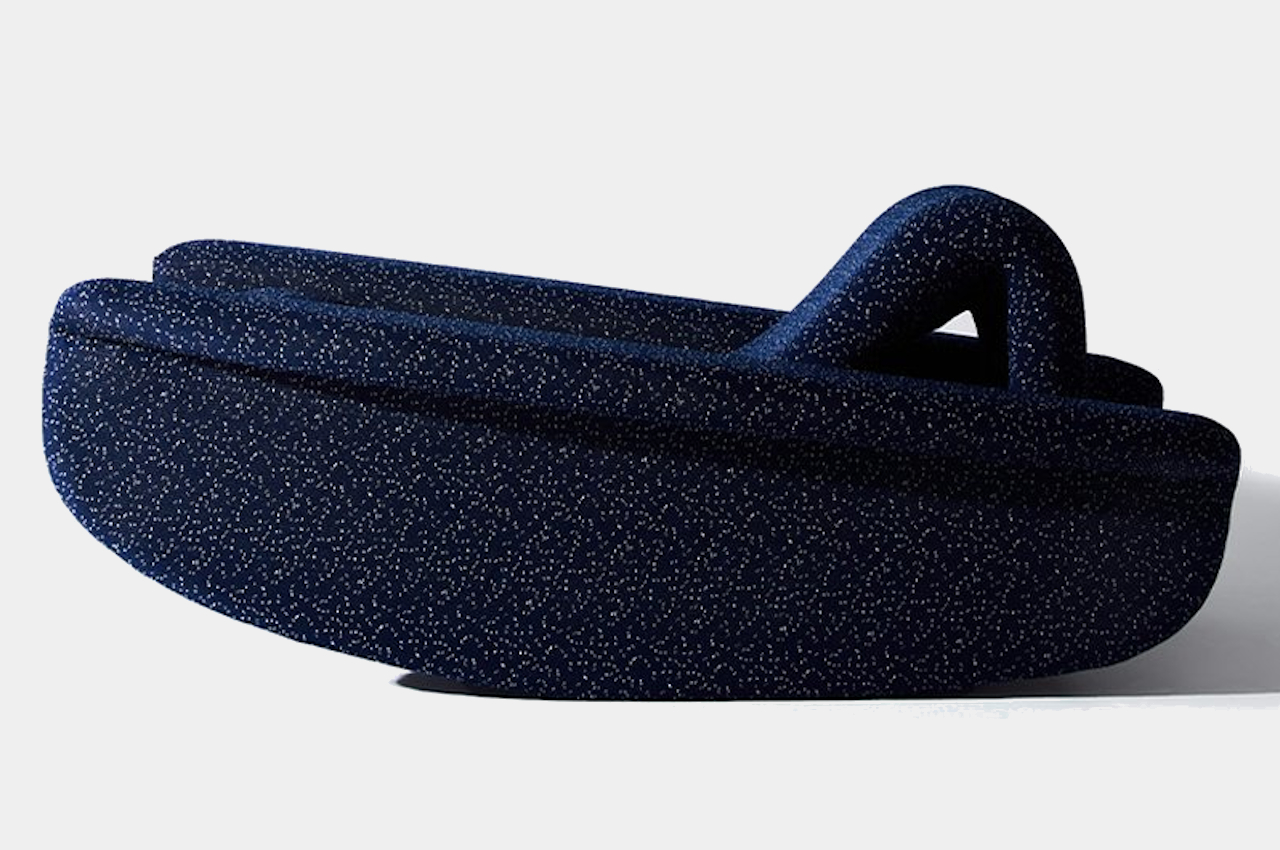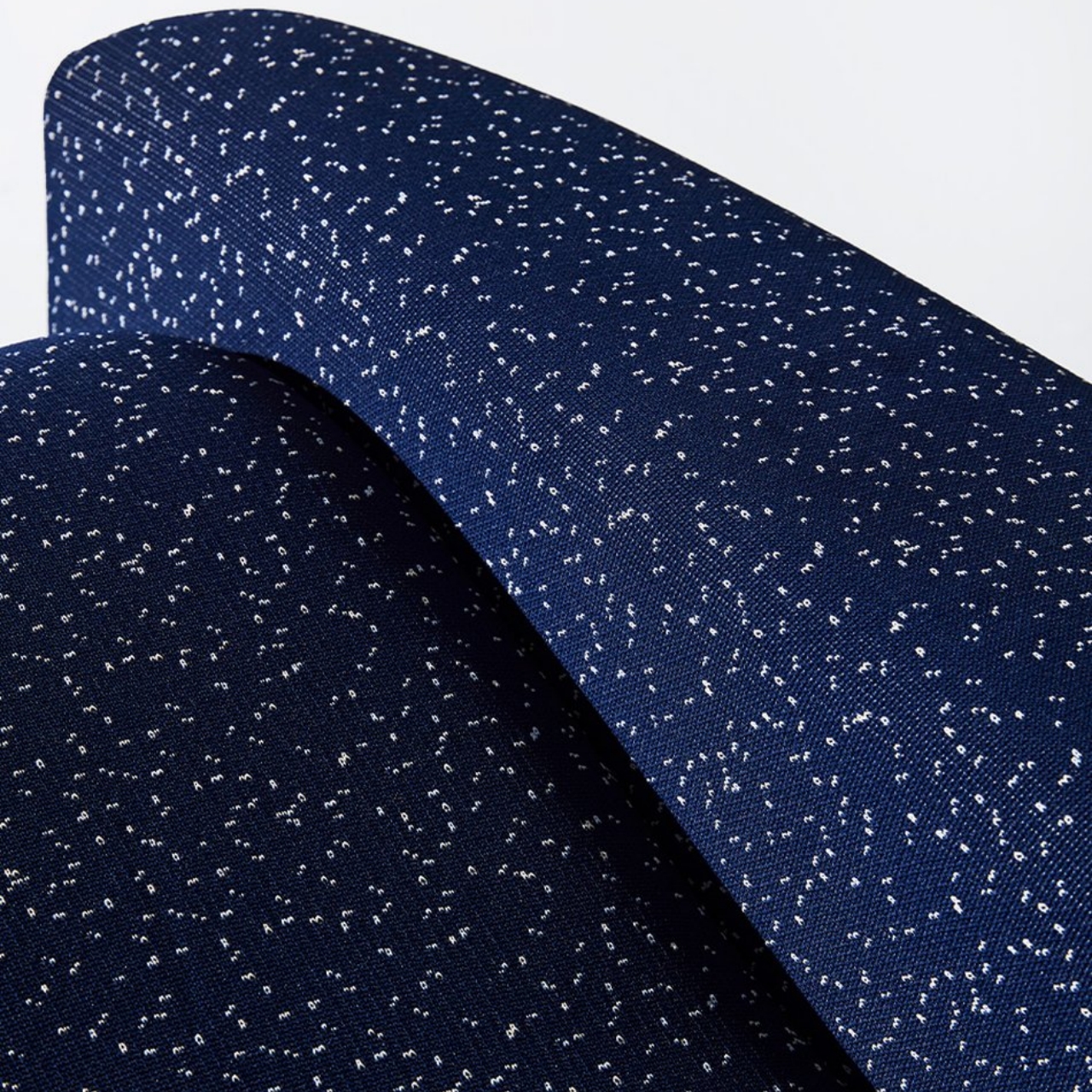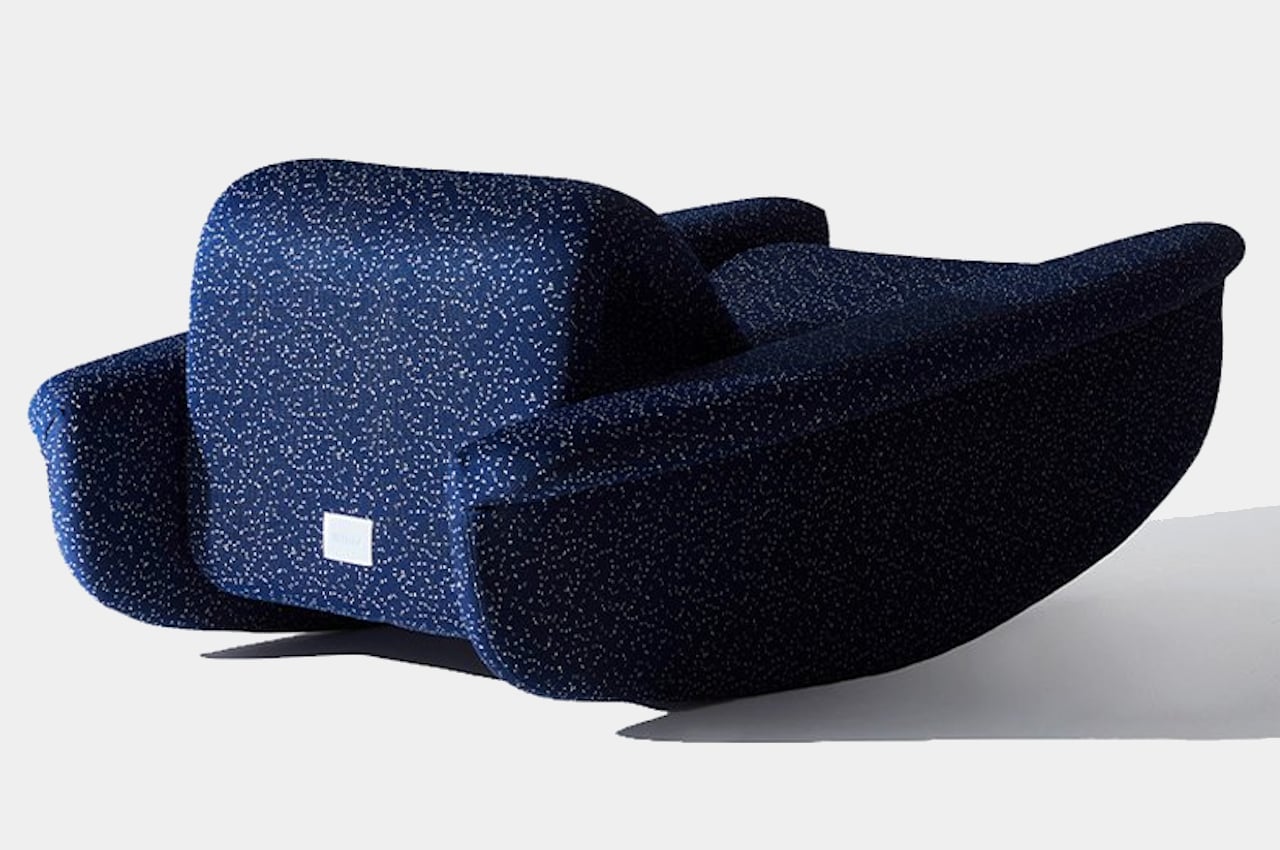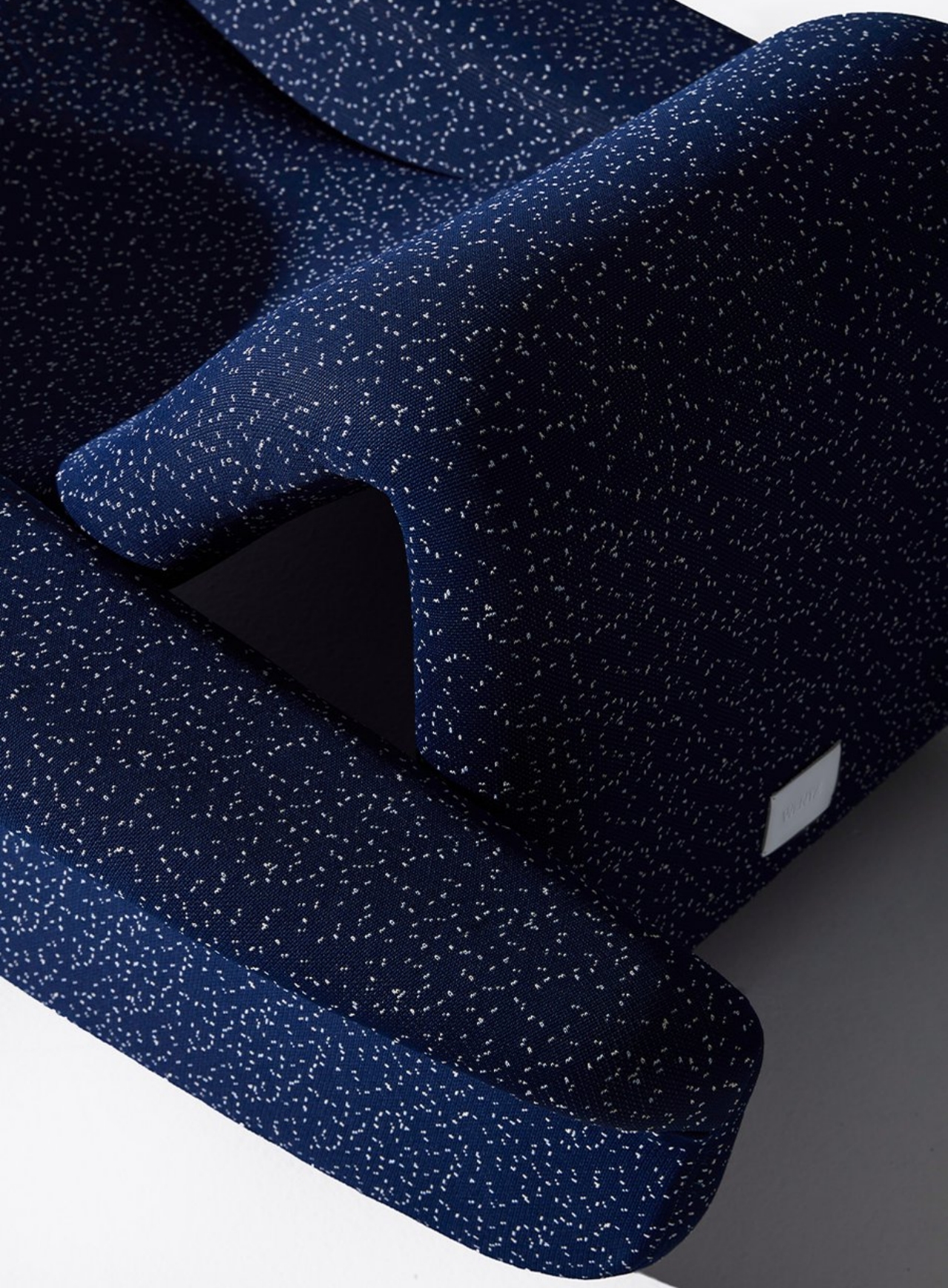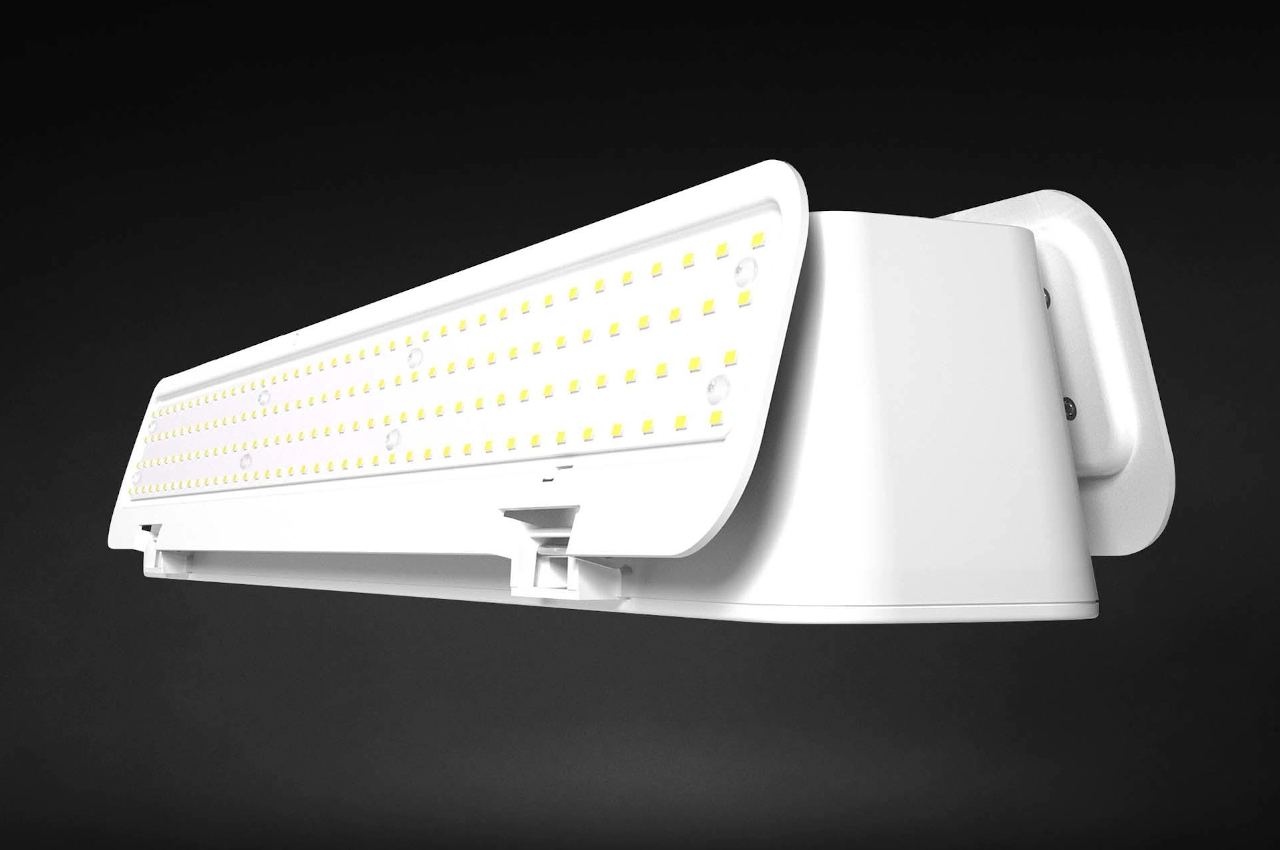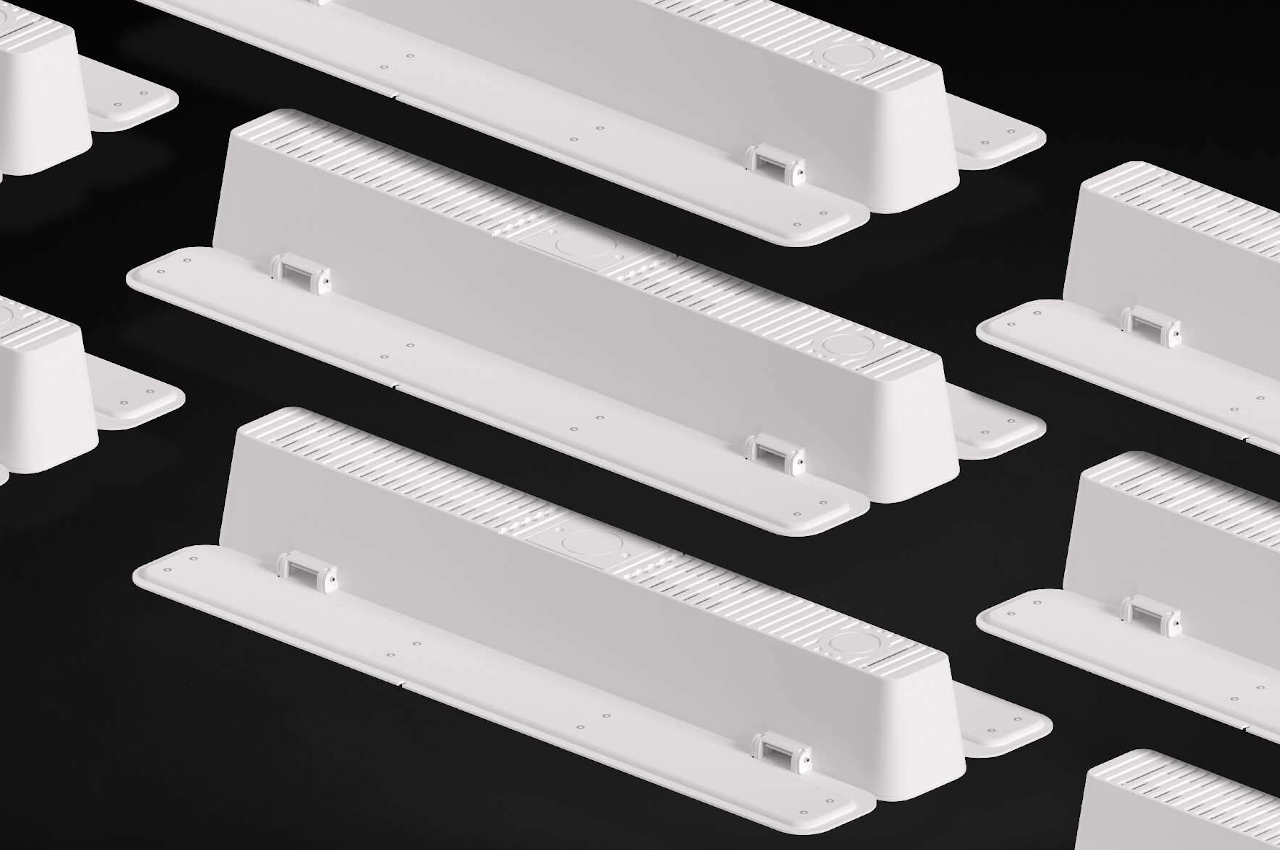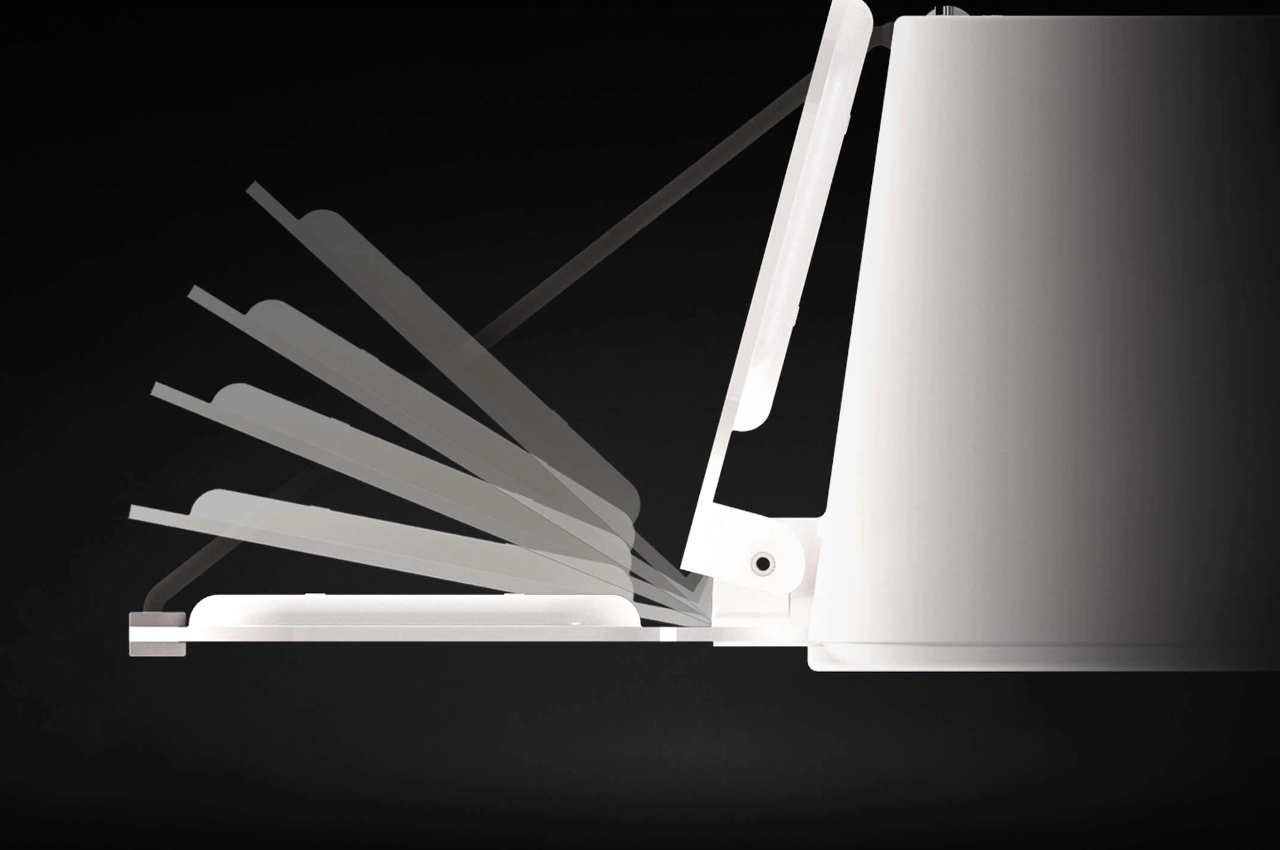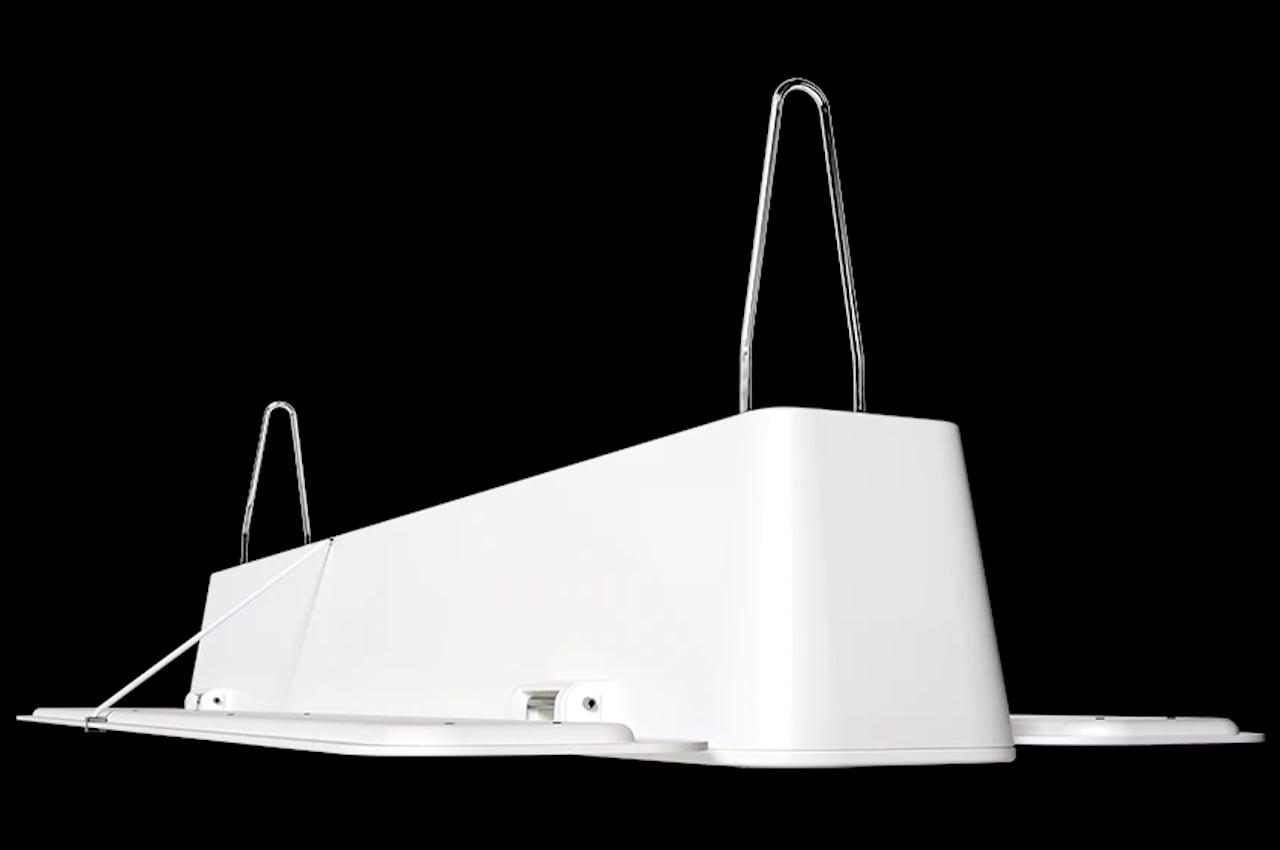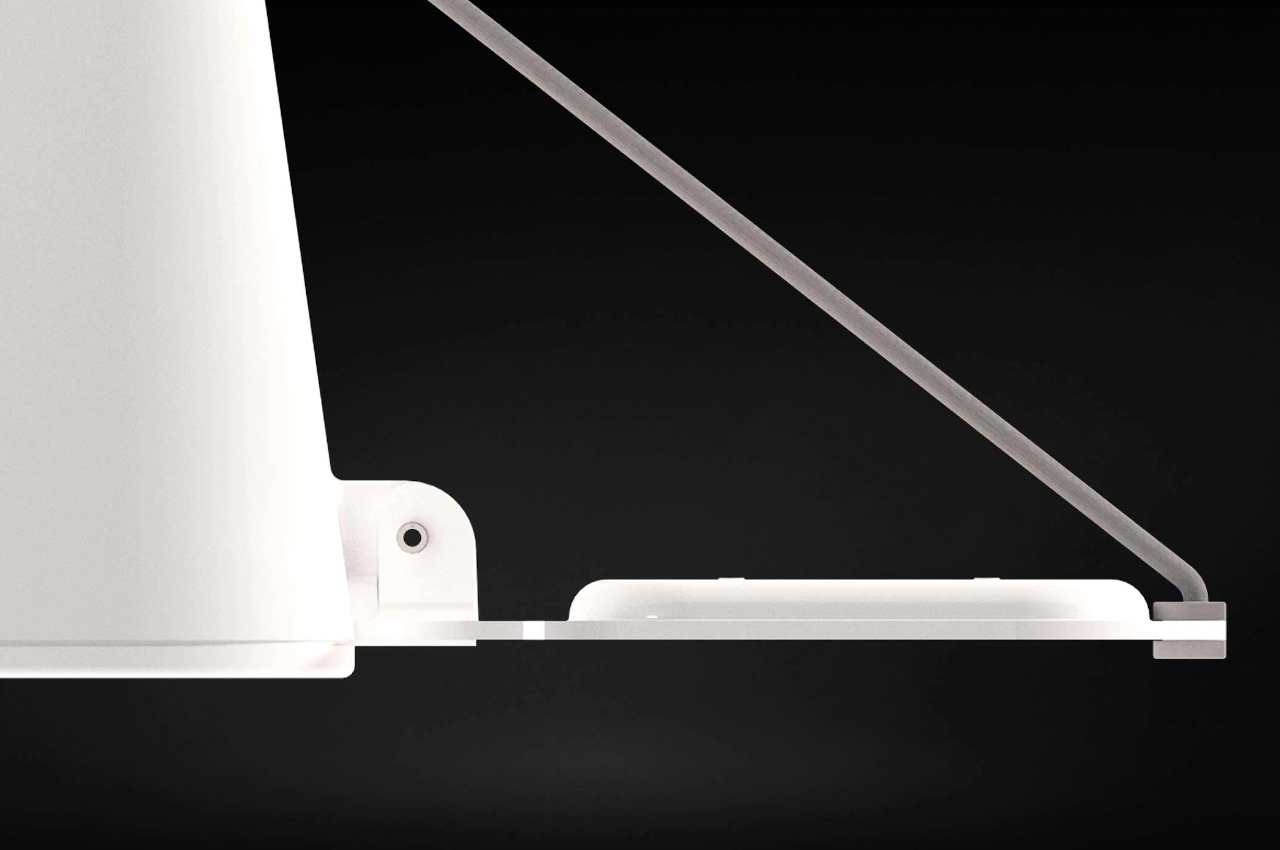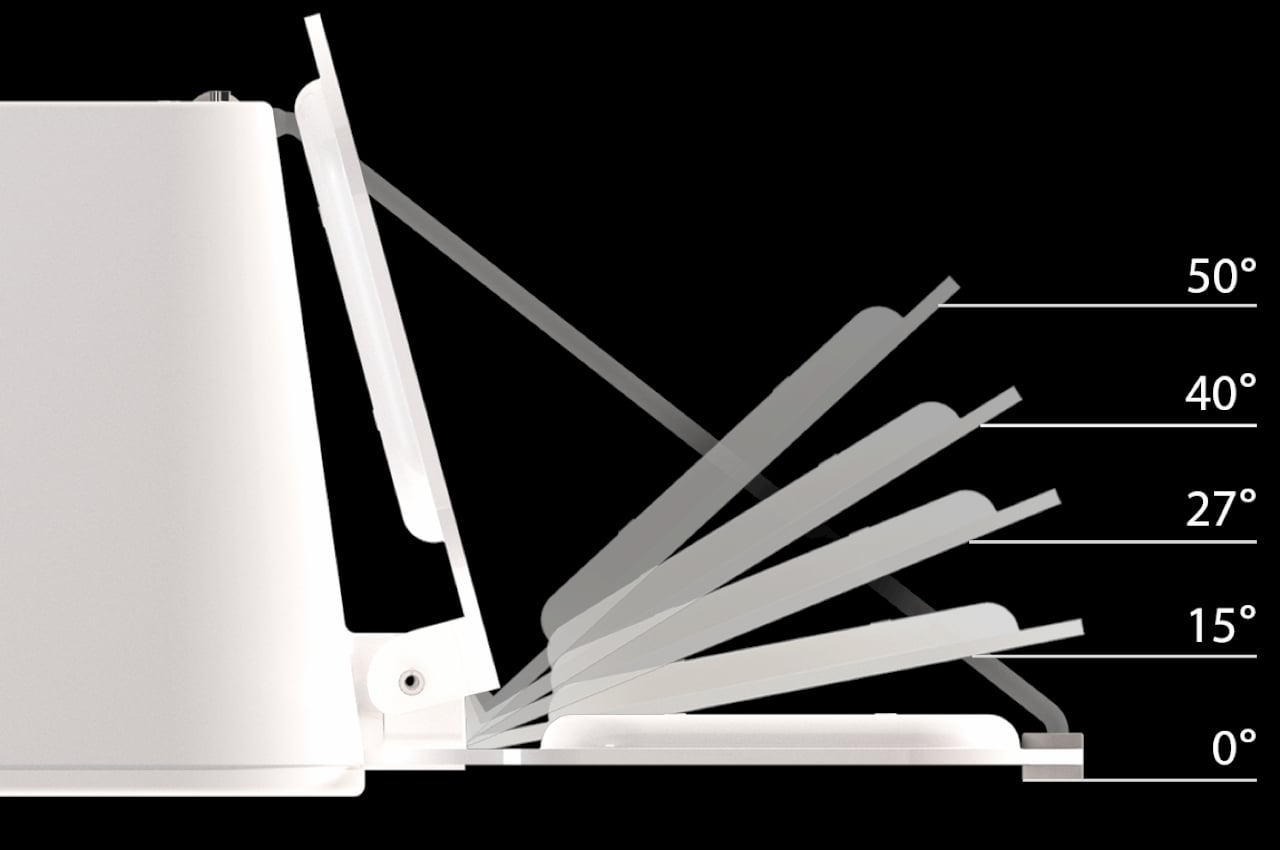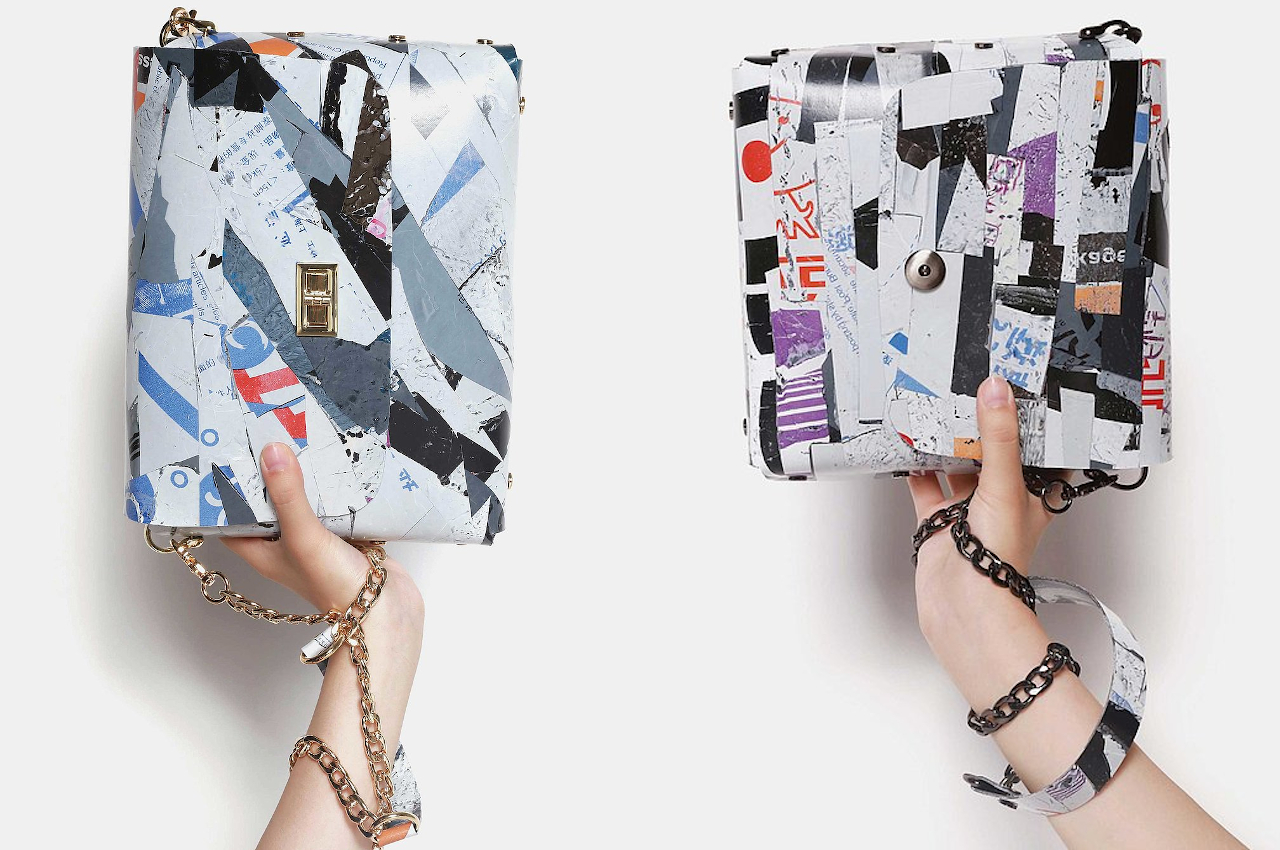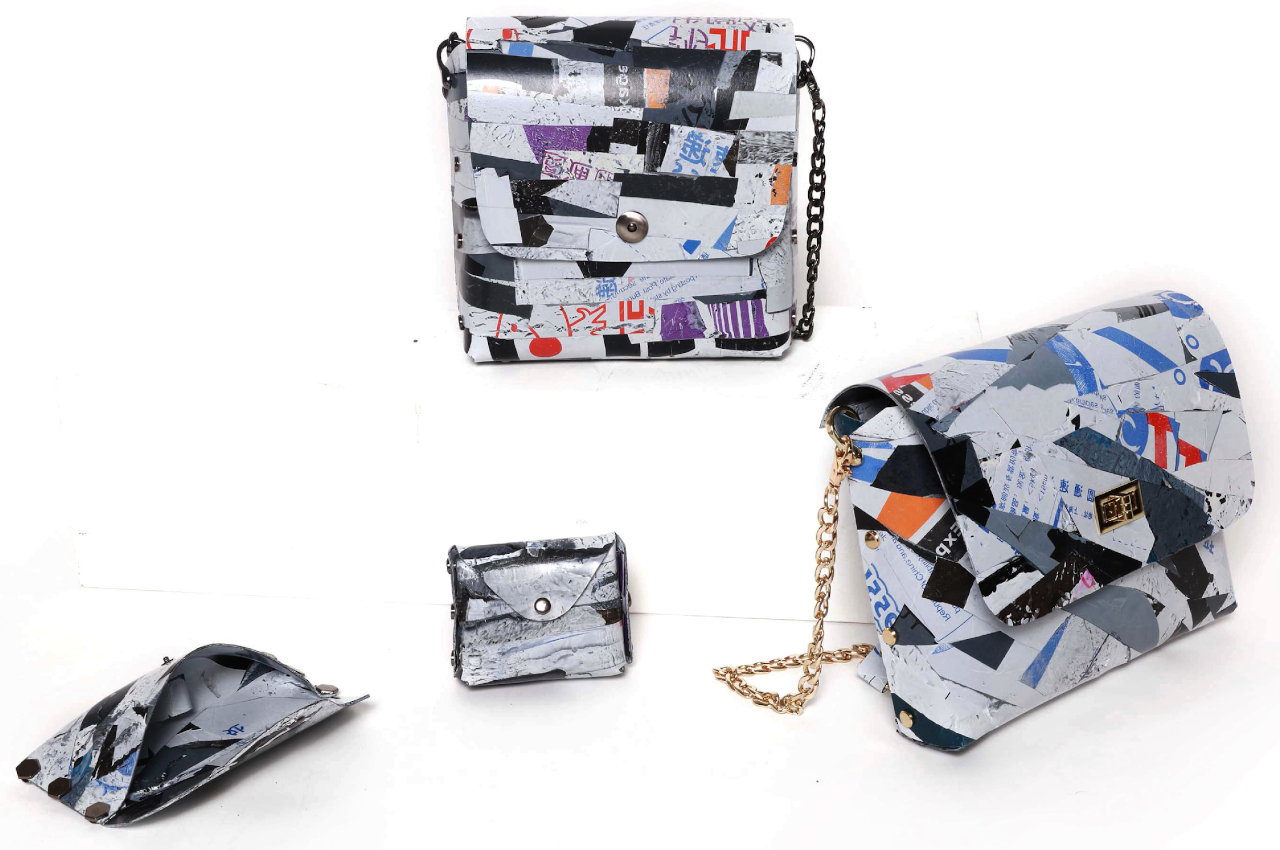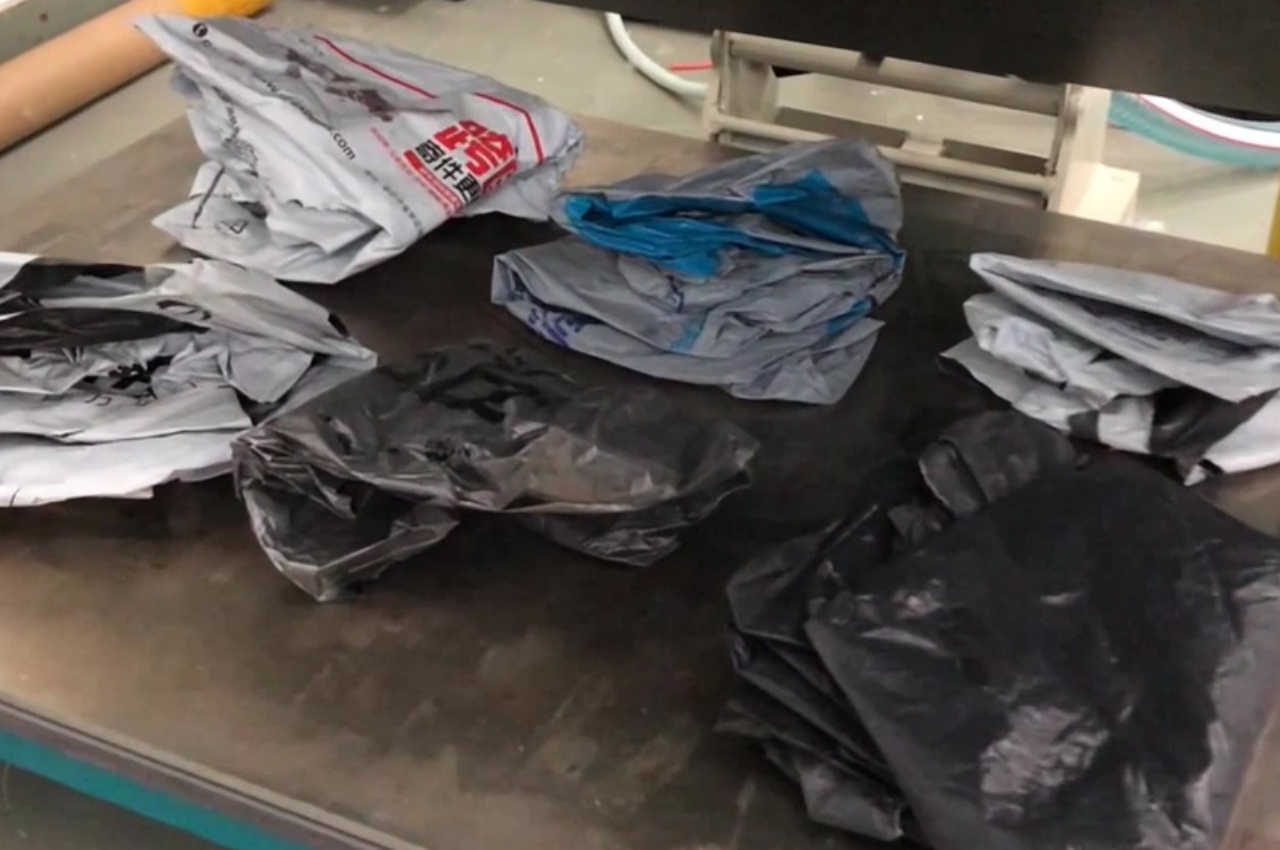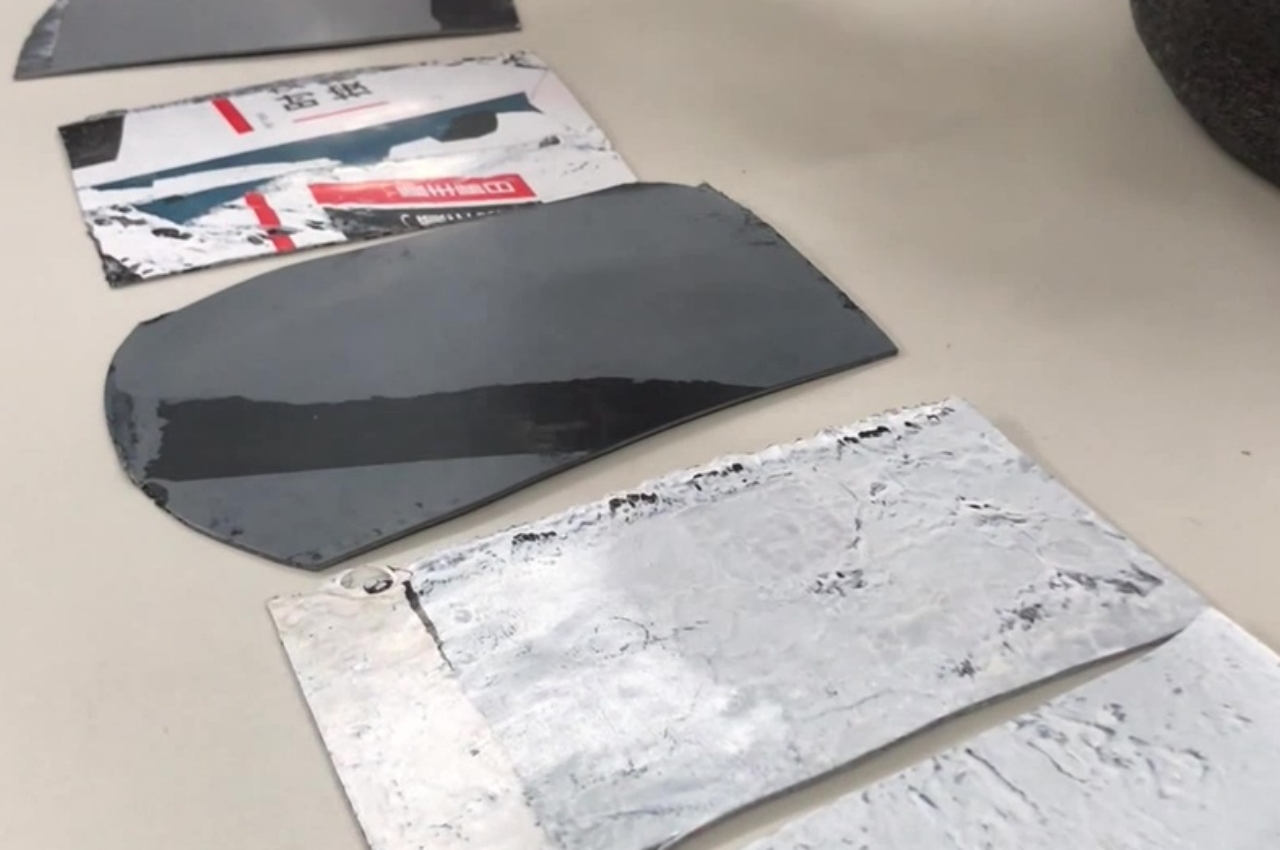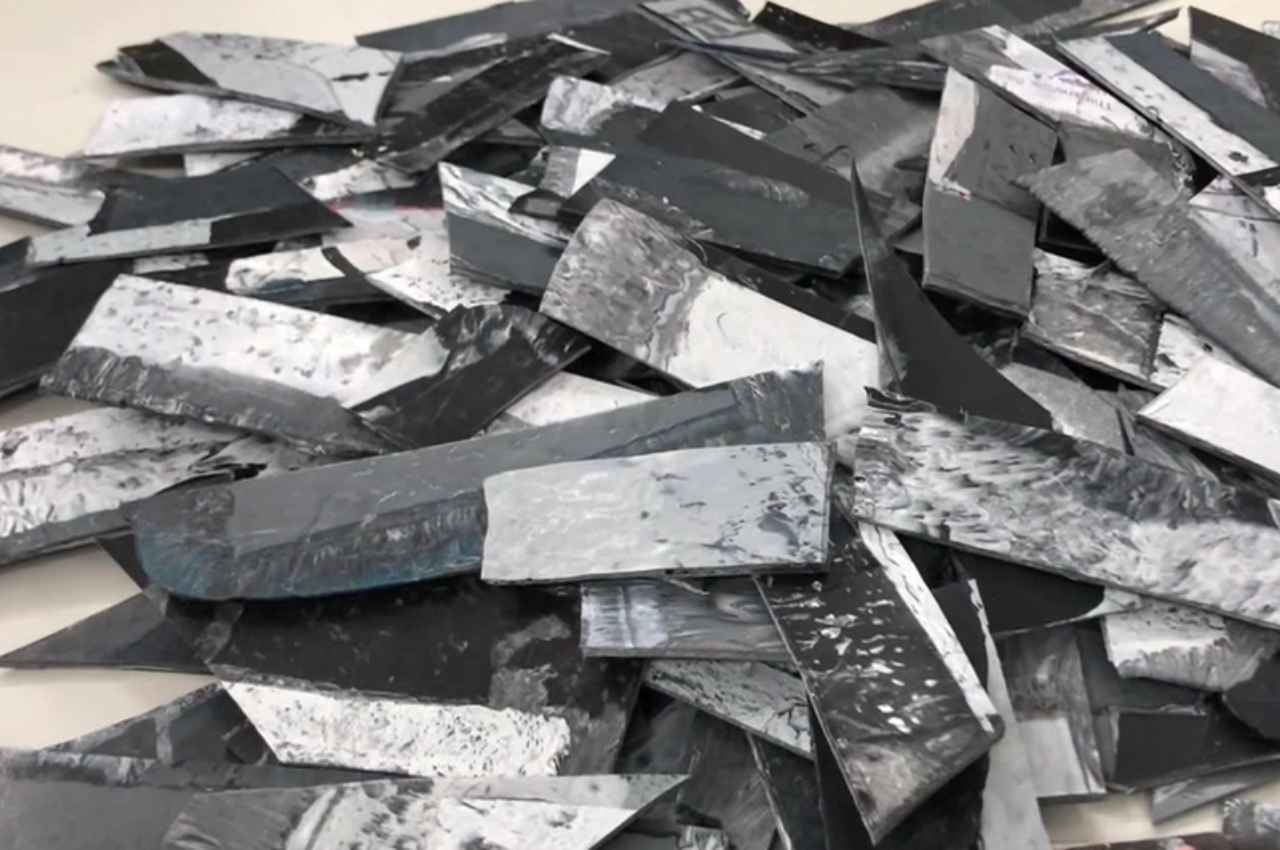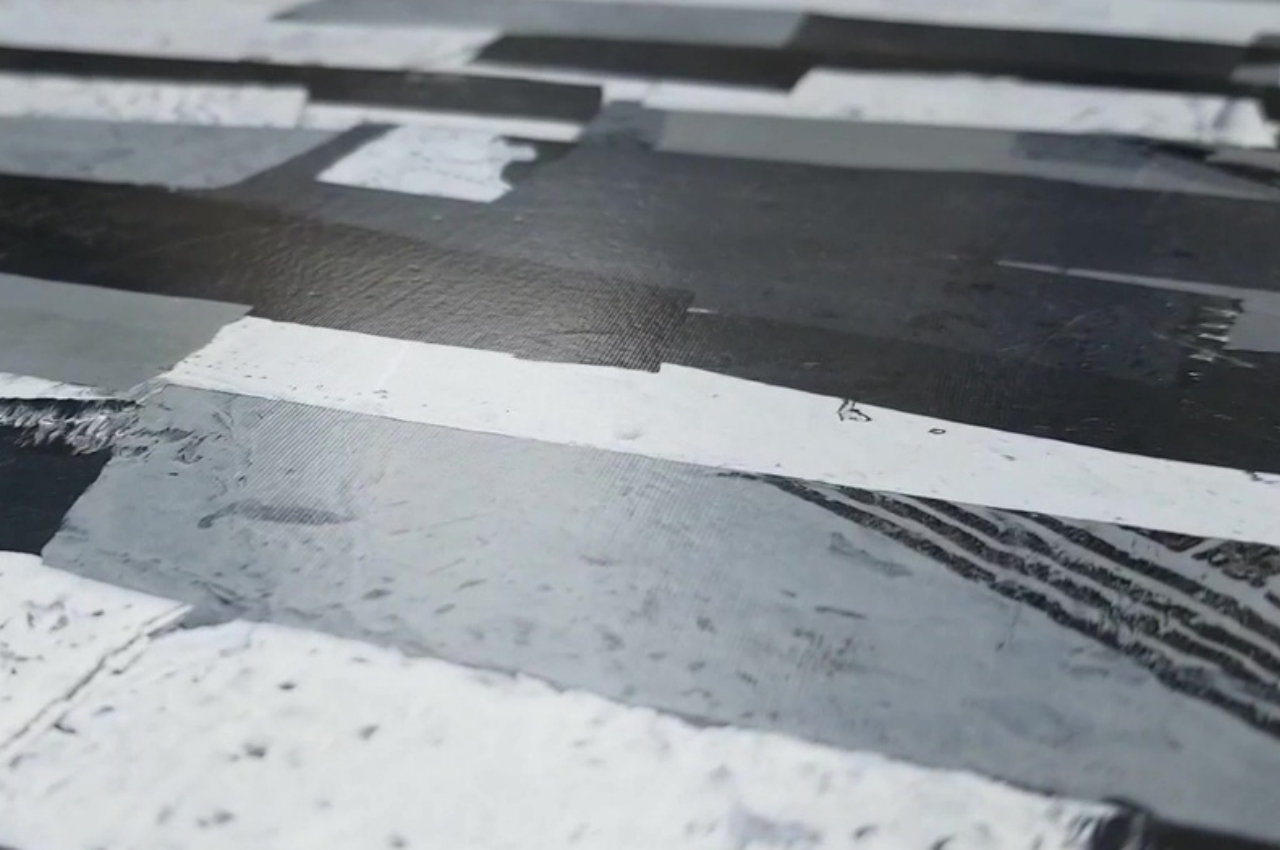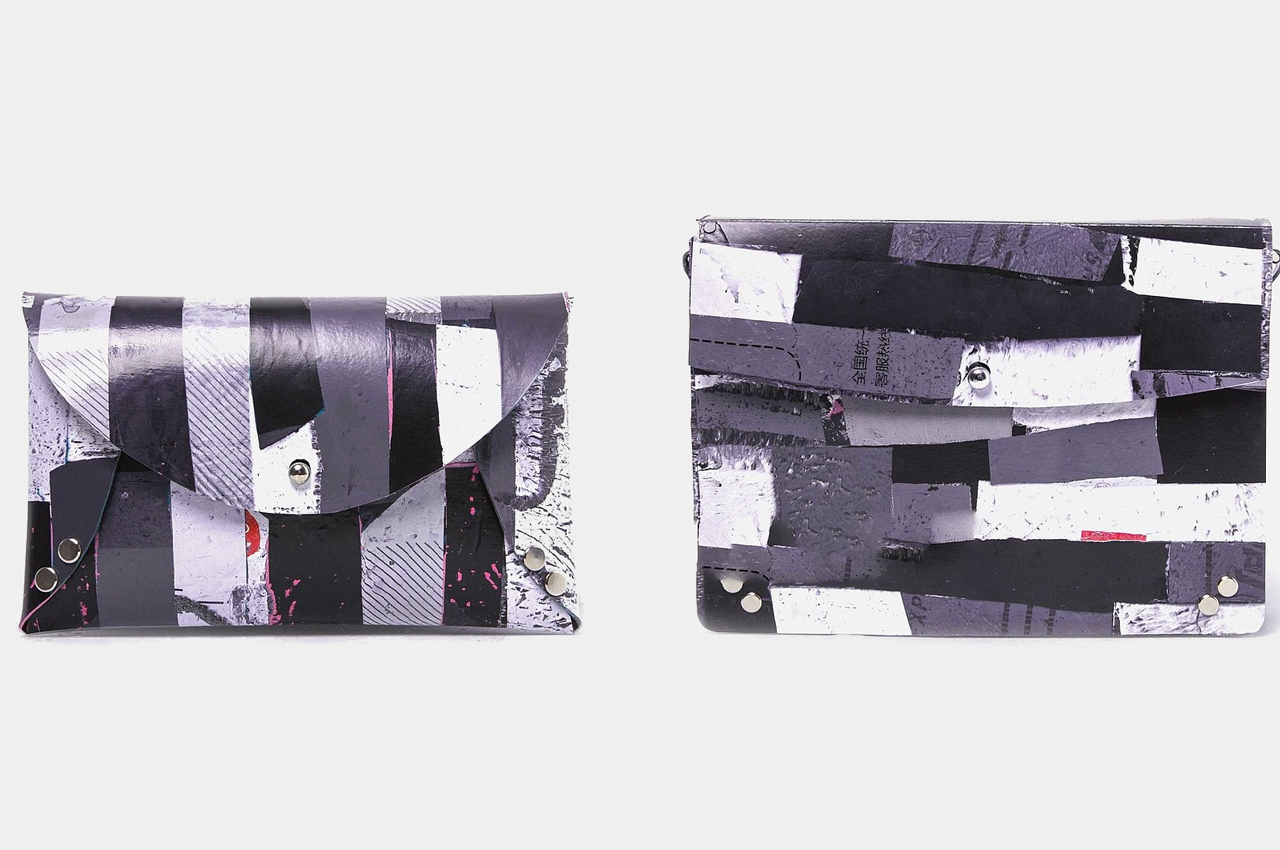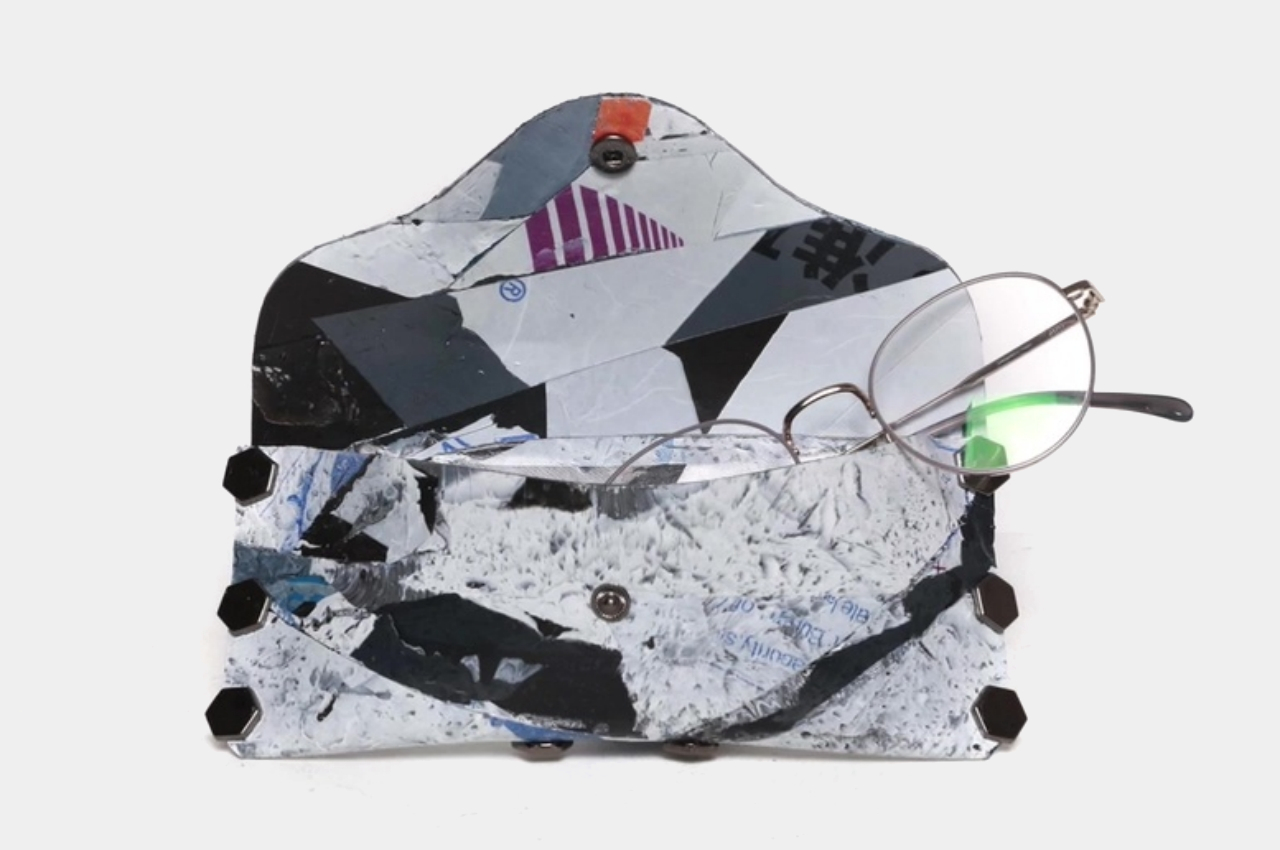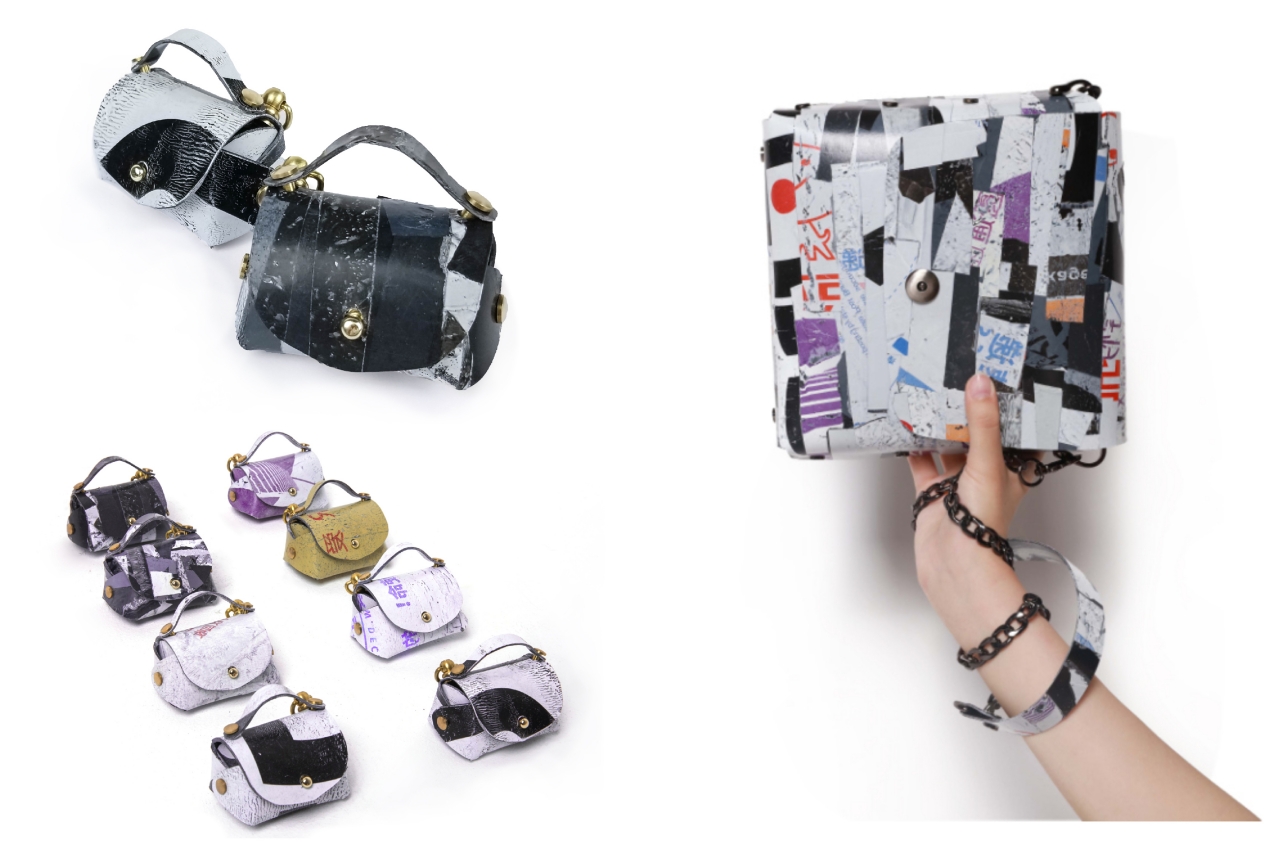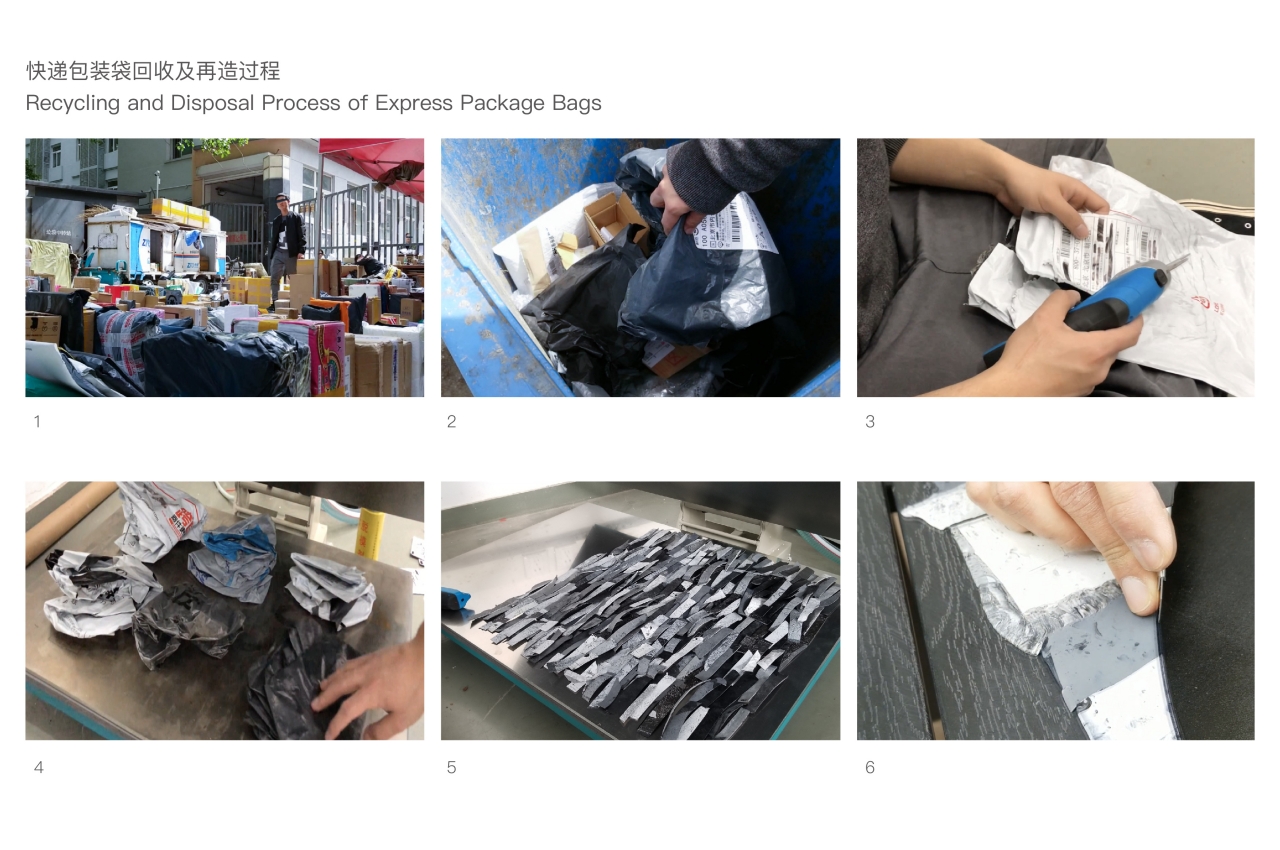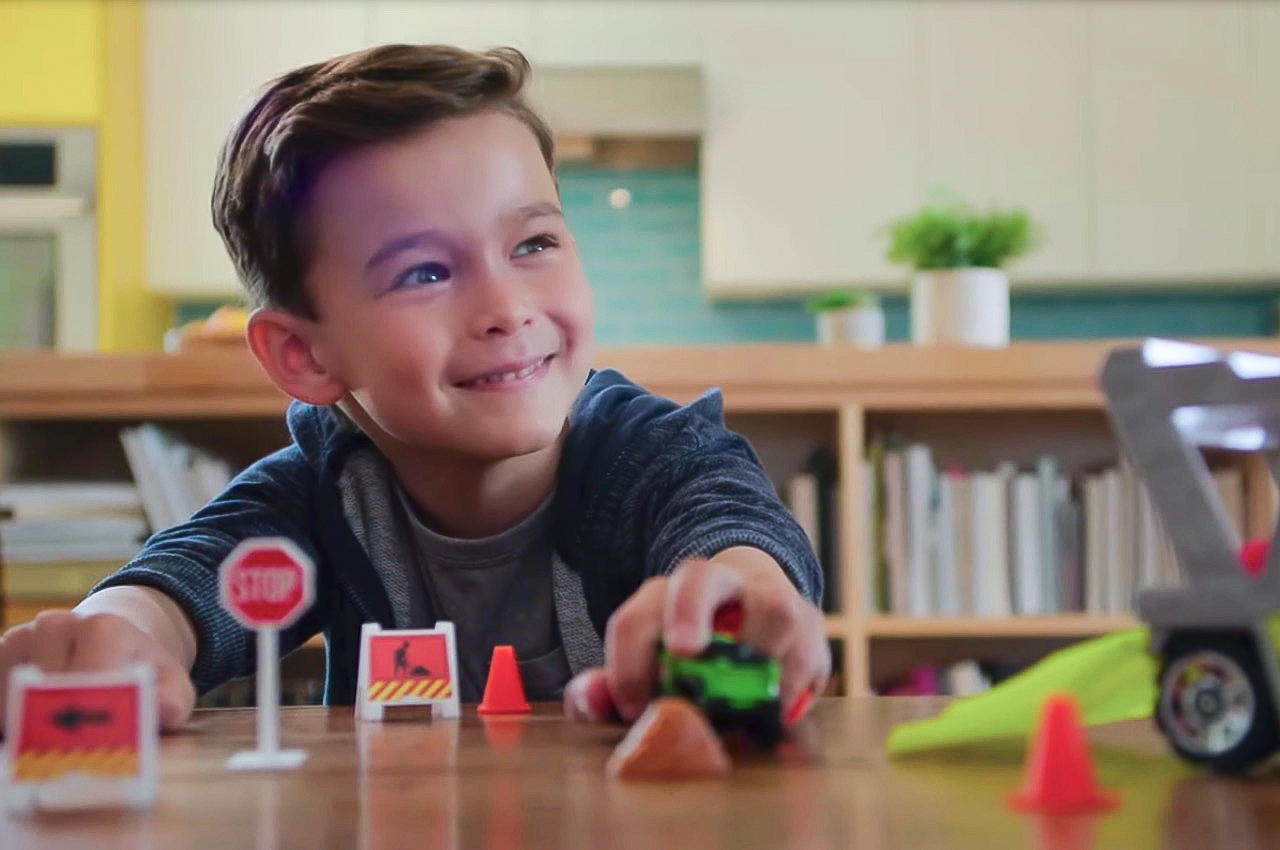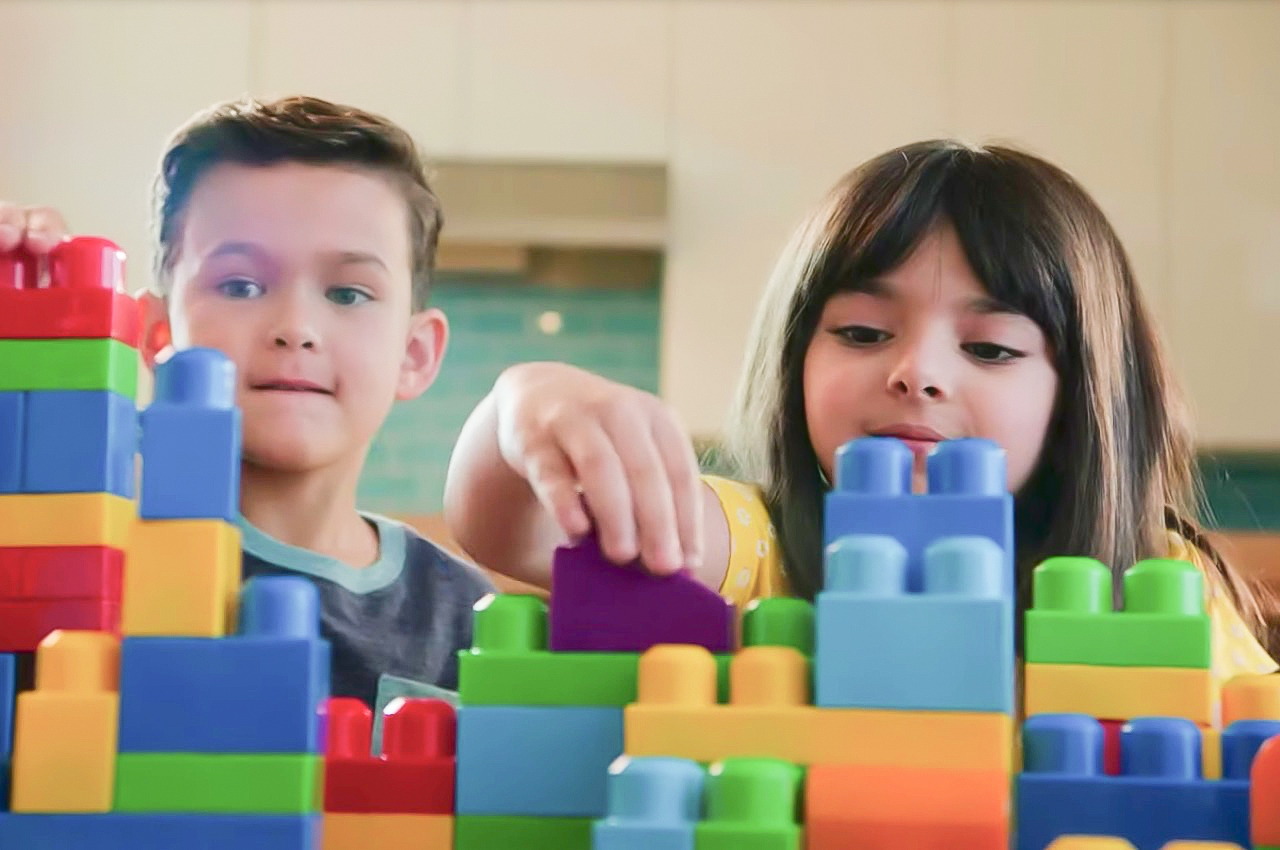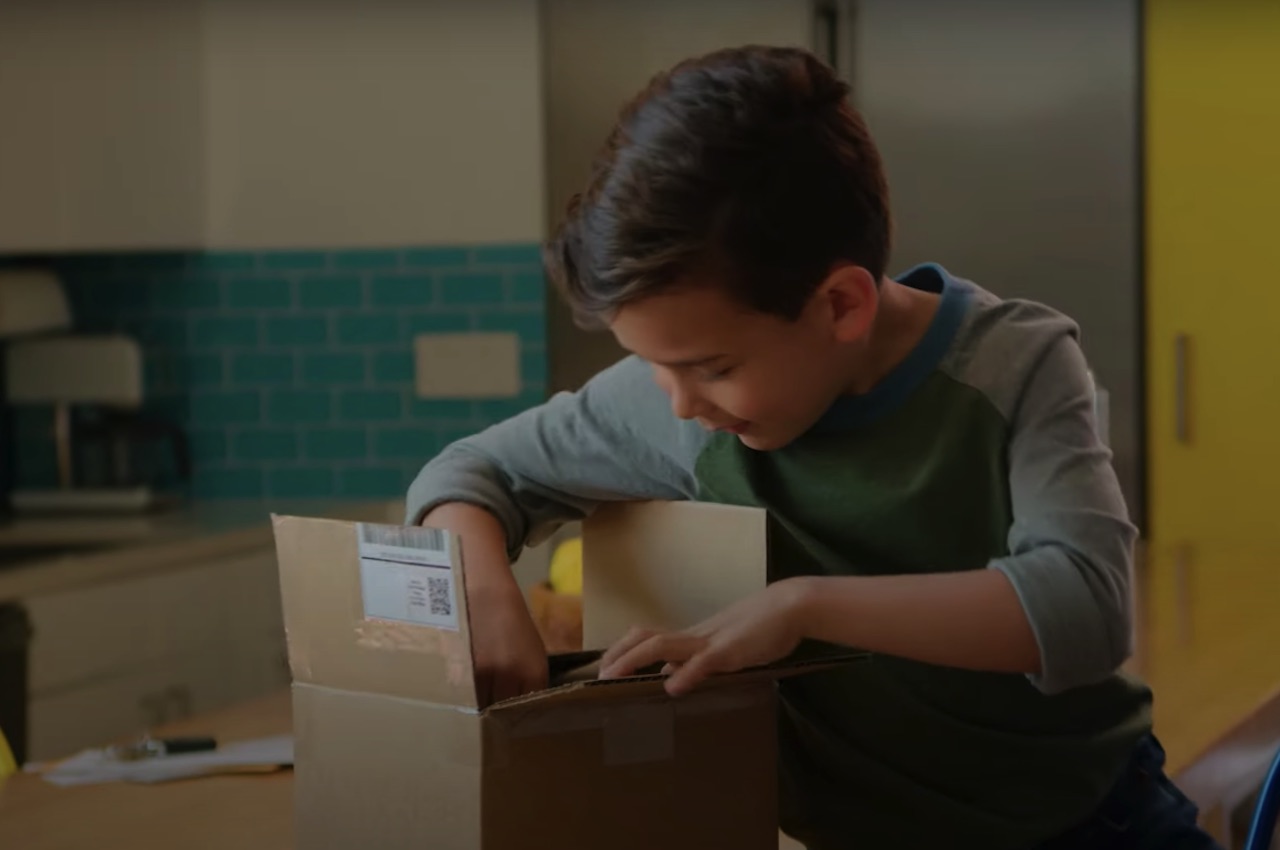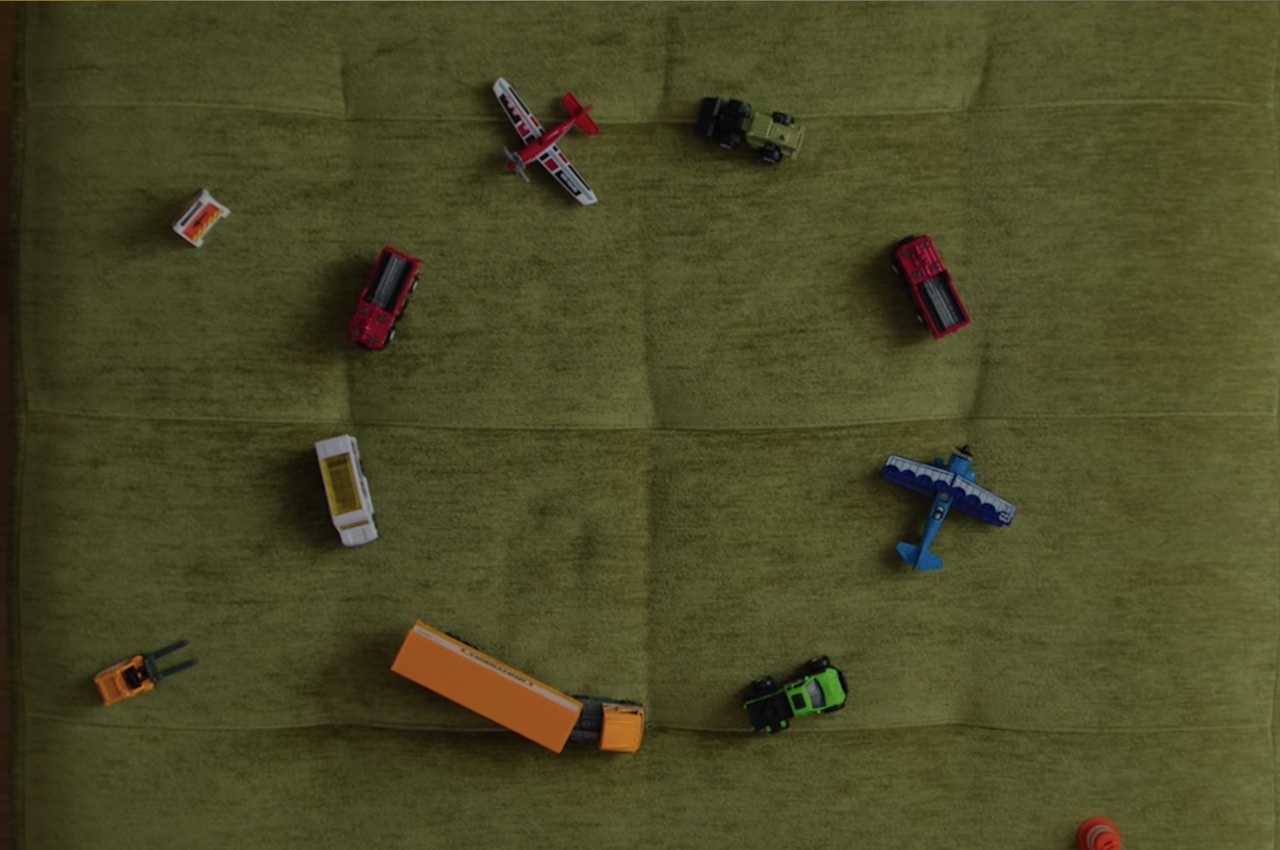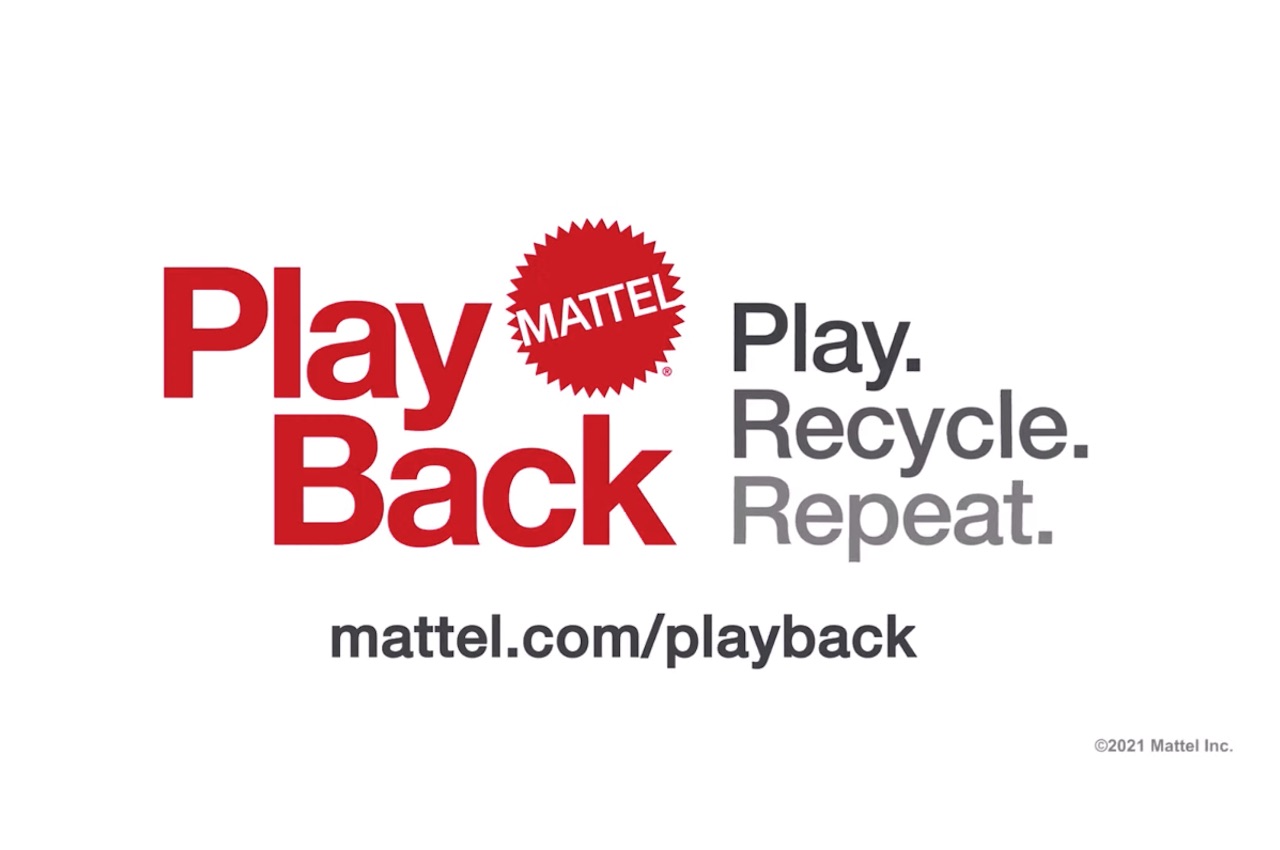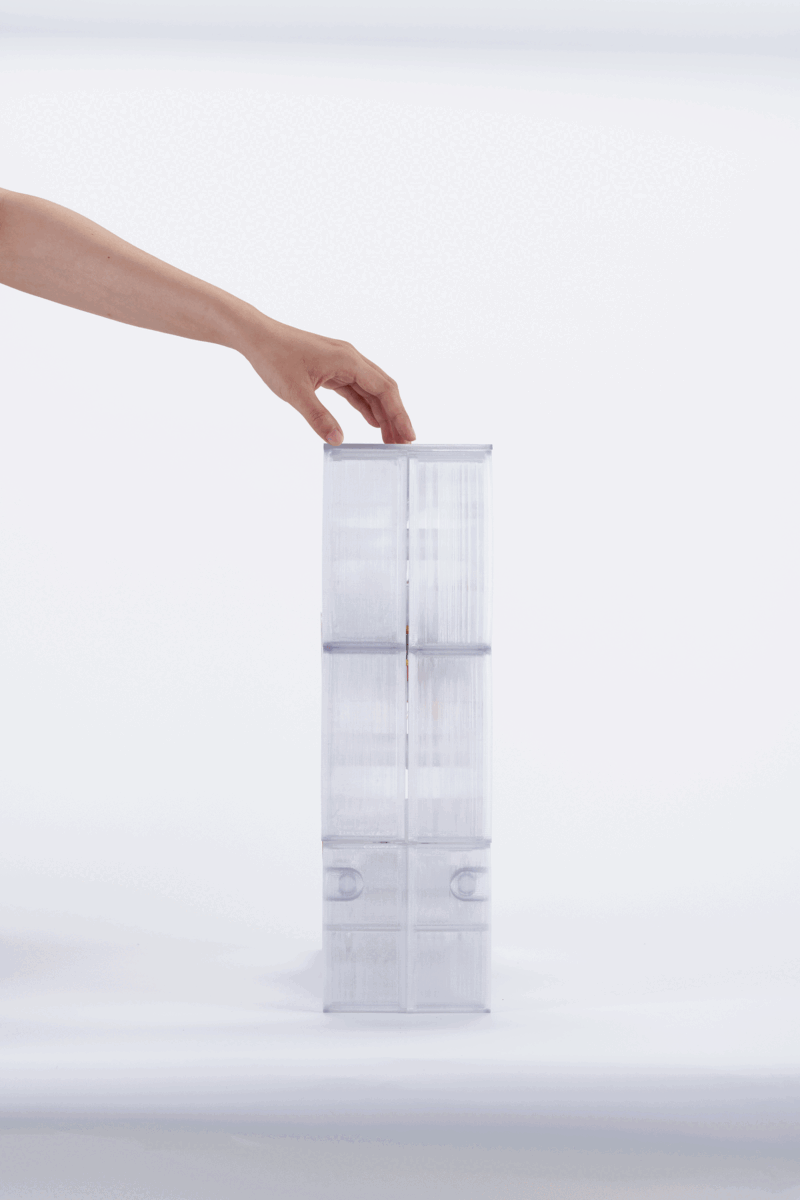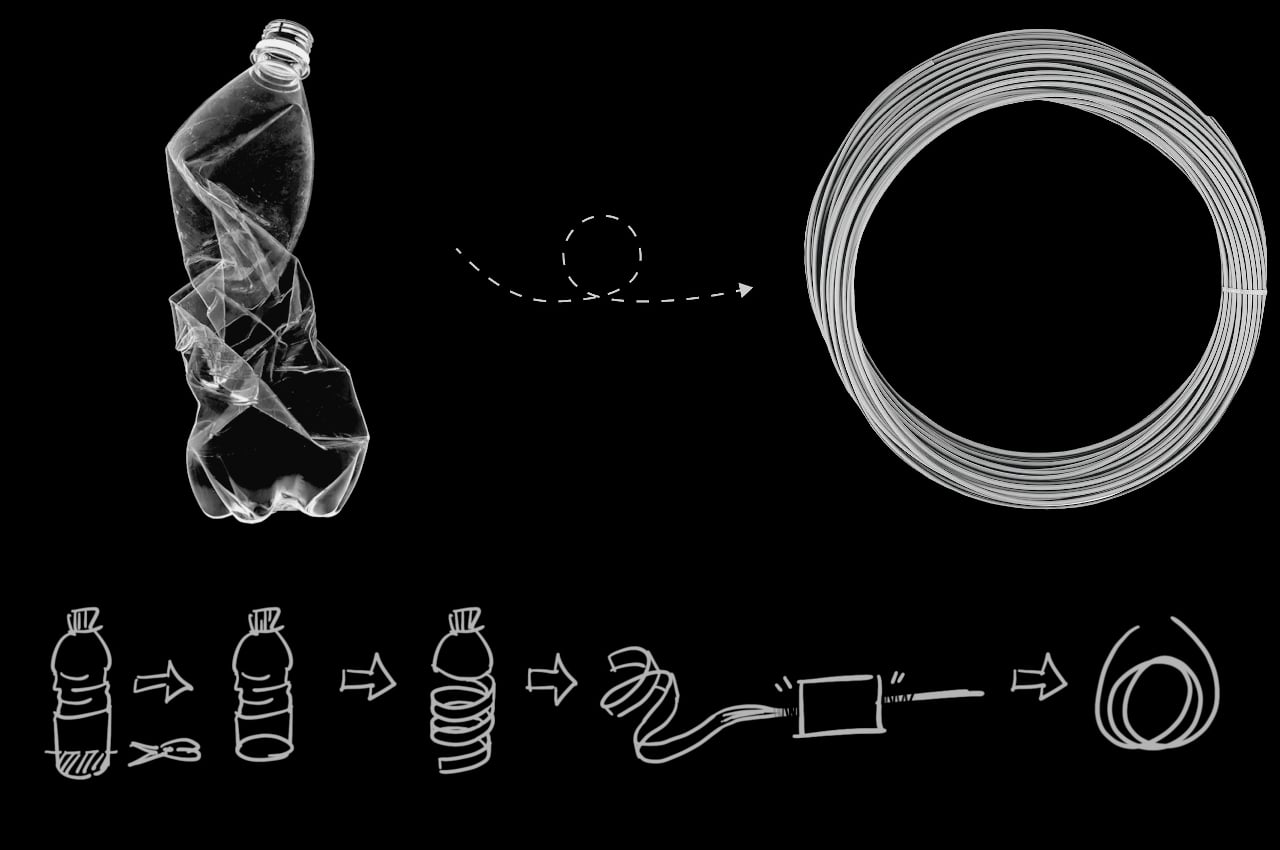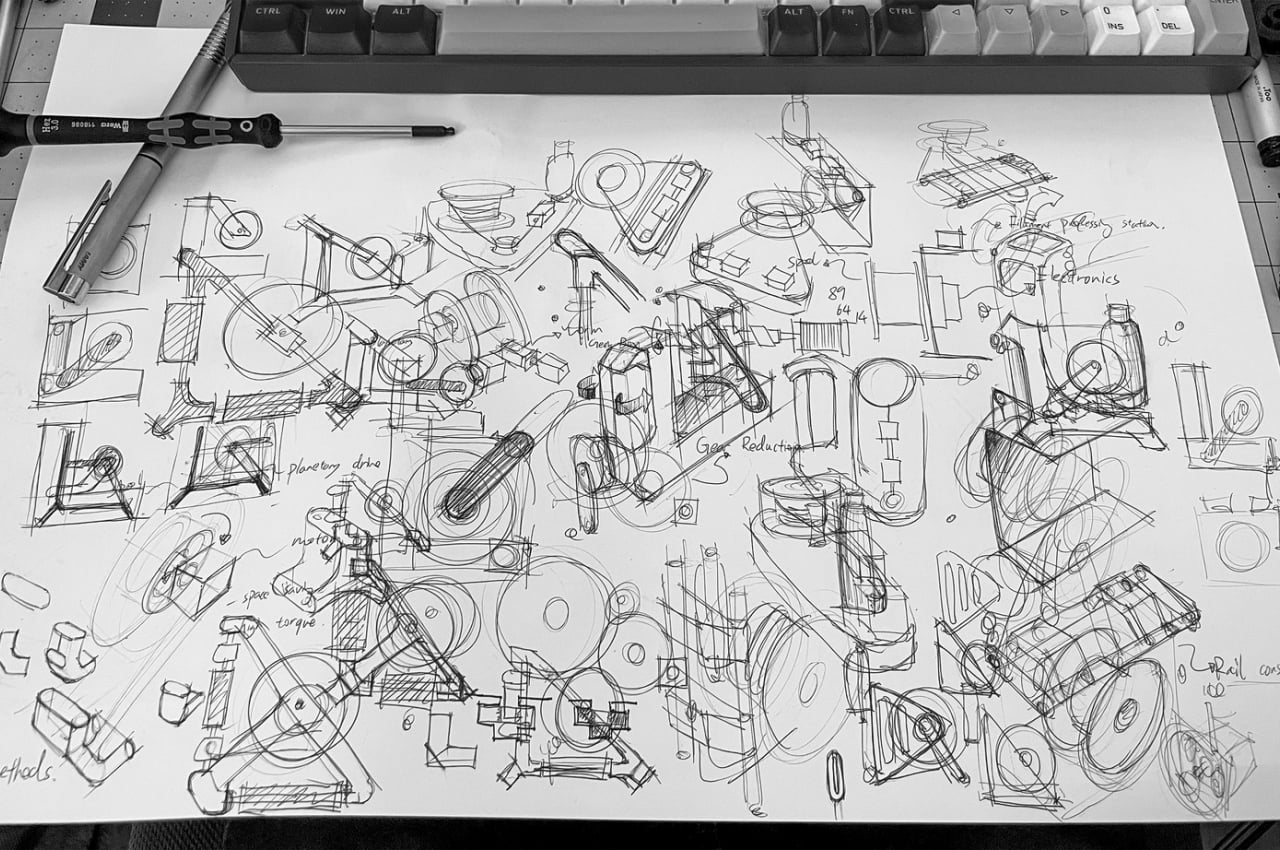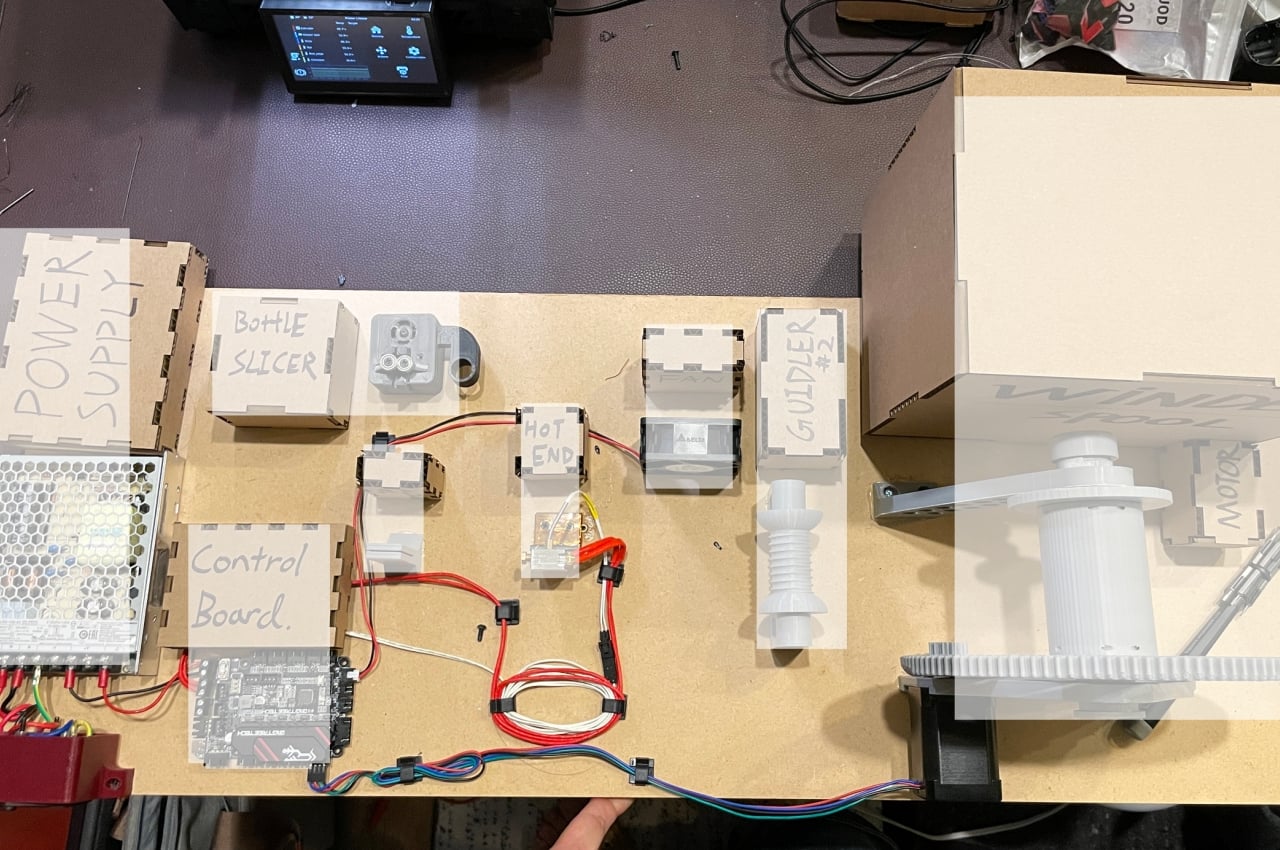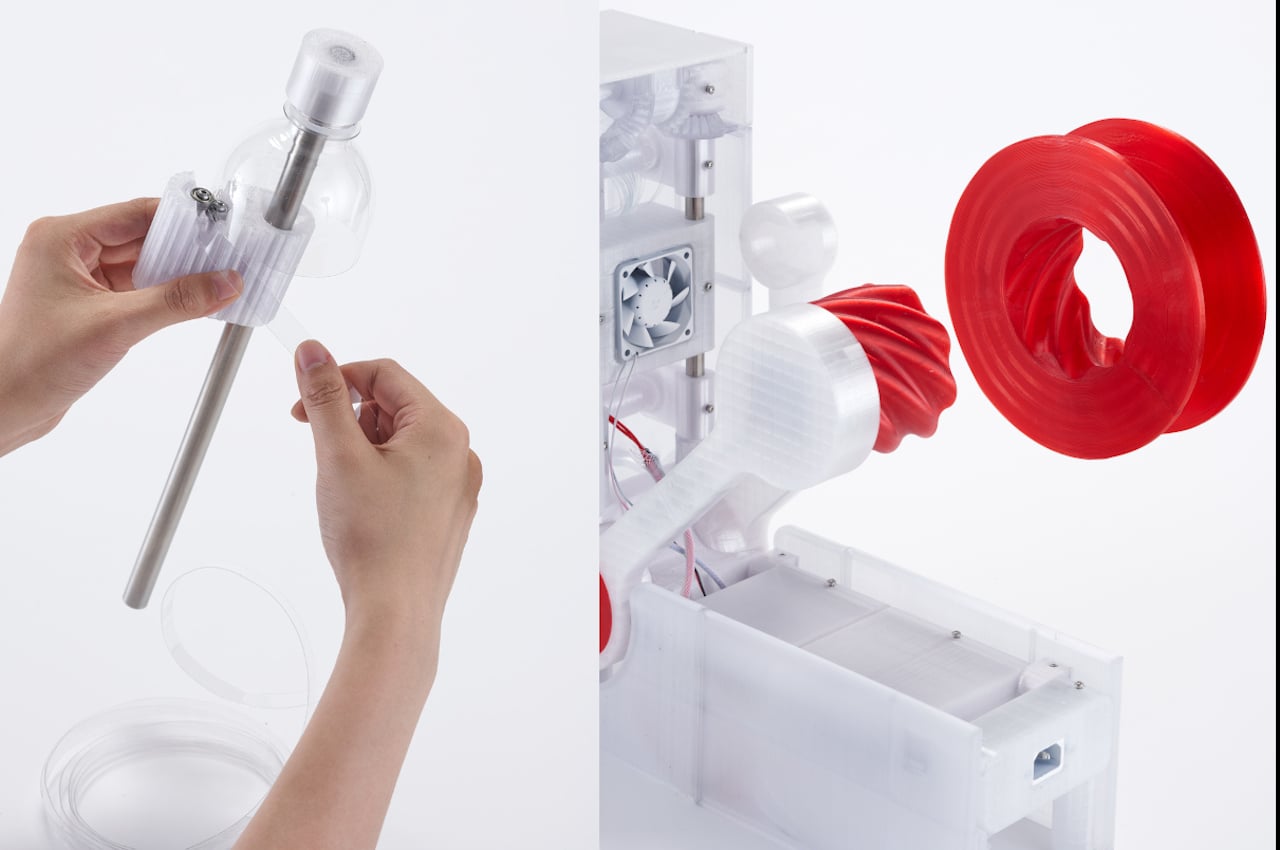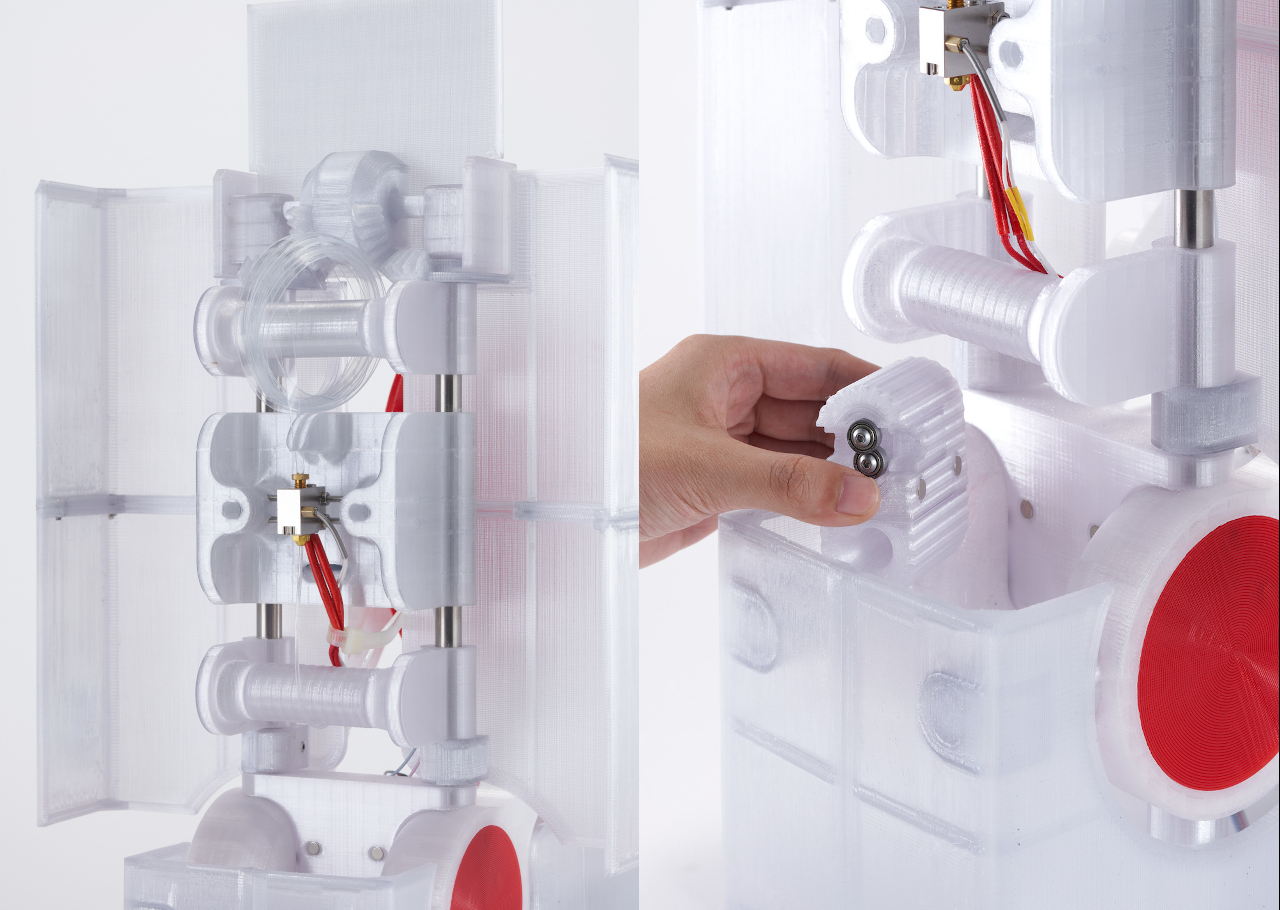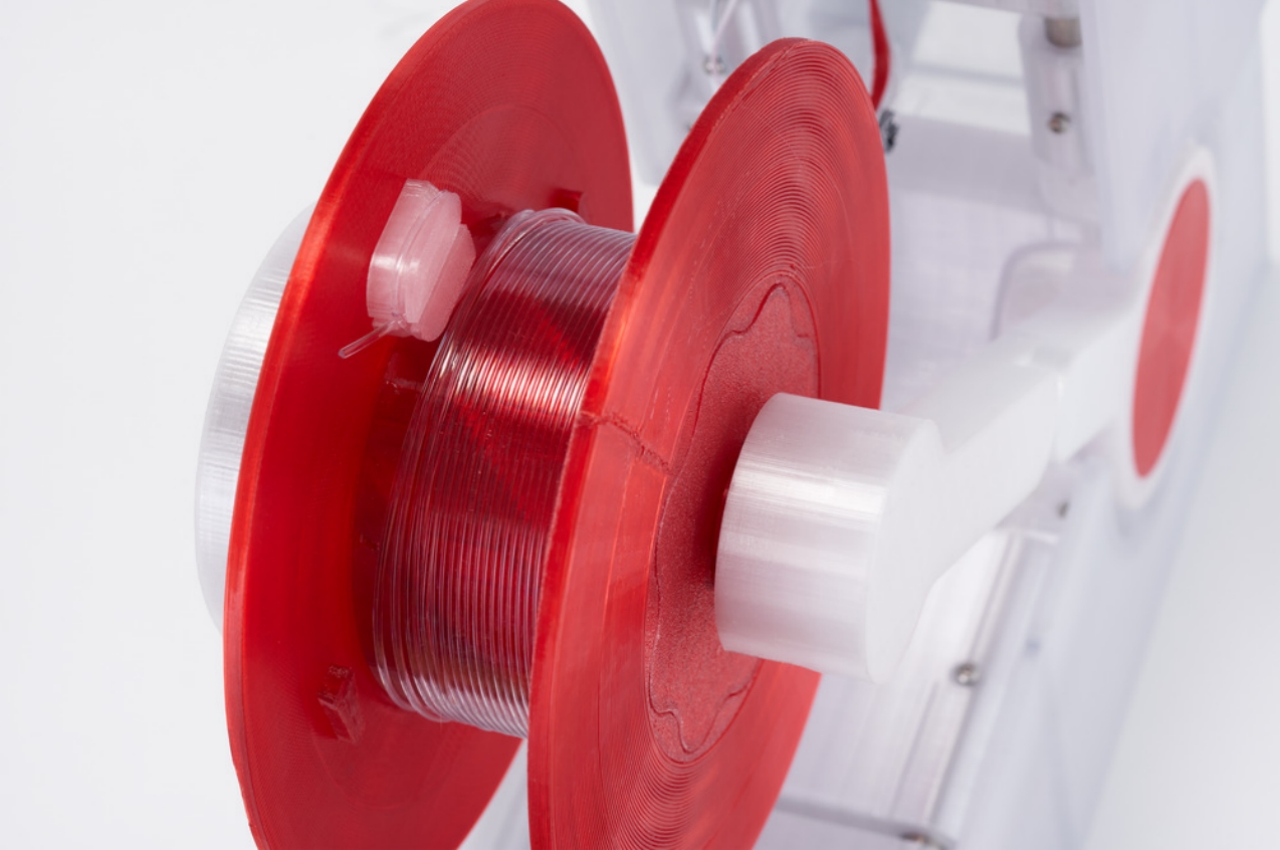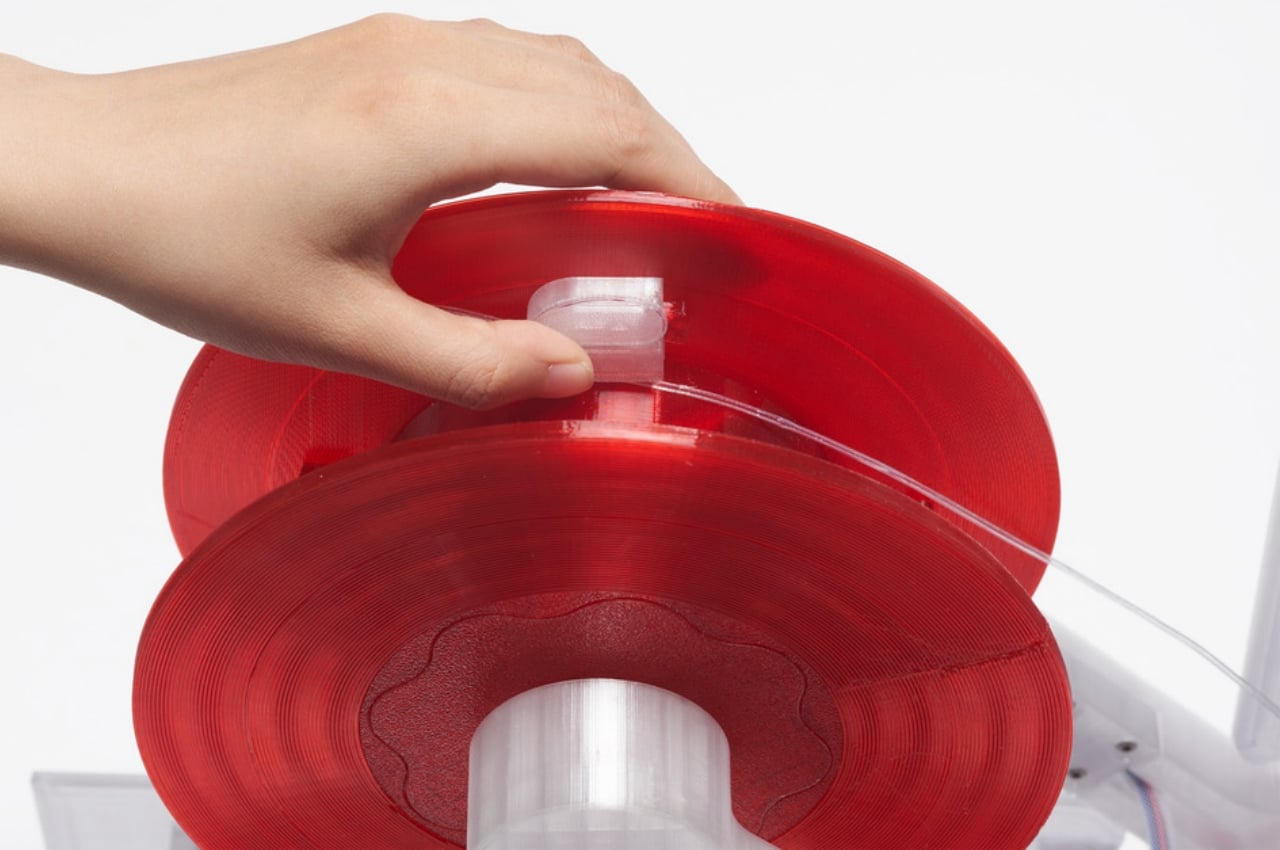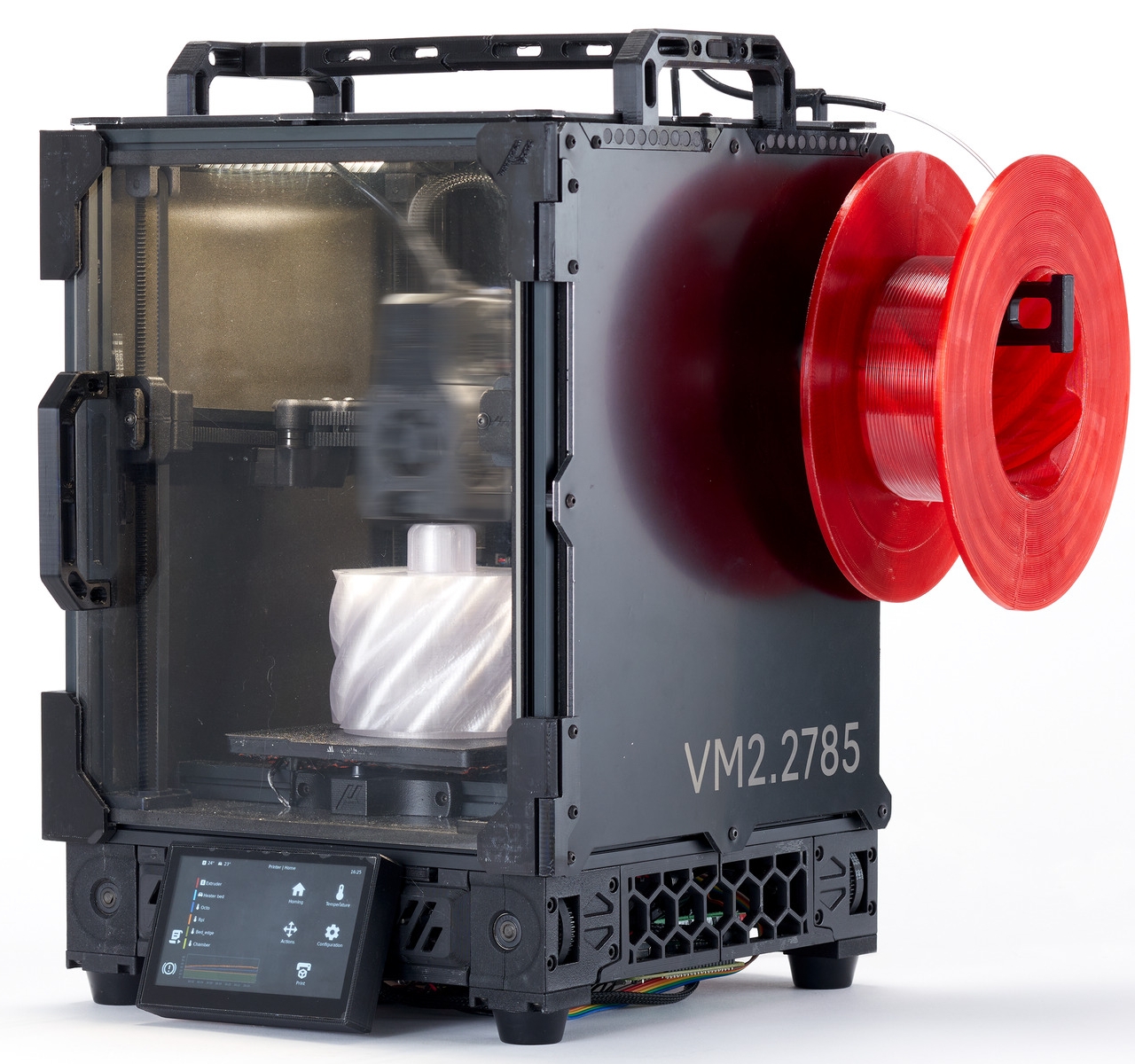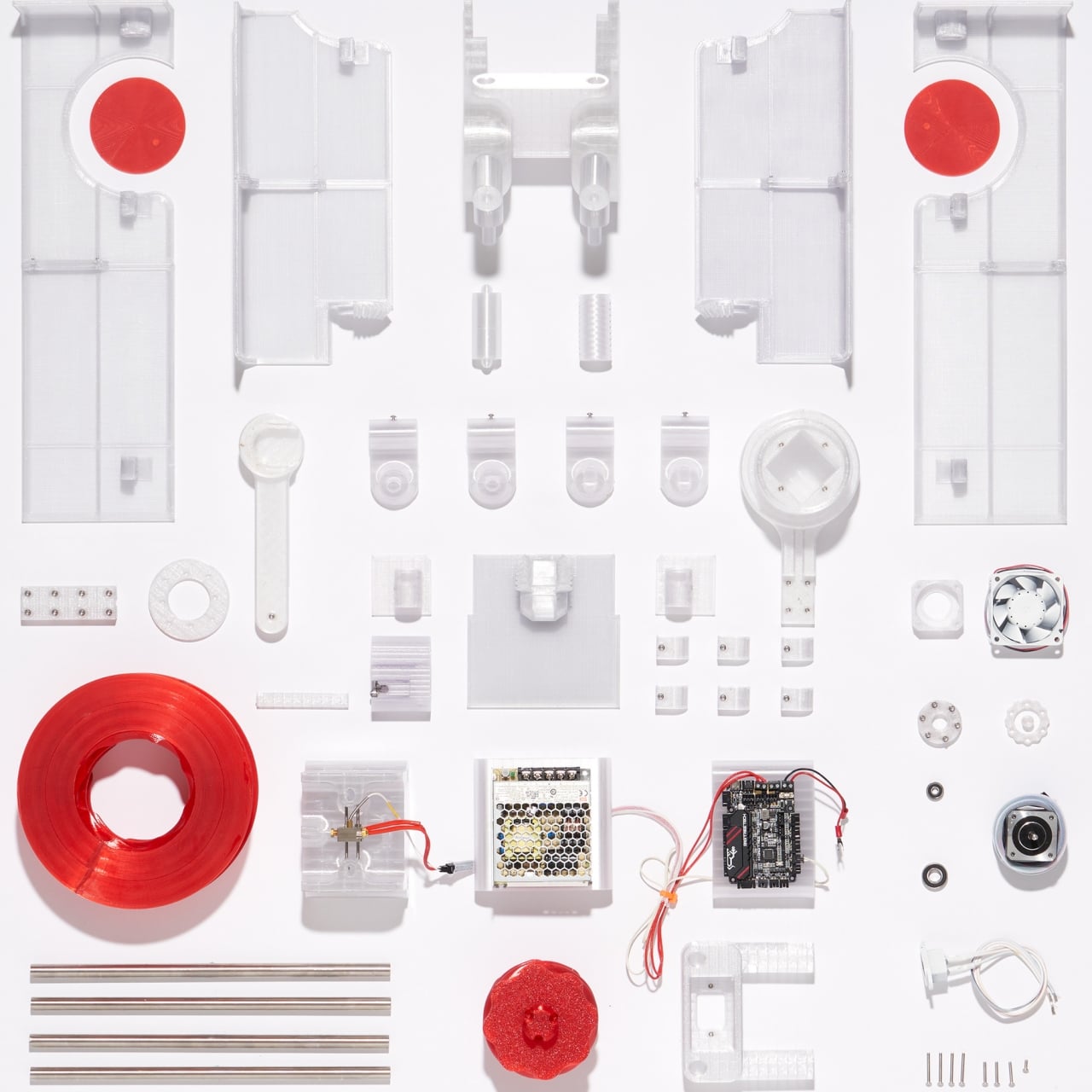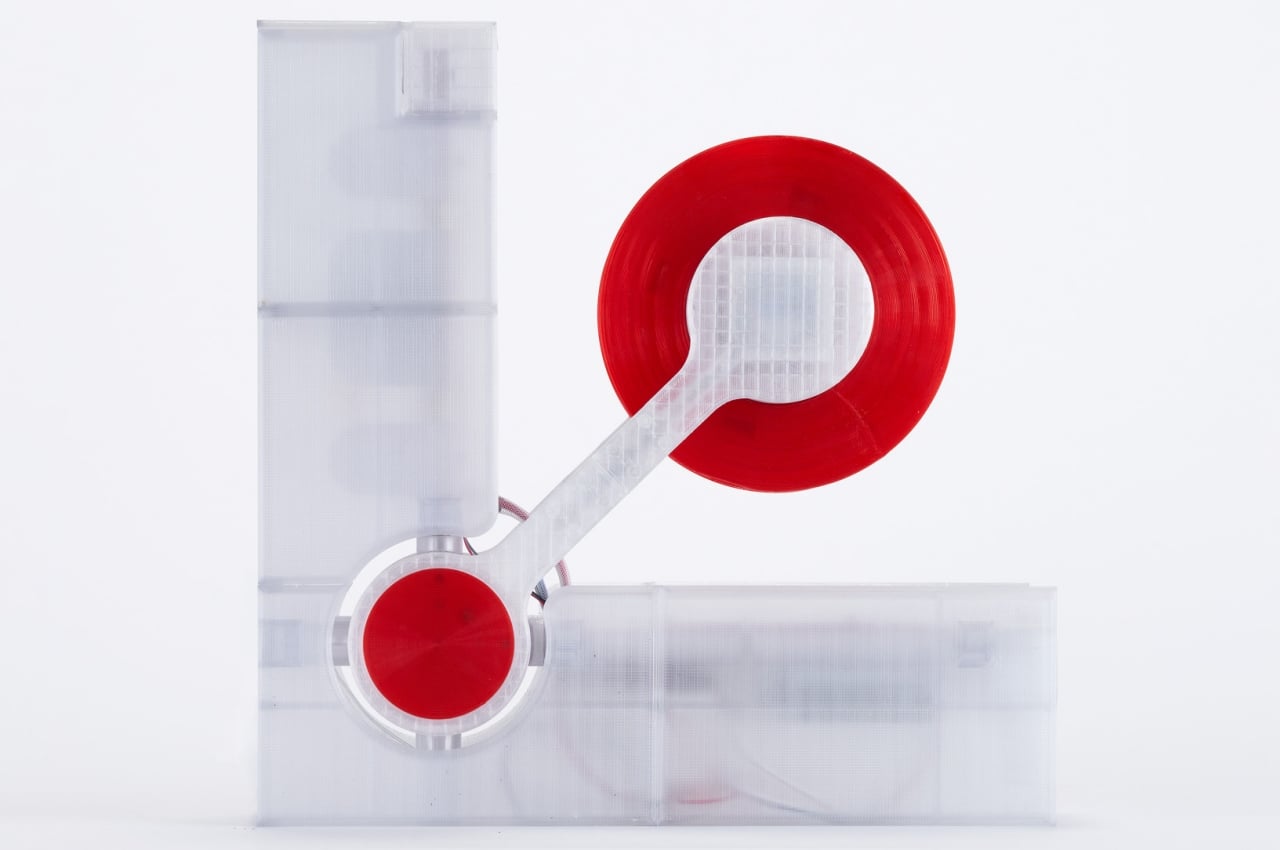For people who like saving things up like plastic bags and other single-use bags for future use, chances are you actually won’t be using more than half of them anytime soon. You end up having a lot of plastic bags inside other plastic bags until you finally decide to get rid of them, therefore adding up to all the plastic pollution if you don’t bring it to a recycling center. Not all places have a center nearby so they most likely end up in the trash and don’t get recycled. What if you had a machine in your house that can help you take a convenient first step in the recycling process?
Designer: Clear Drop


That’s the idea behind the Soft Plastic Compactor, a machine that is meant for houses or small buildings that turn these plastic bags and other soft plastics into bricks. These bricks can then be stored and eventually brought to recycling centers where they will be broken apart and then sorted and eventually be recycled. Turning them into bricks will make it easier to transport and turned over to those who actually know how to further recycle these materials.


The SPC looks like a trash compactor and should not take up that much space in your kitchen or wherever you sort your trash. It’s also pretty easy to use as you just need to feed in the plastic bags and other soft plastics into the machine and it will then turn them into a solid cube. What actually holds them together is a thin layer of melted plastic. The final product look like just any other bricks expect that it’s made from plastic. There’s no other use for the bricks except to bring to these recycled centers.



Clear Drop says that they will be working with recycling facilities first to help them understand how they can break open these bricks. They will not be selling the Soft Plastic Compactors without the participation of said facilities. They also assured users that there will not be any unhealthy fumes that do not meet the safety regulations. This is a handy device to have if you have a lot of plastic or you regularly have them at your home.

The post This ordinary looking gadget transforms plastic bags and soft plastics into bricks first appeared on Yanko Design.
